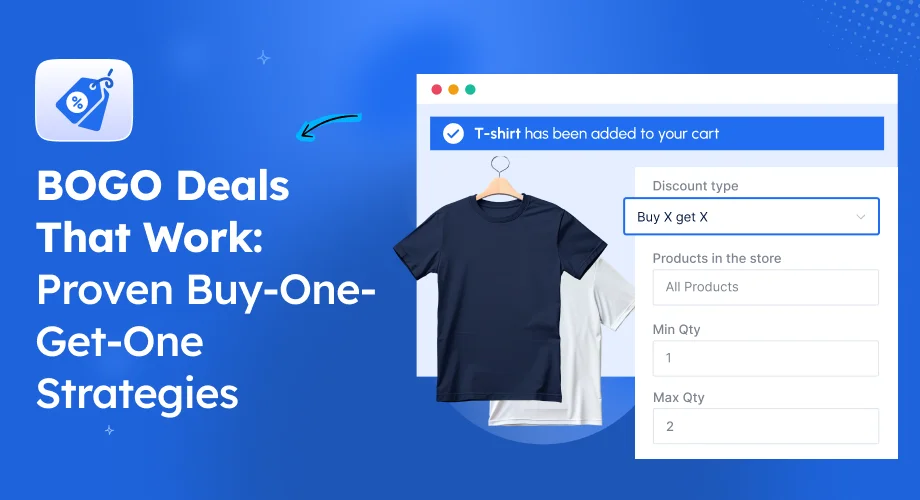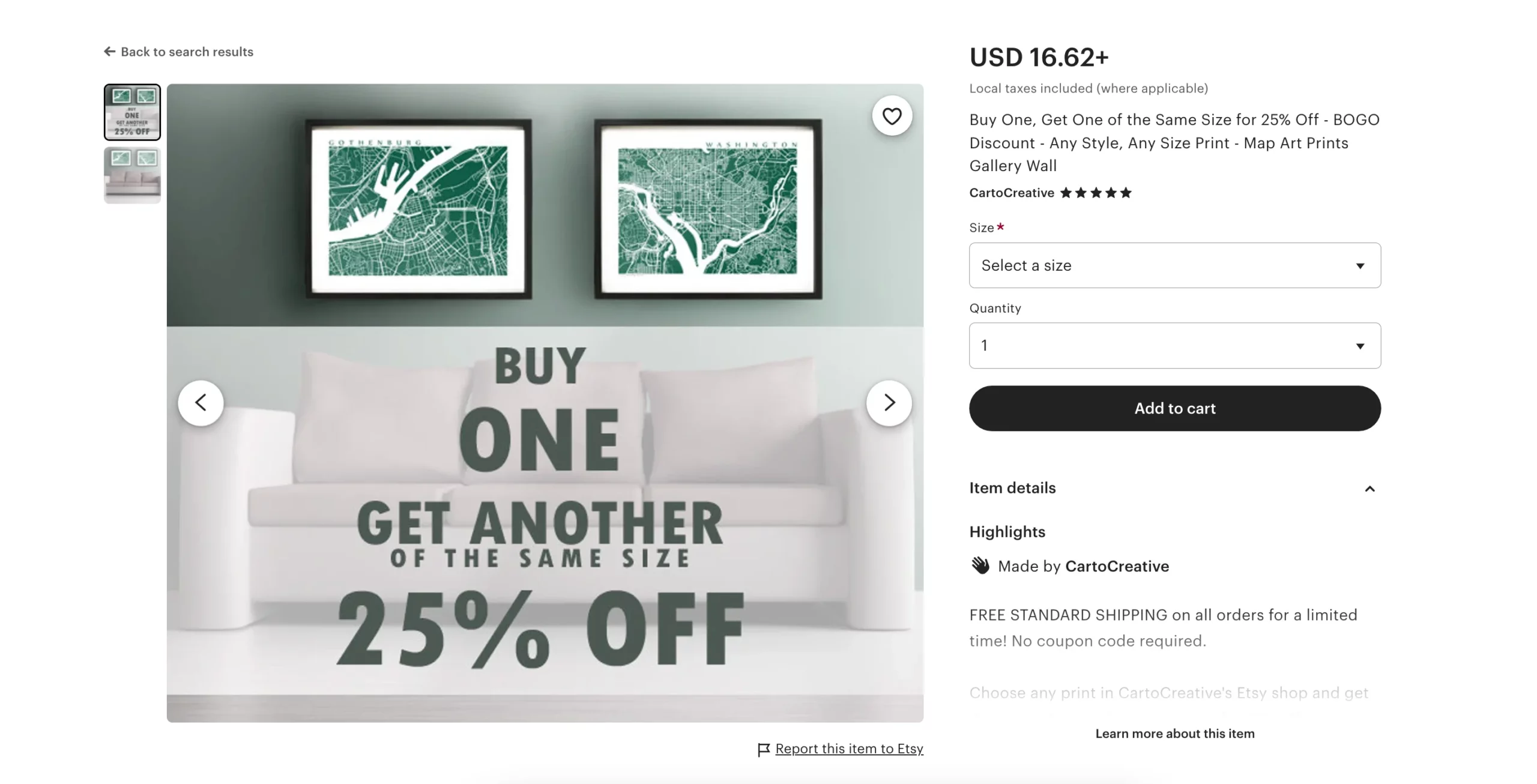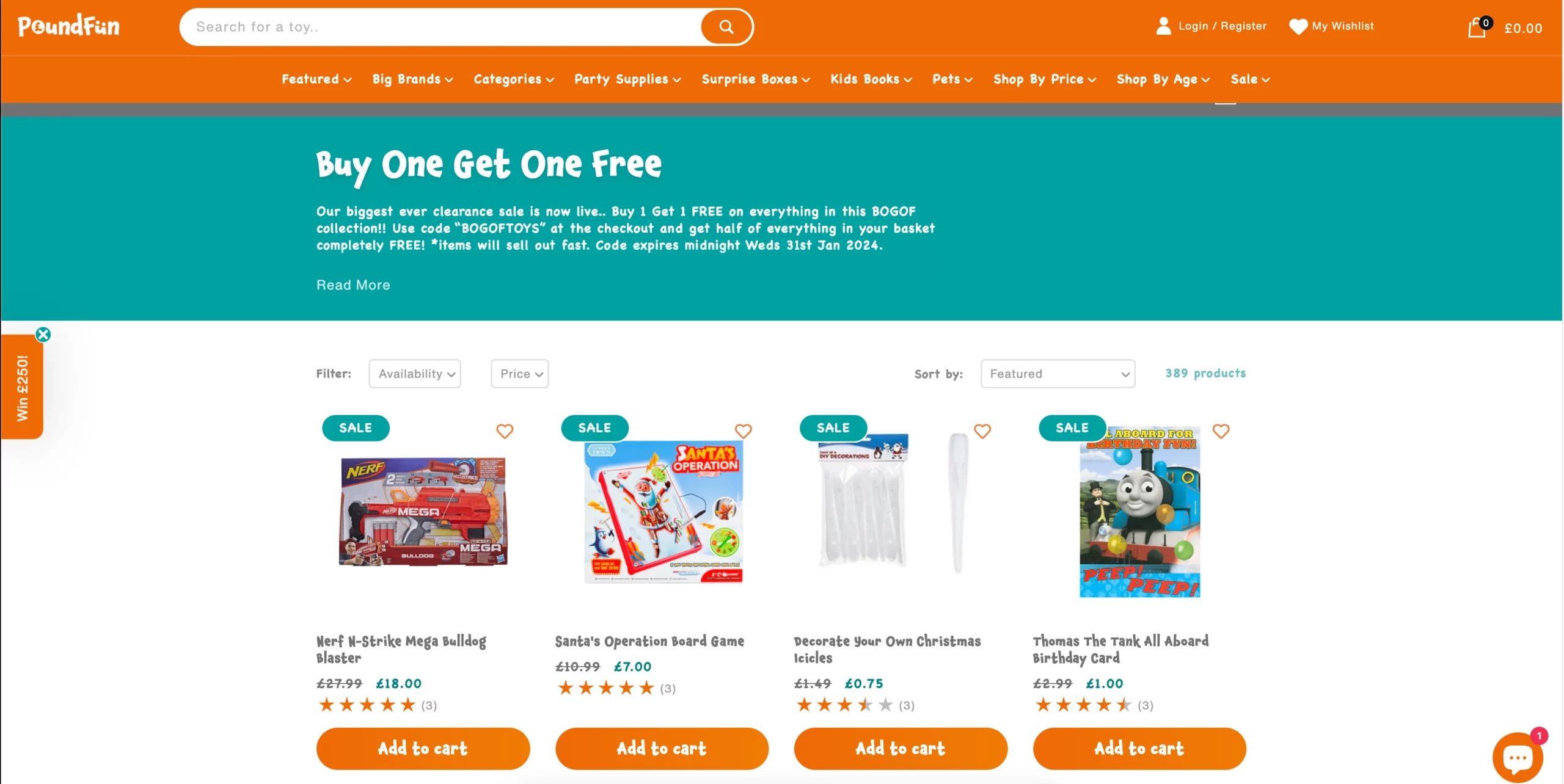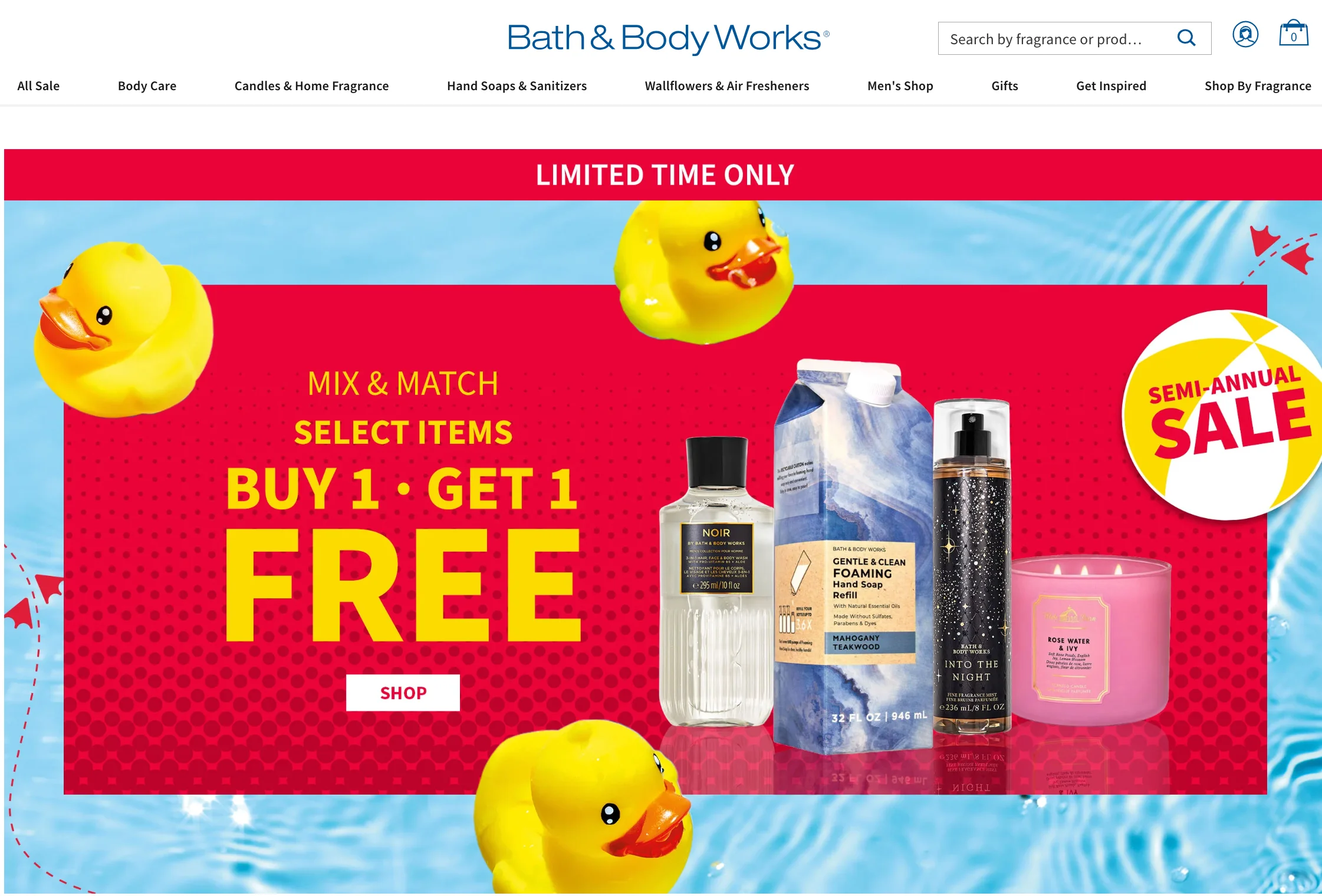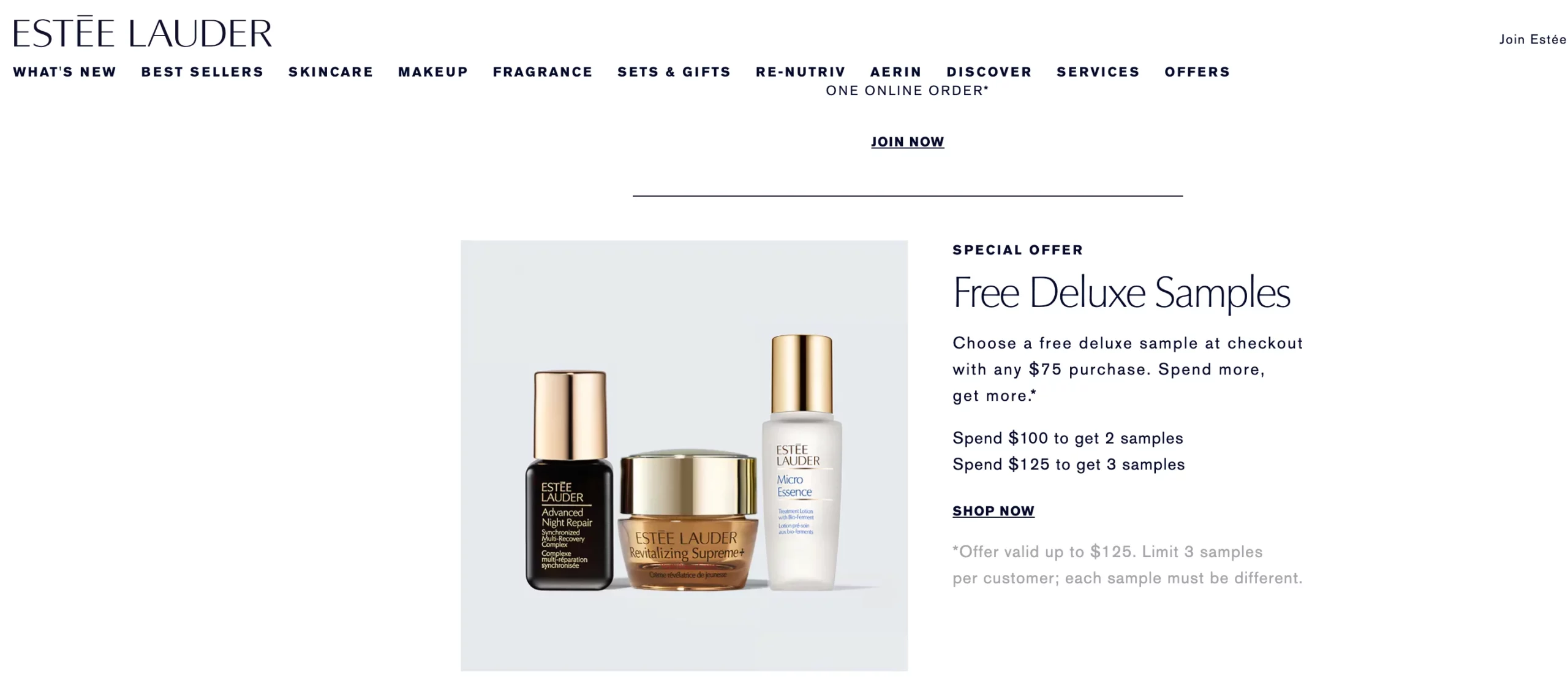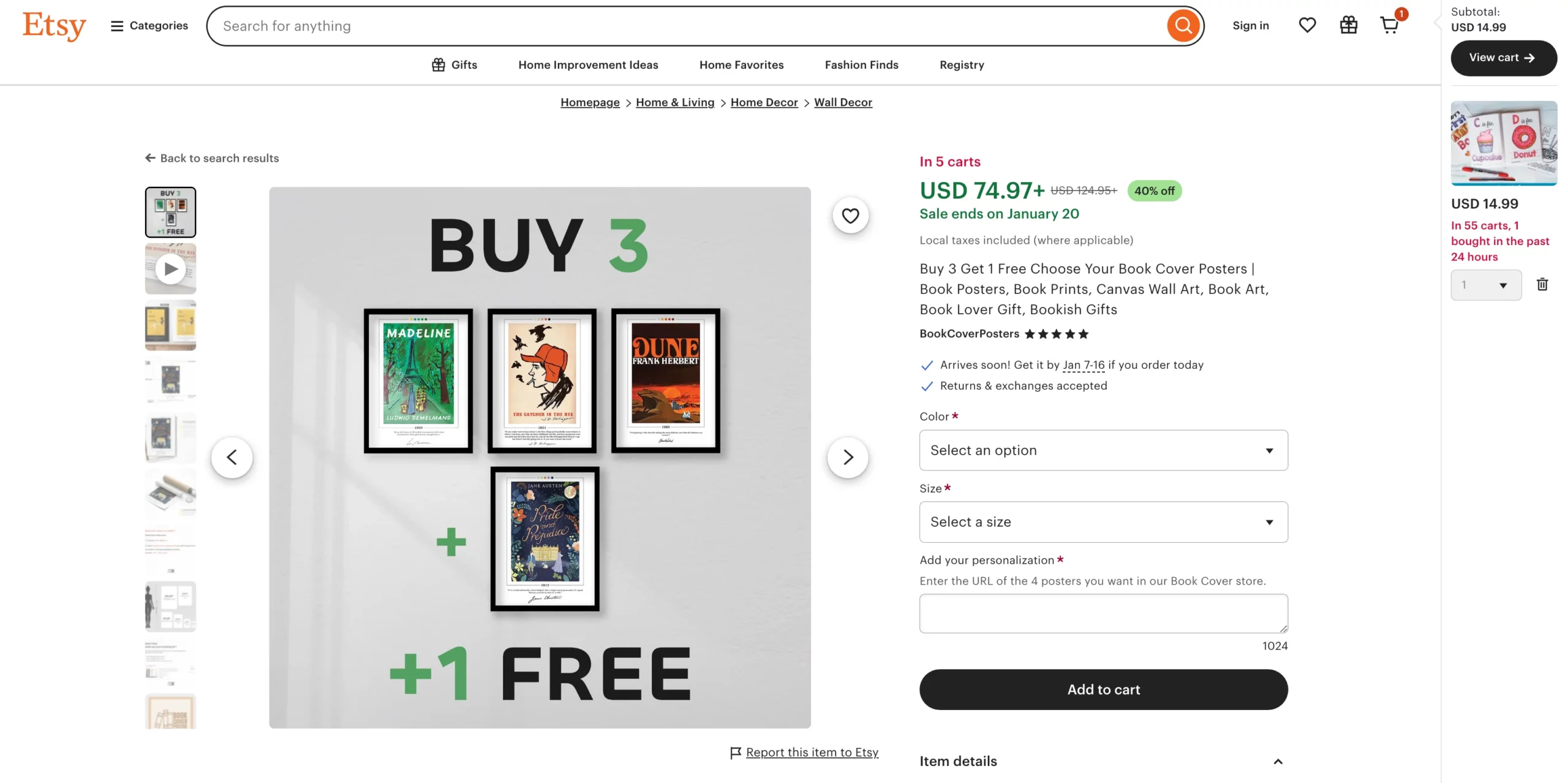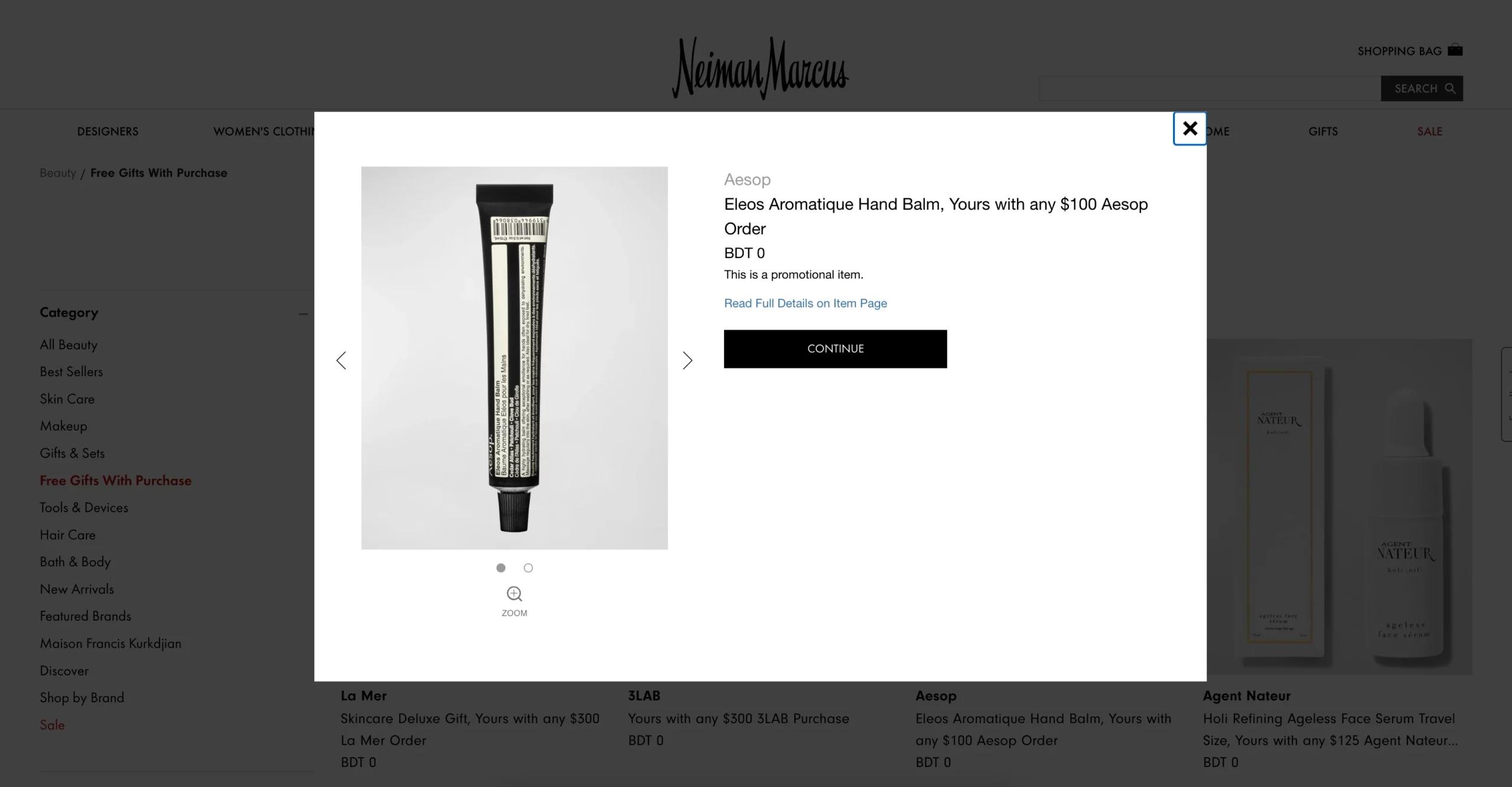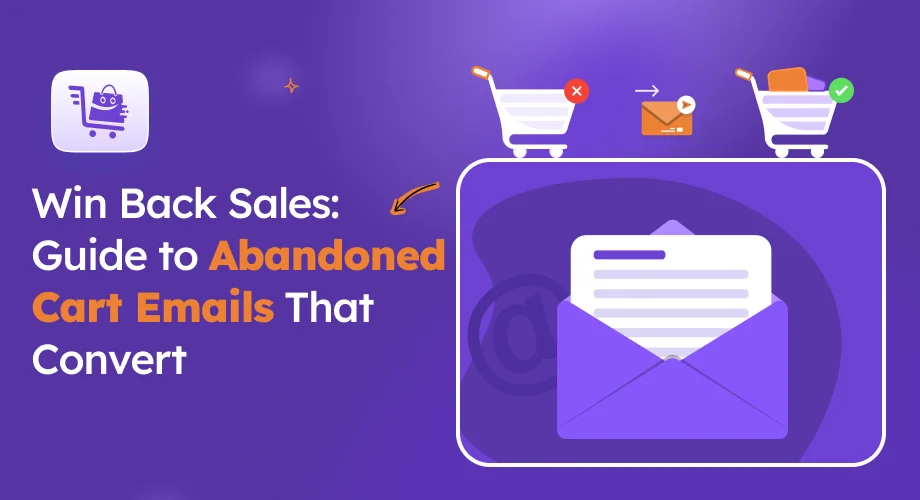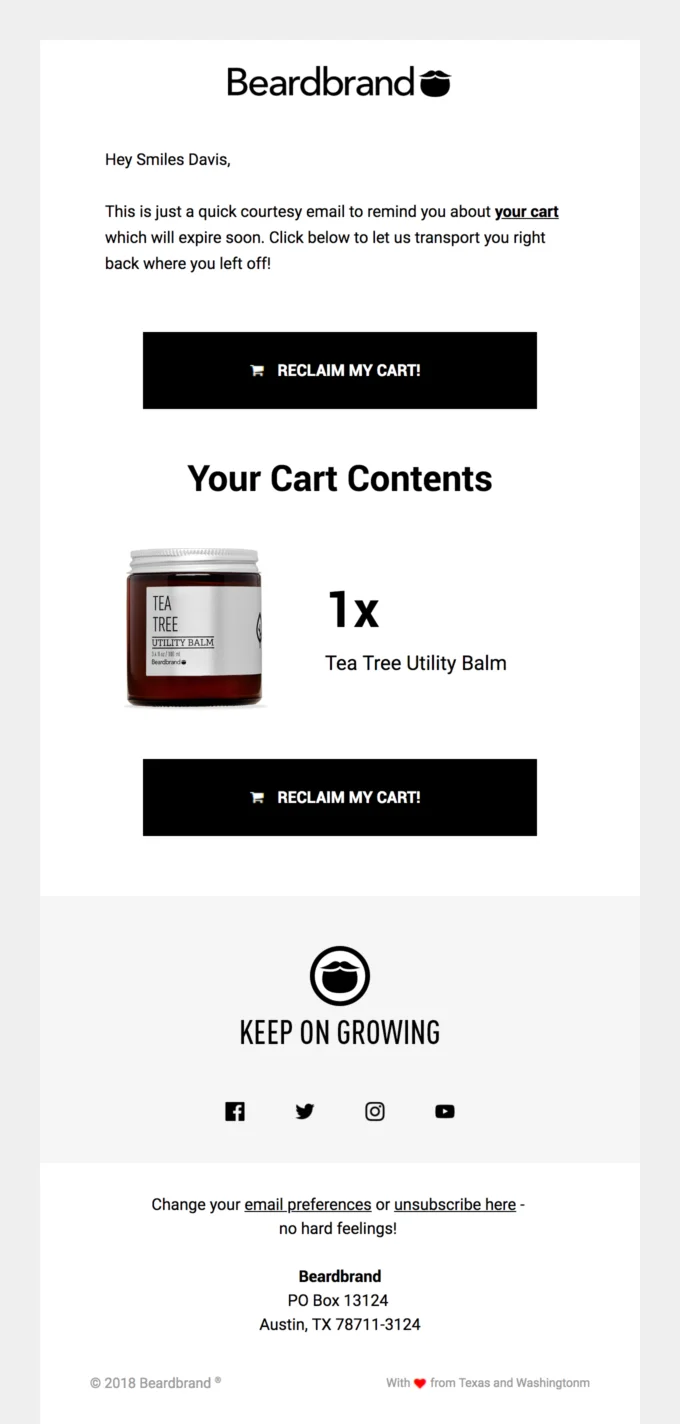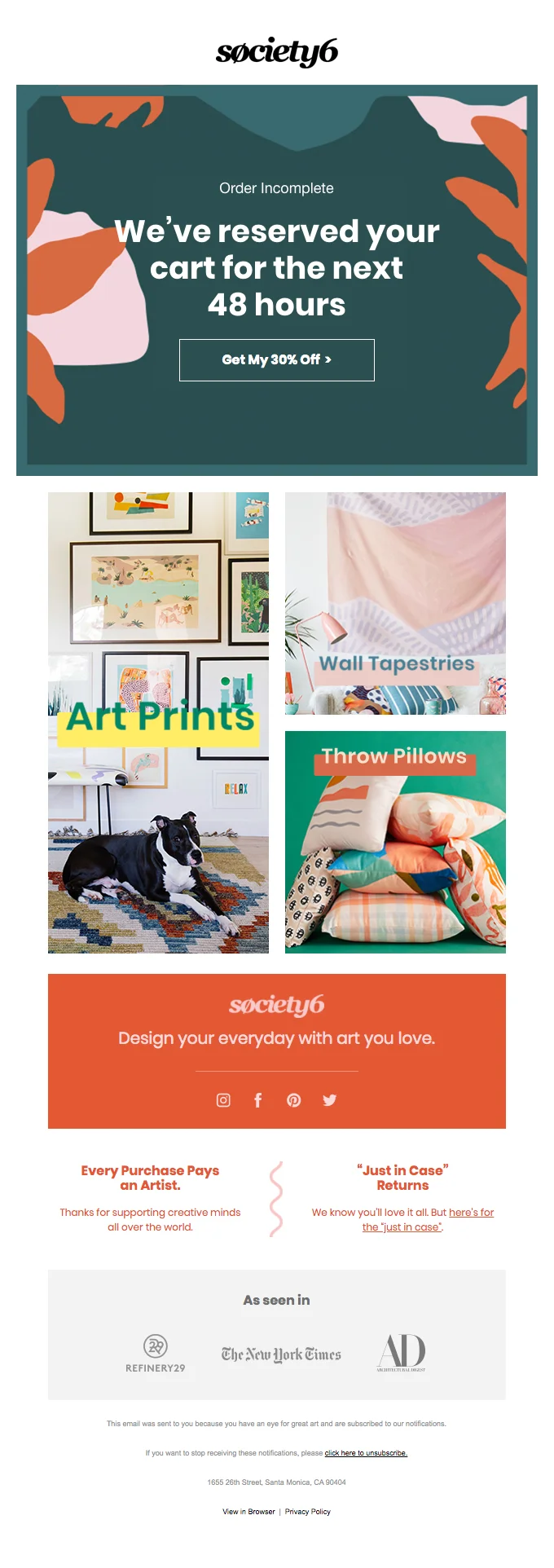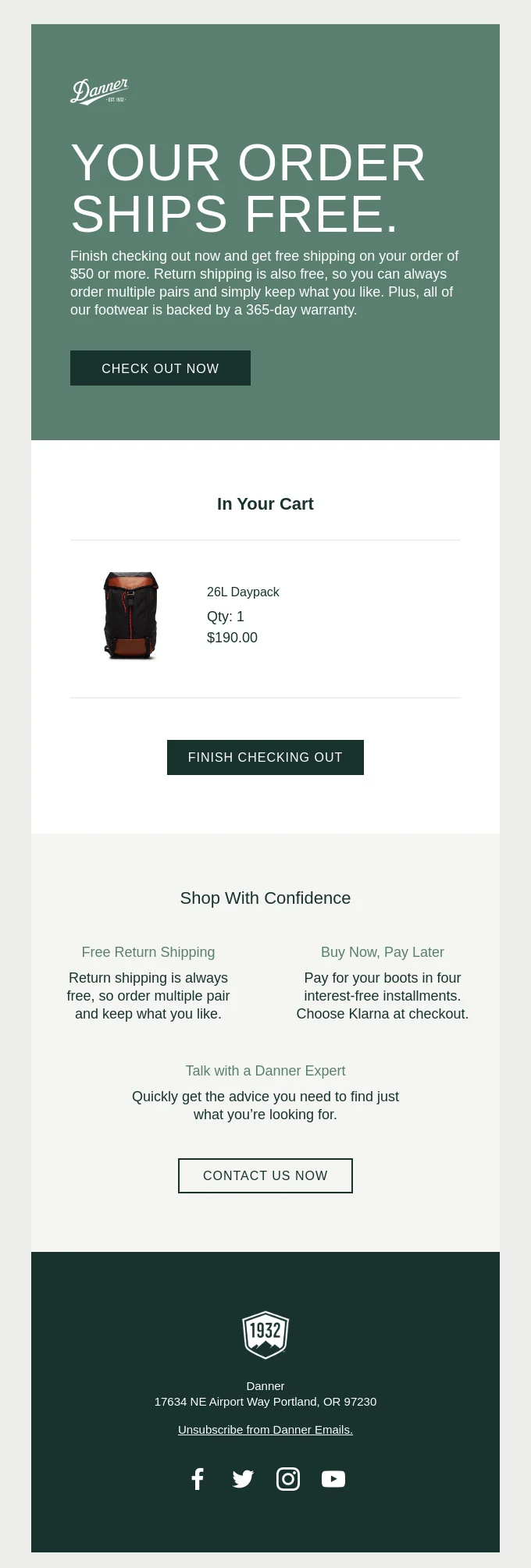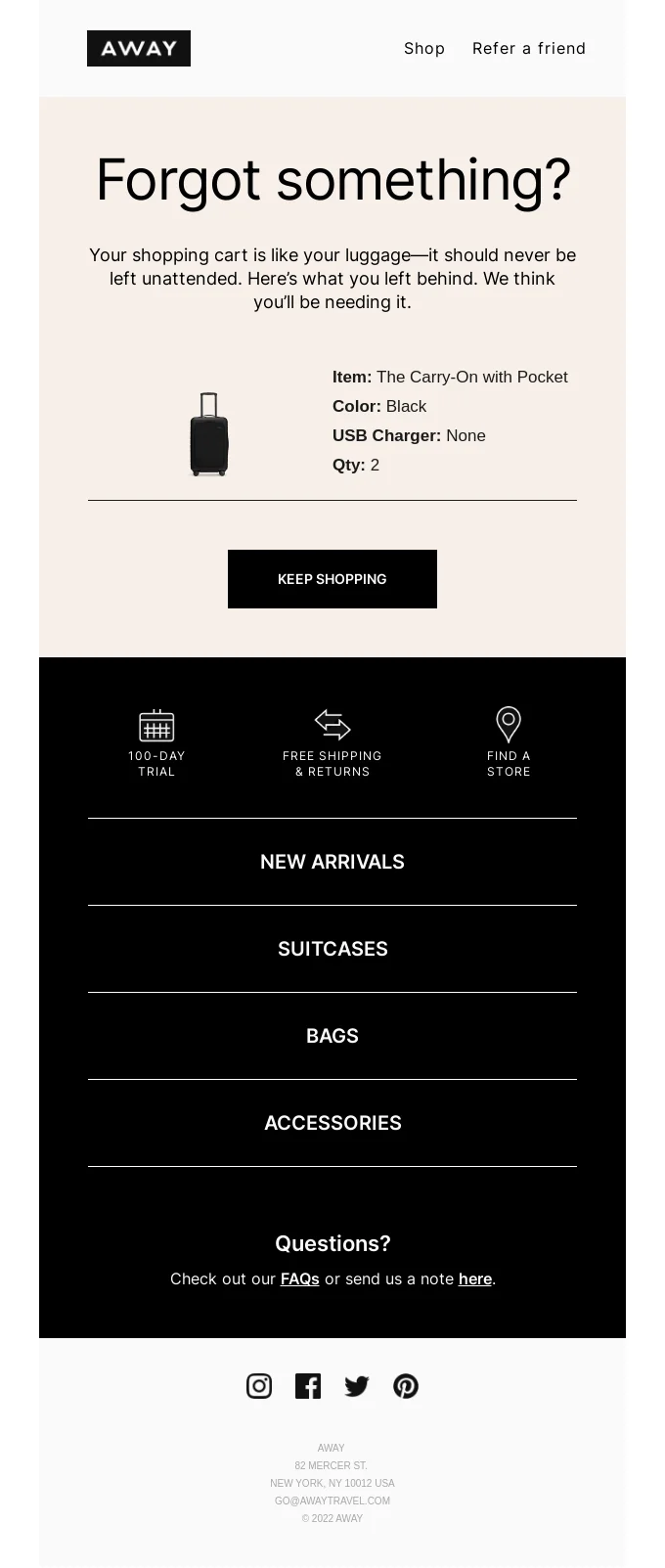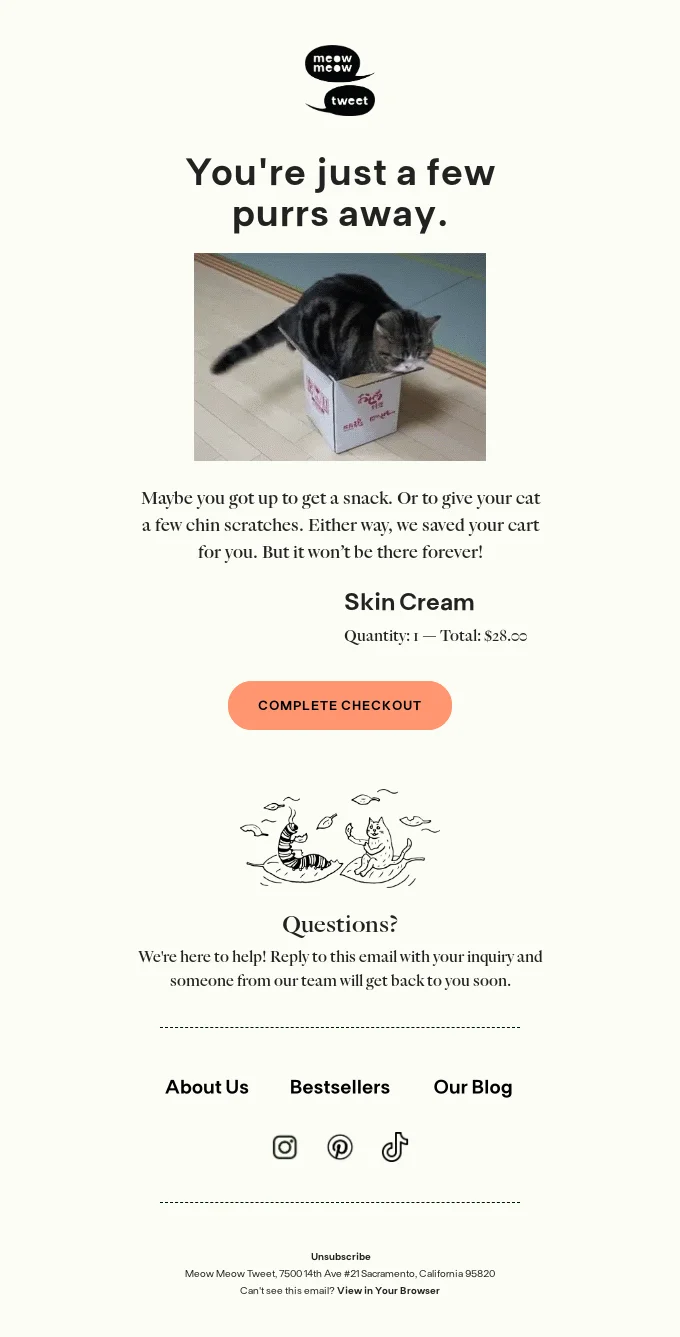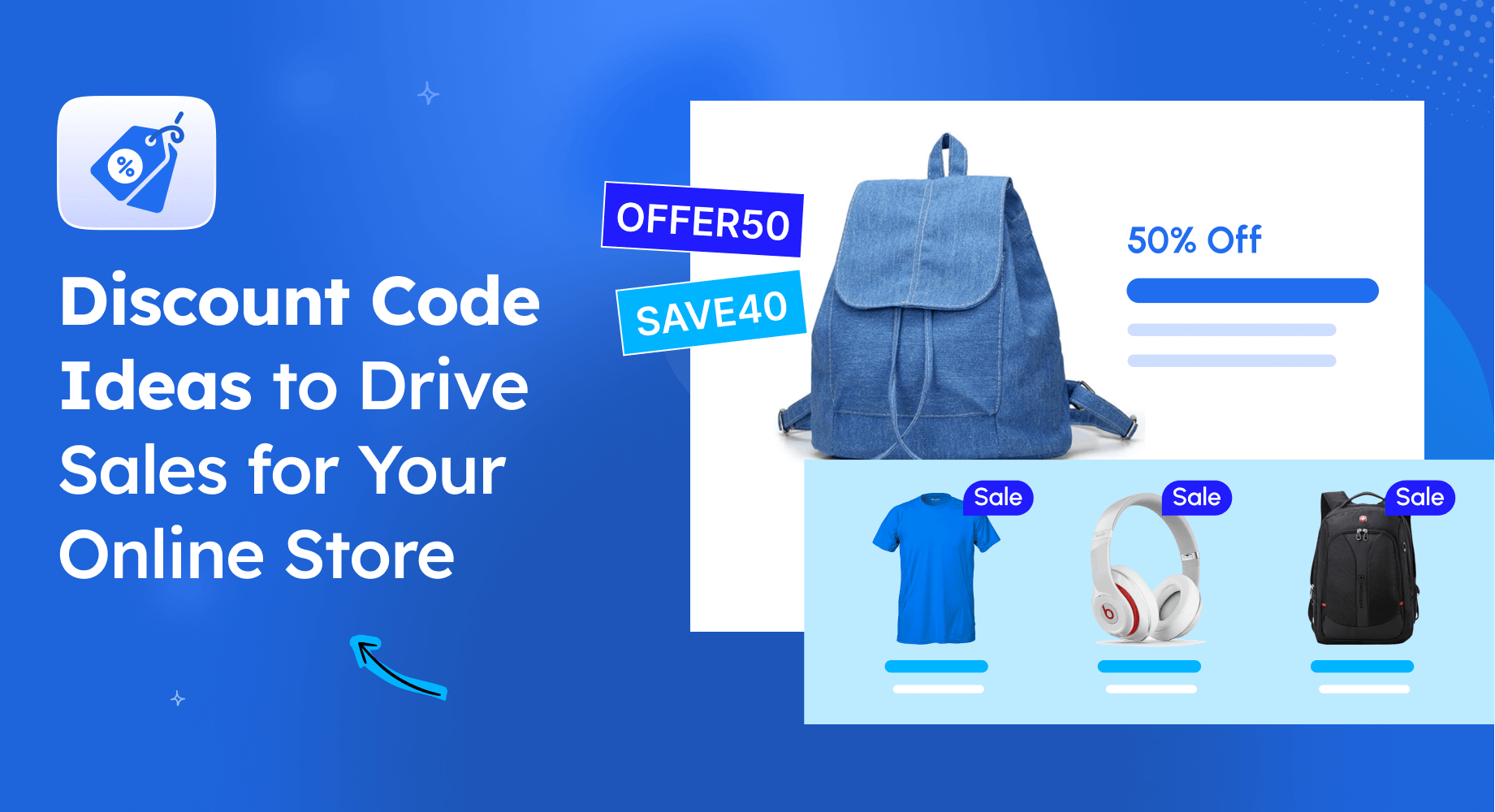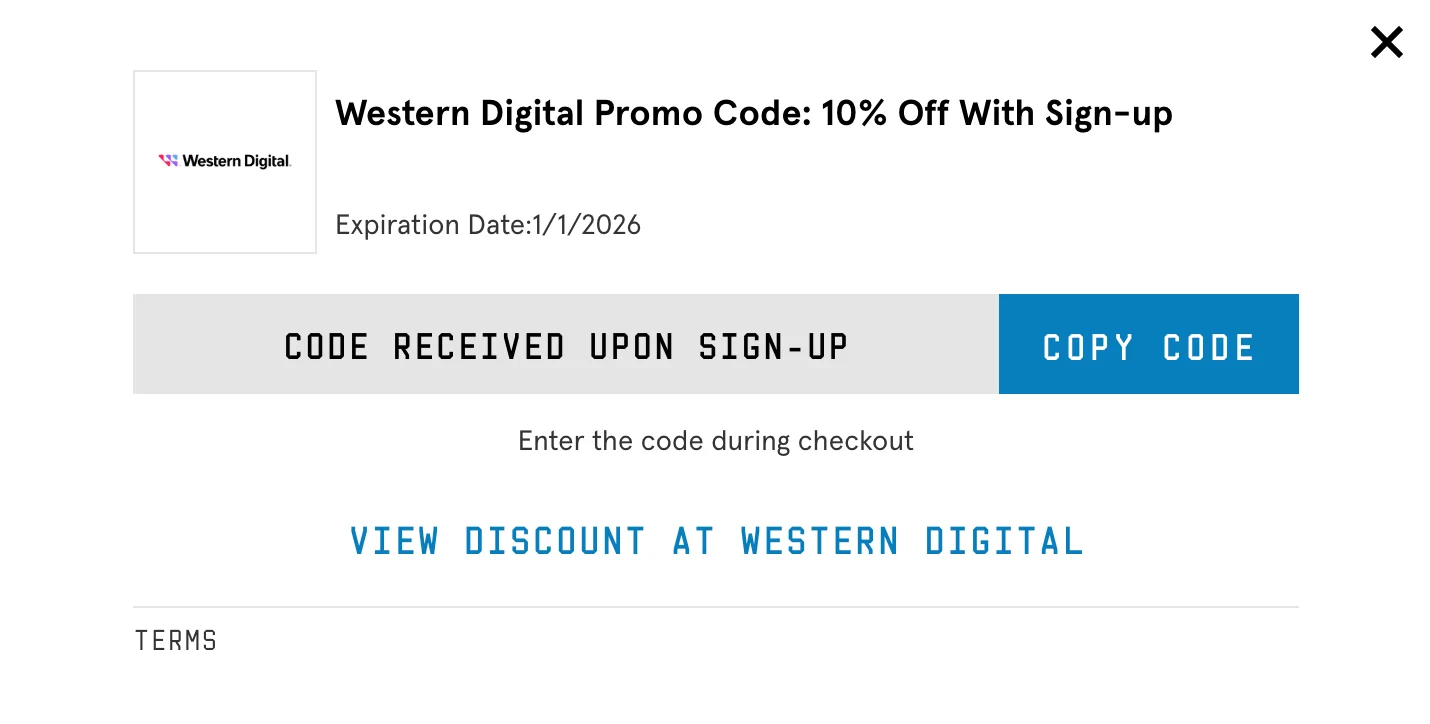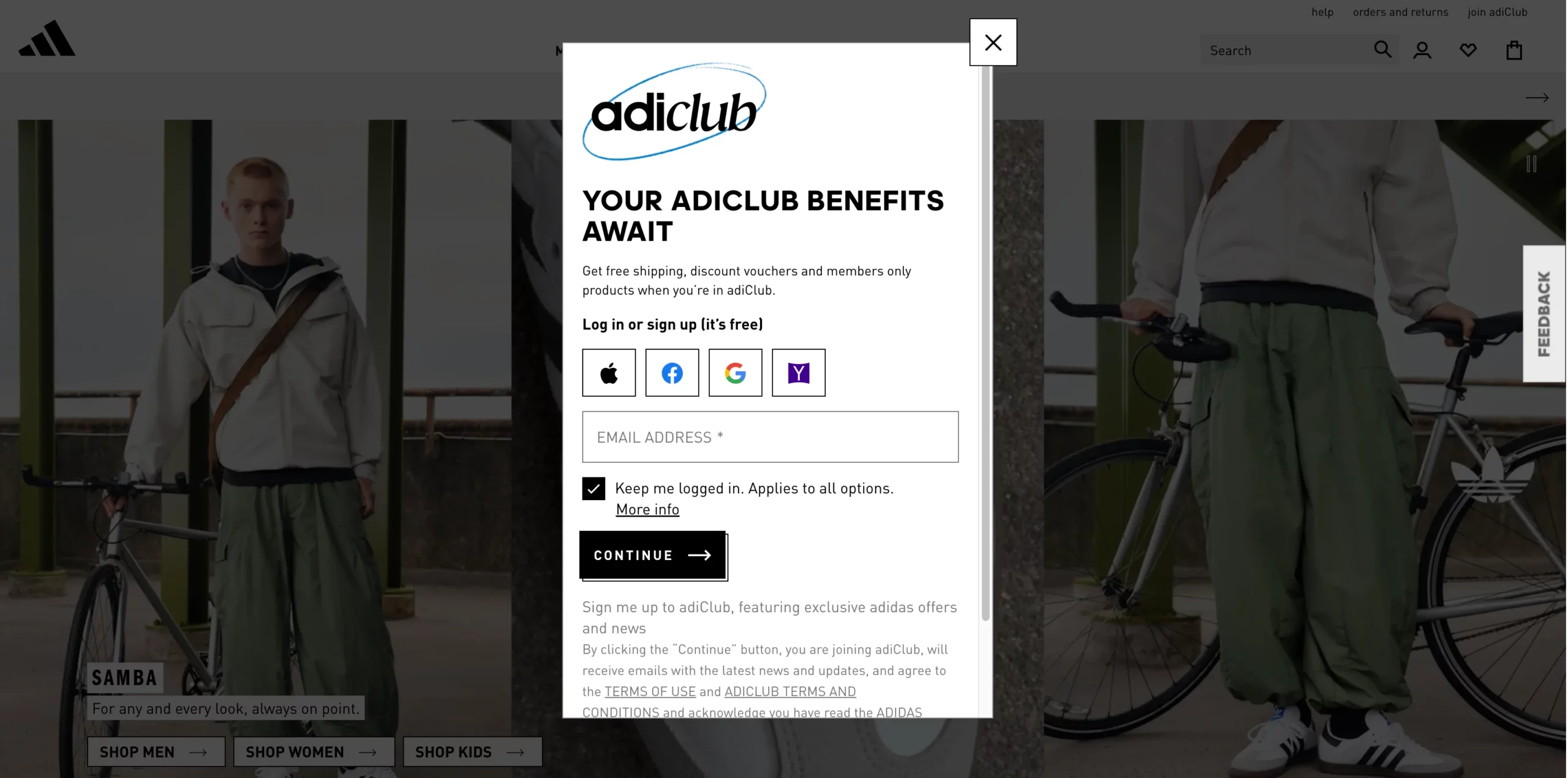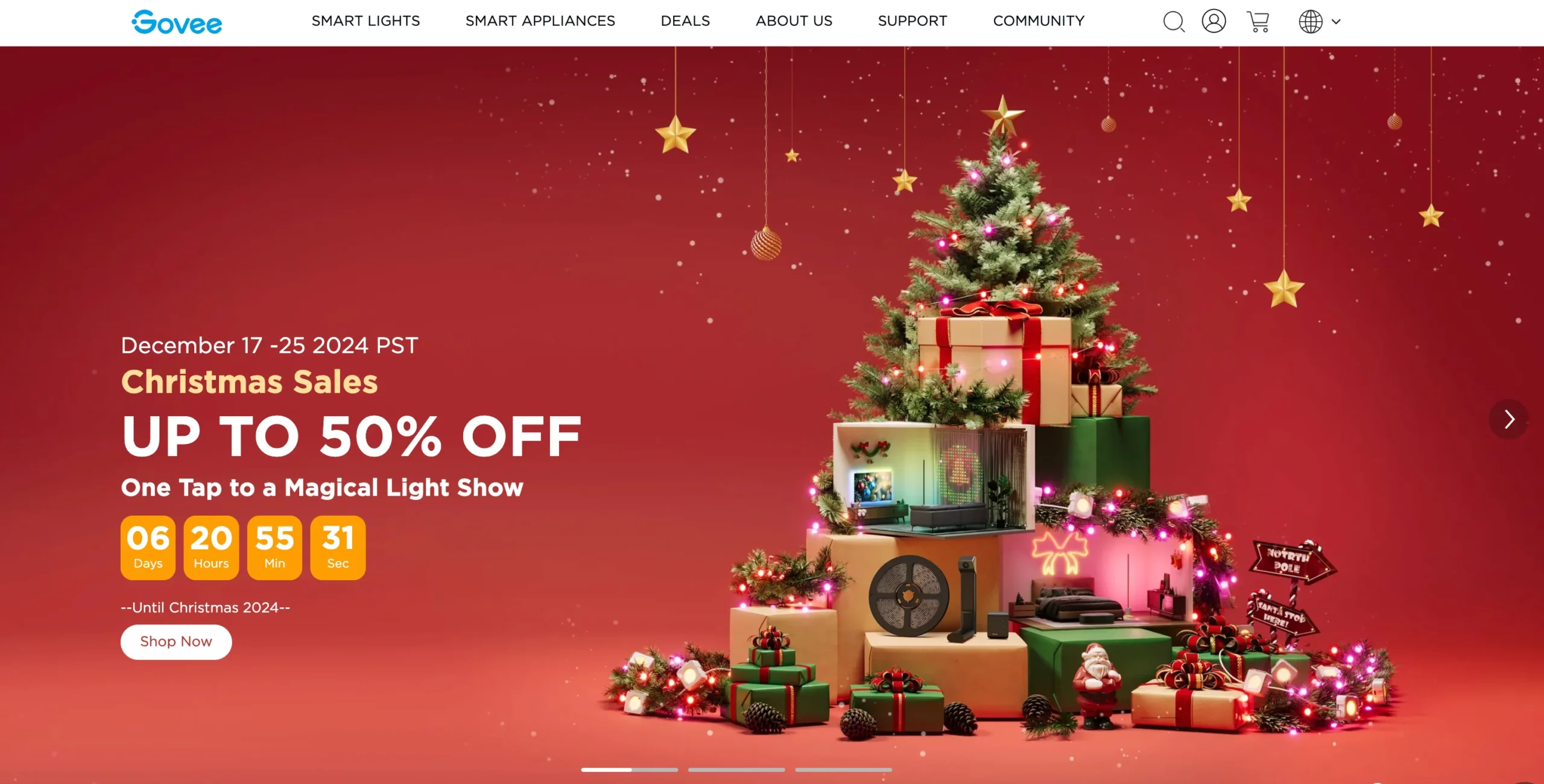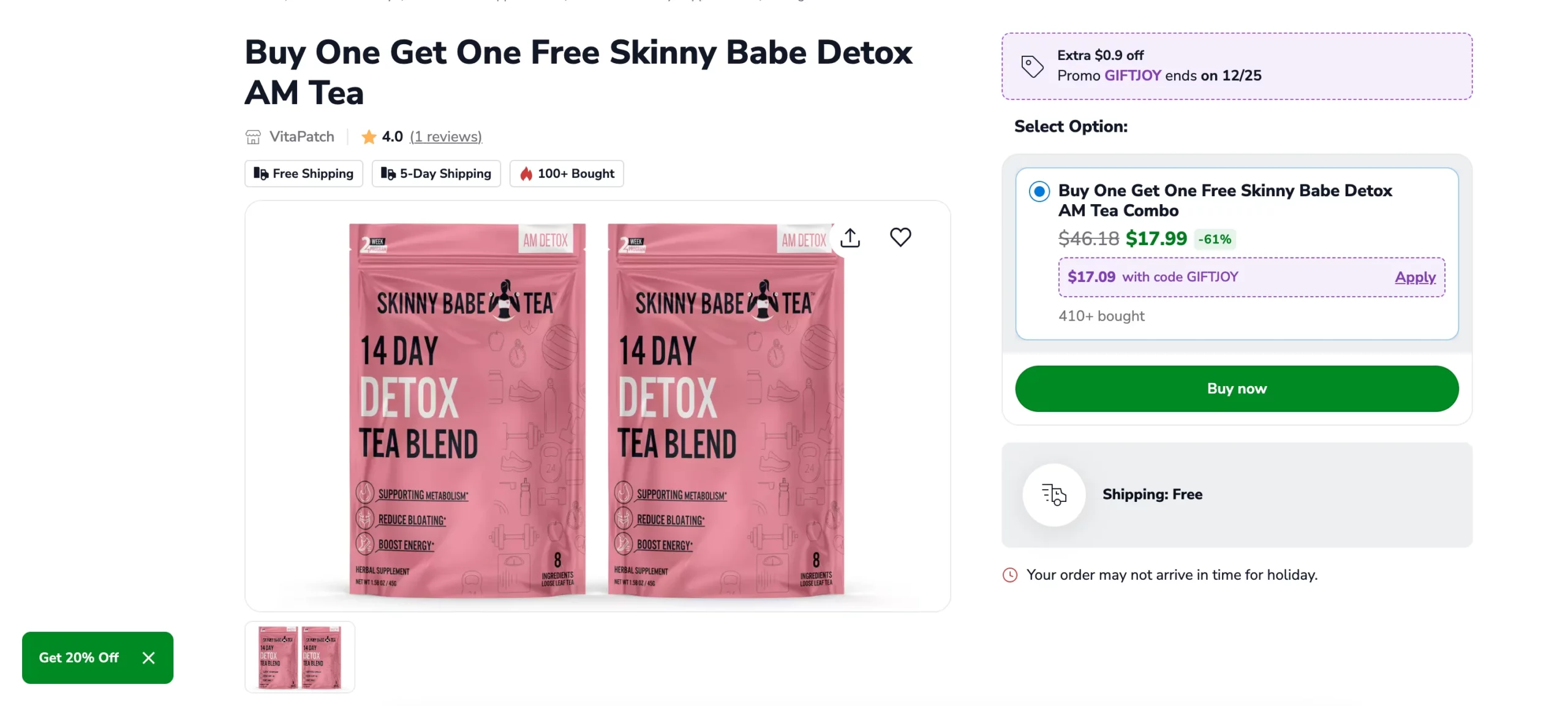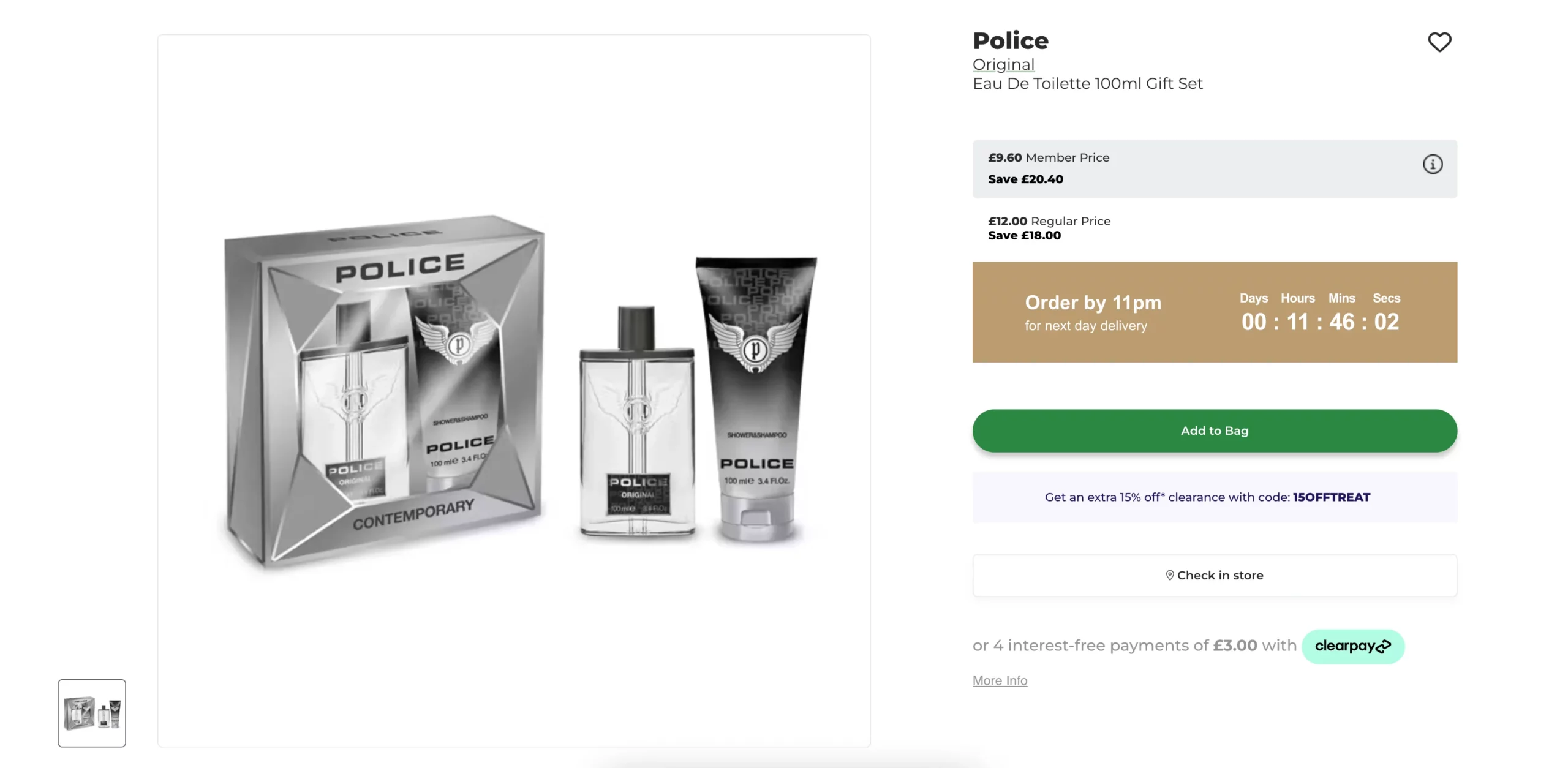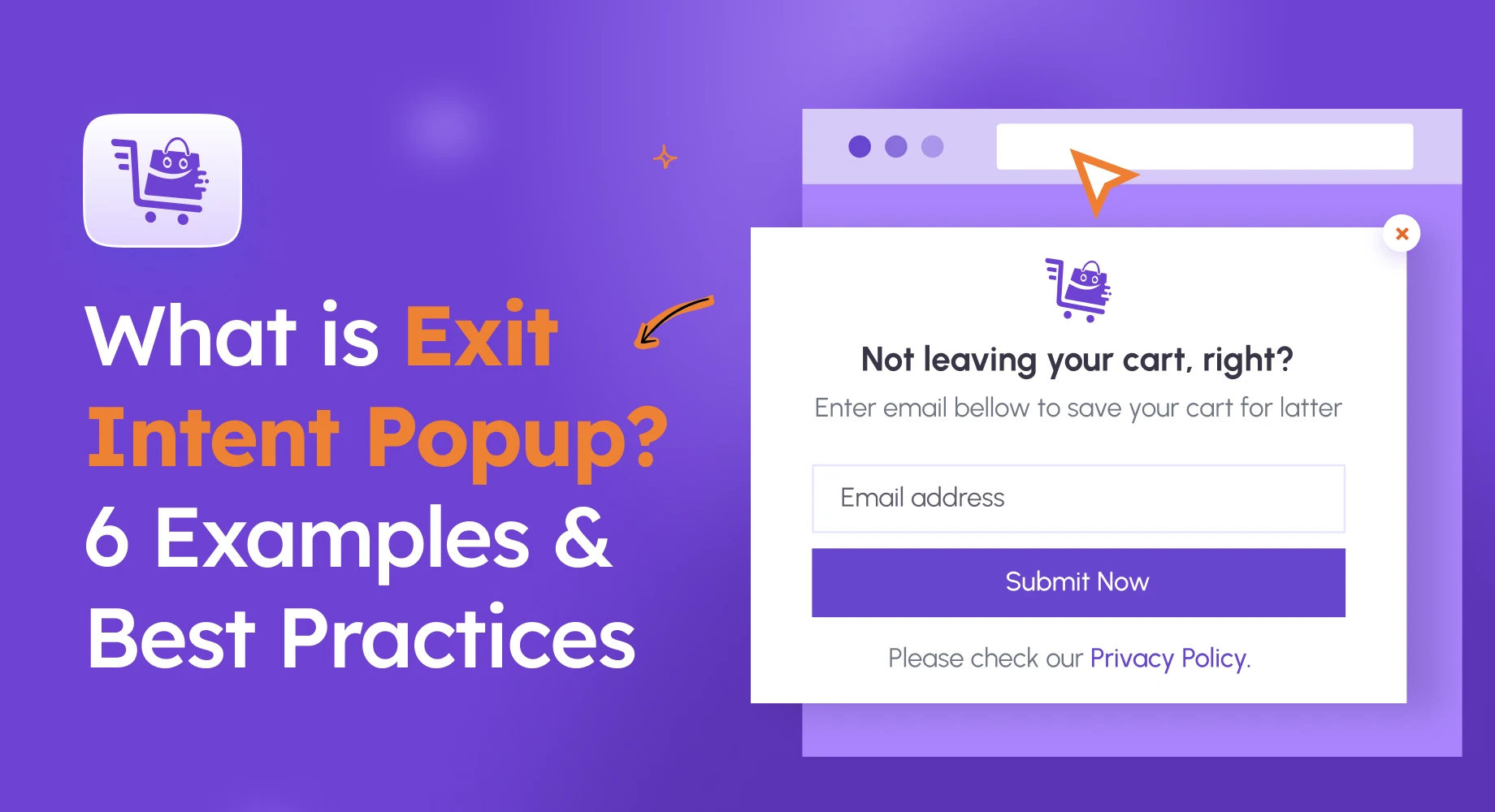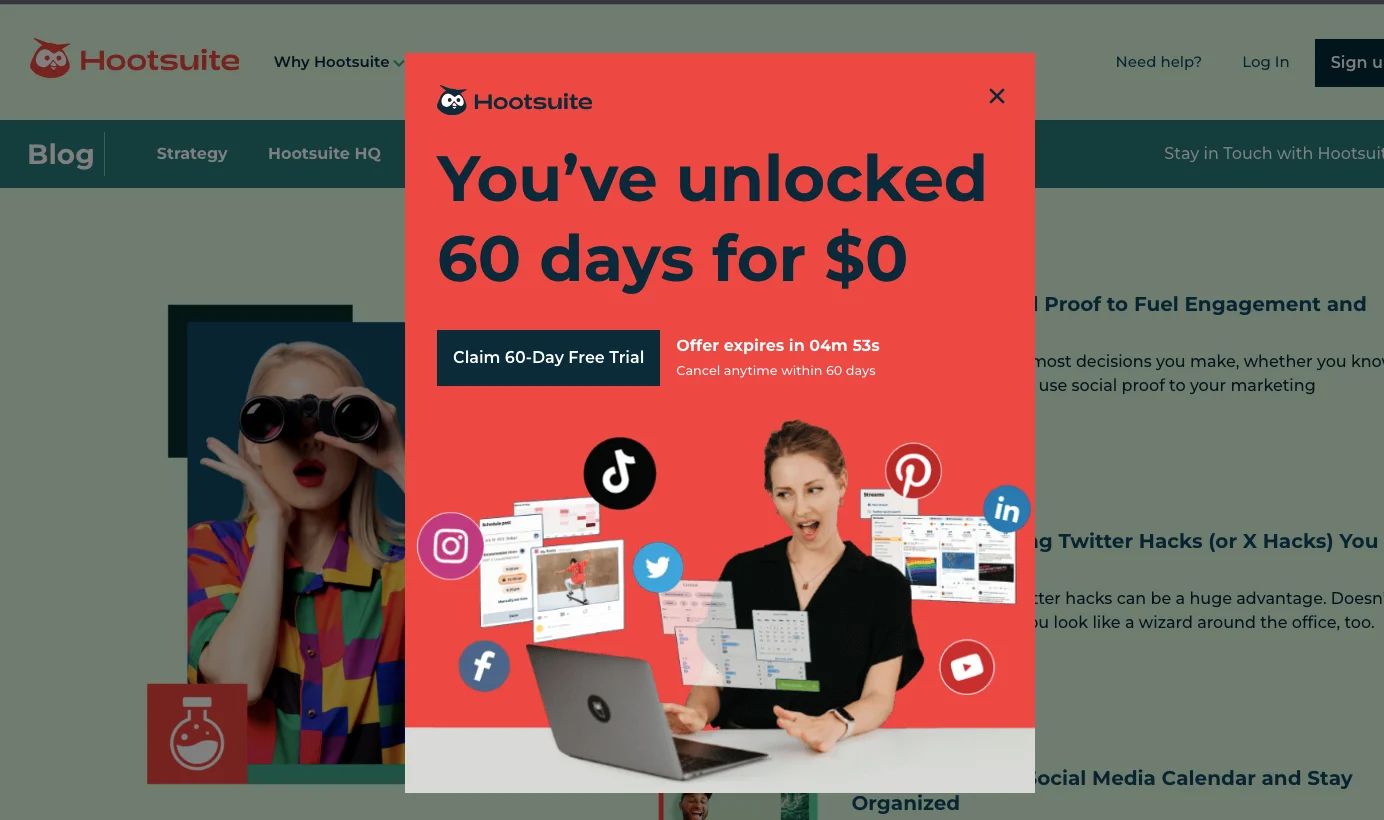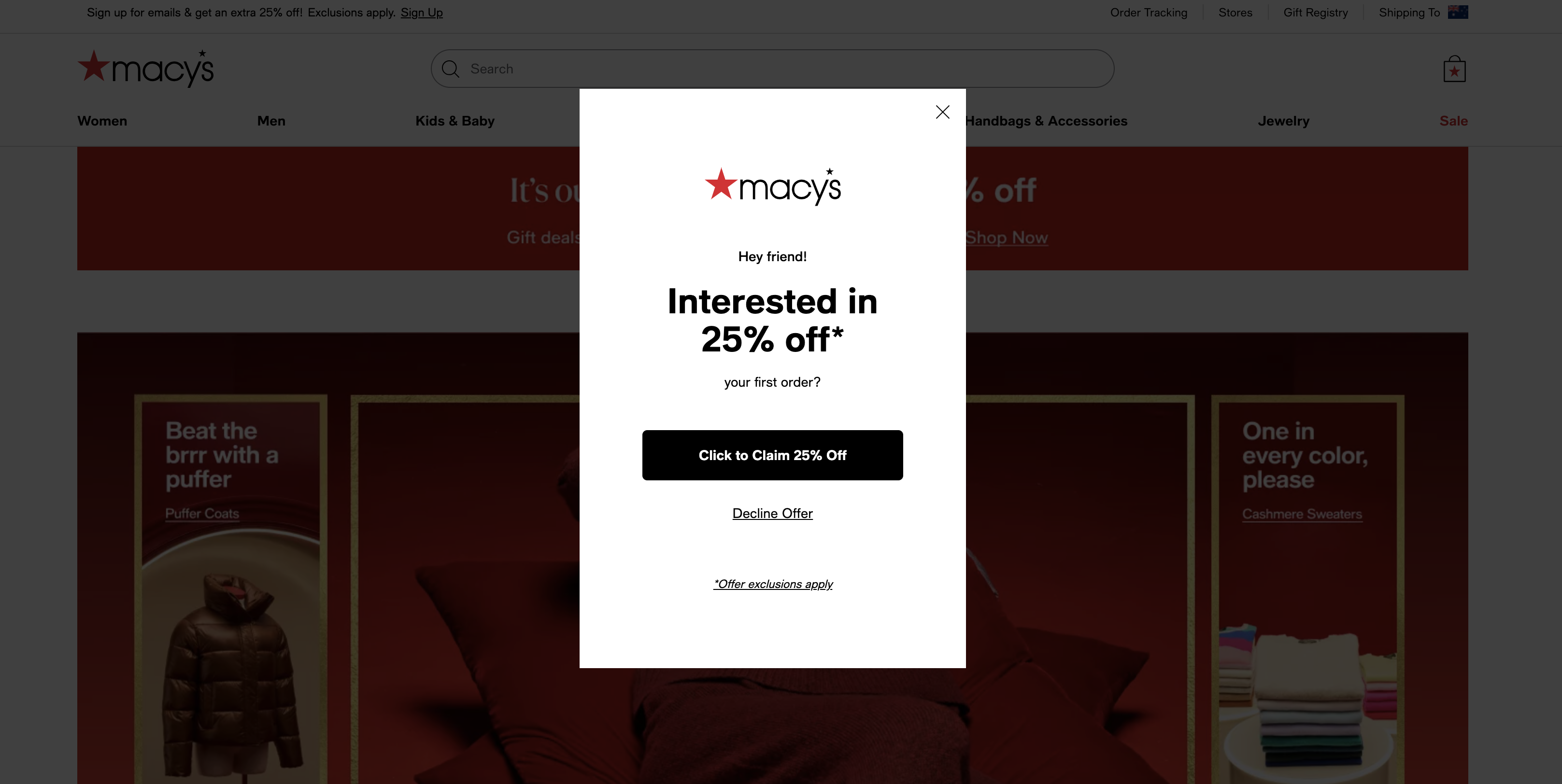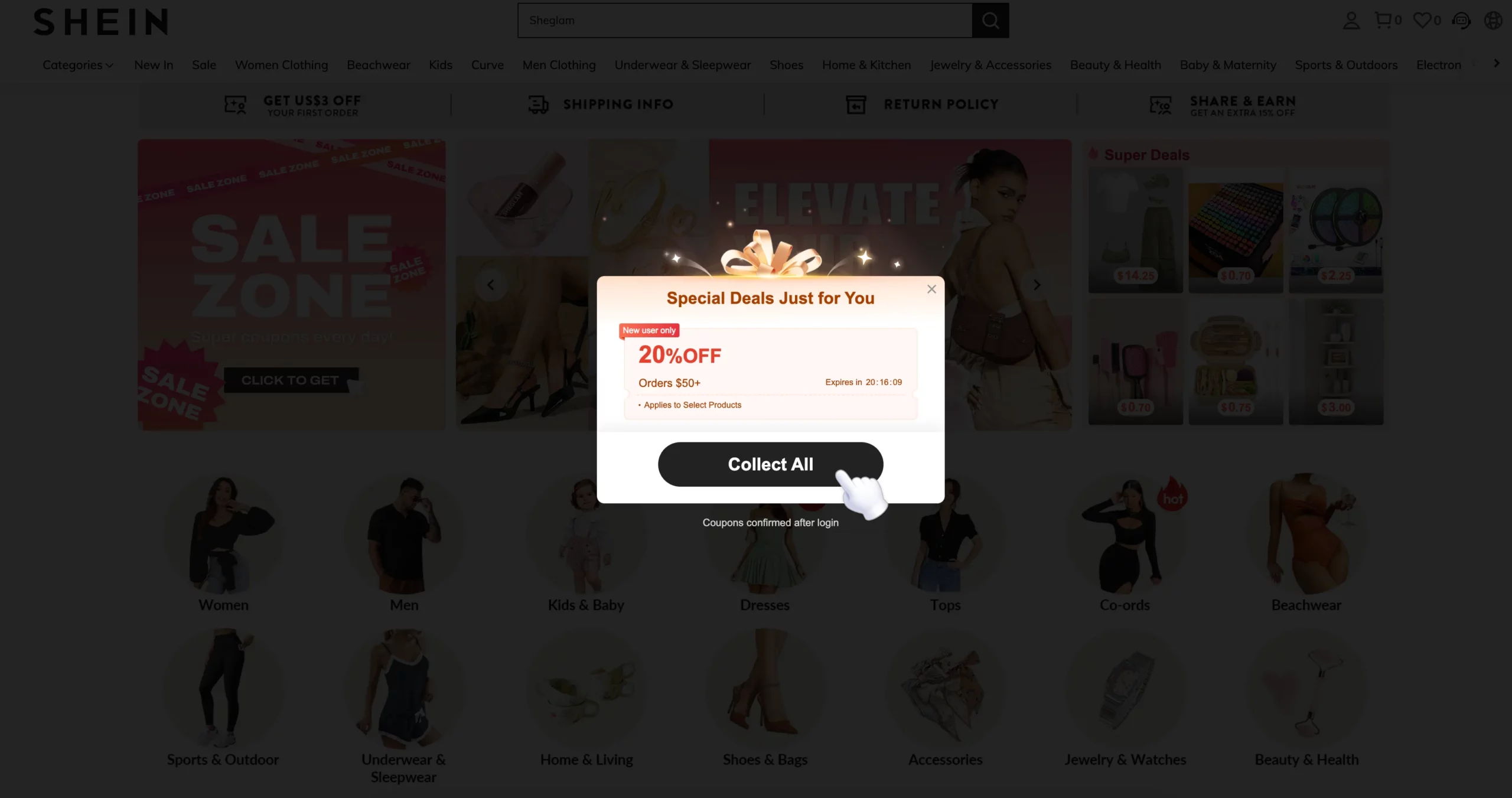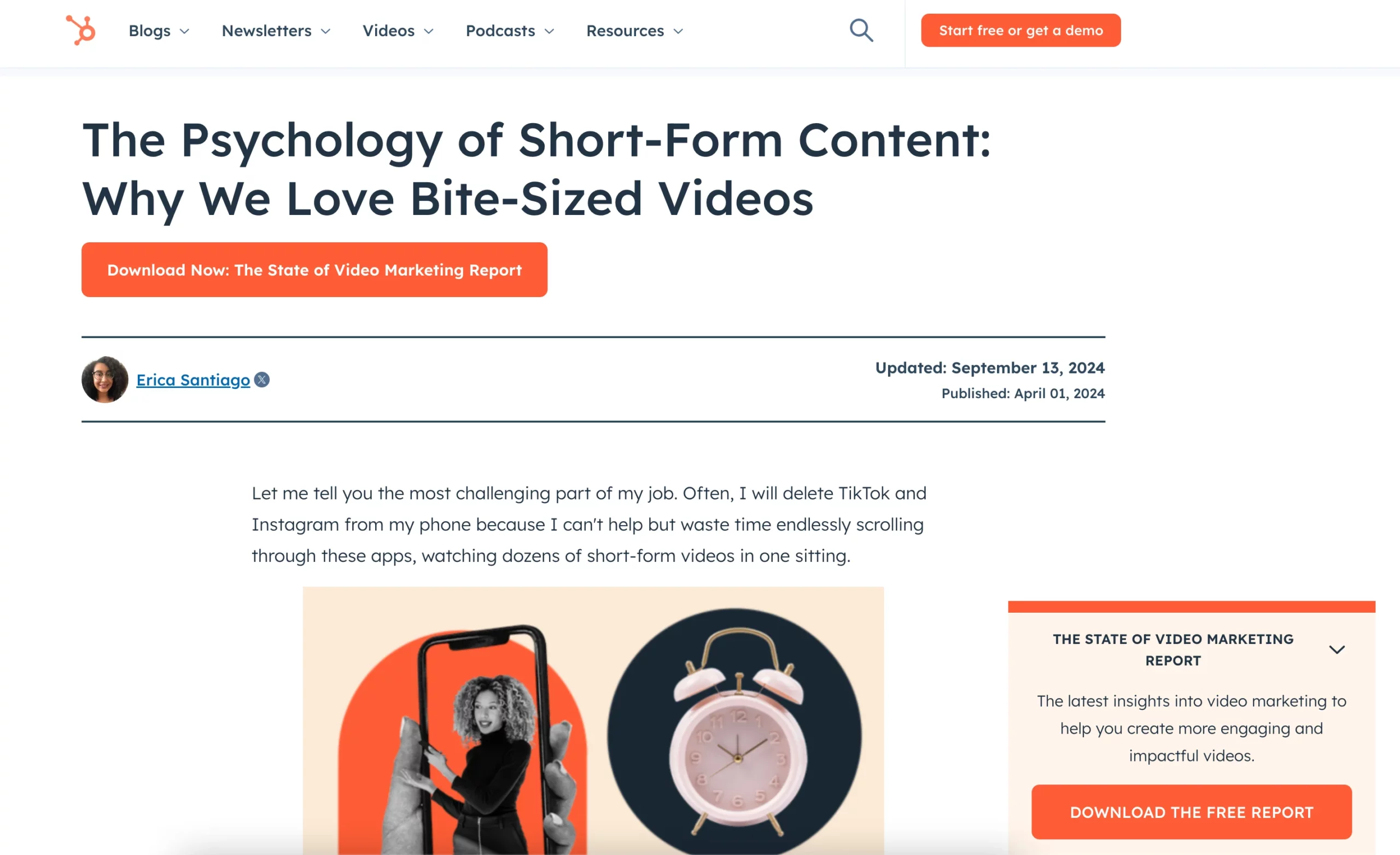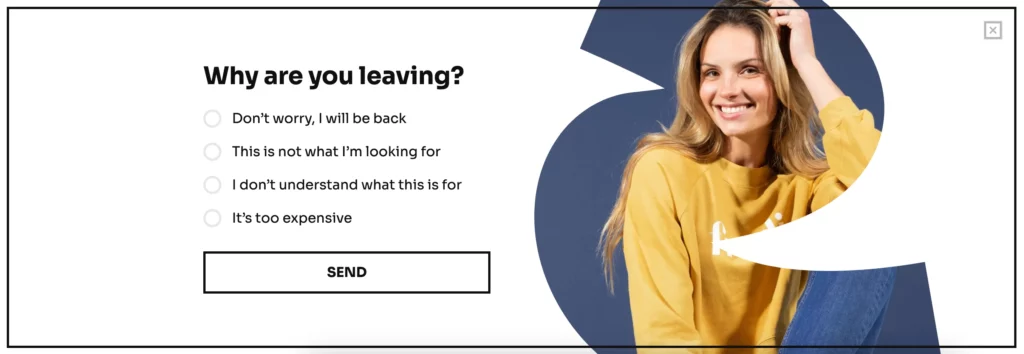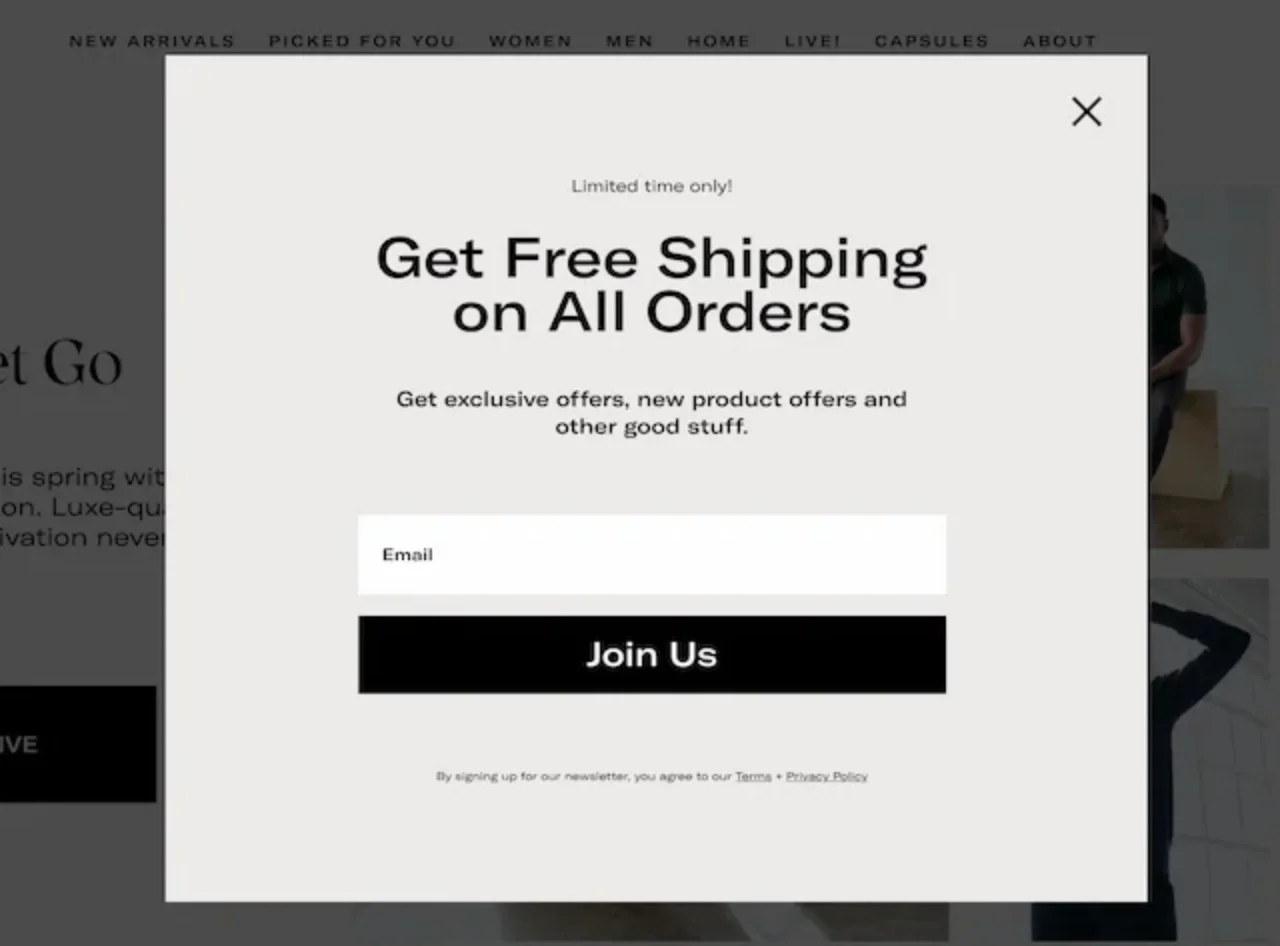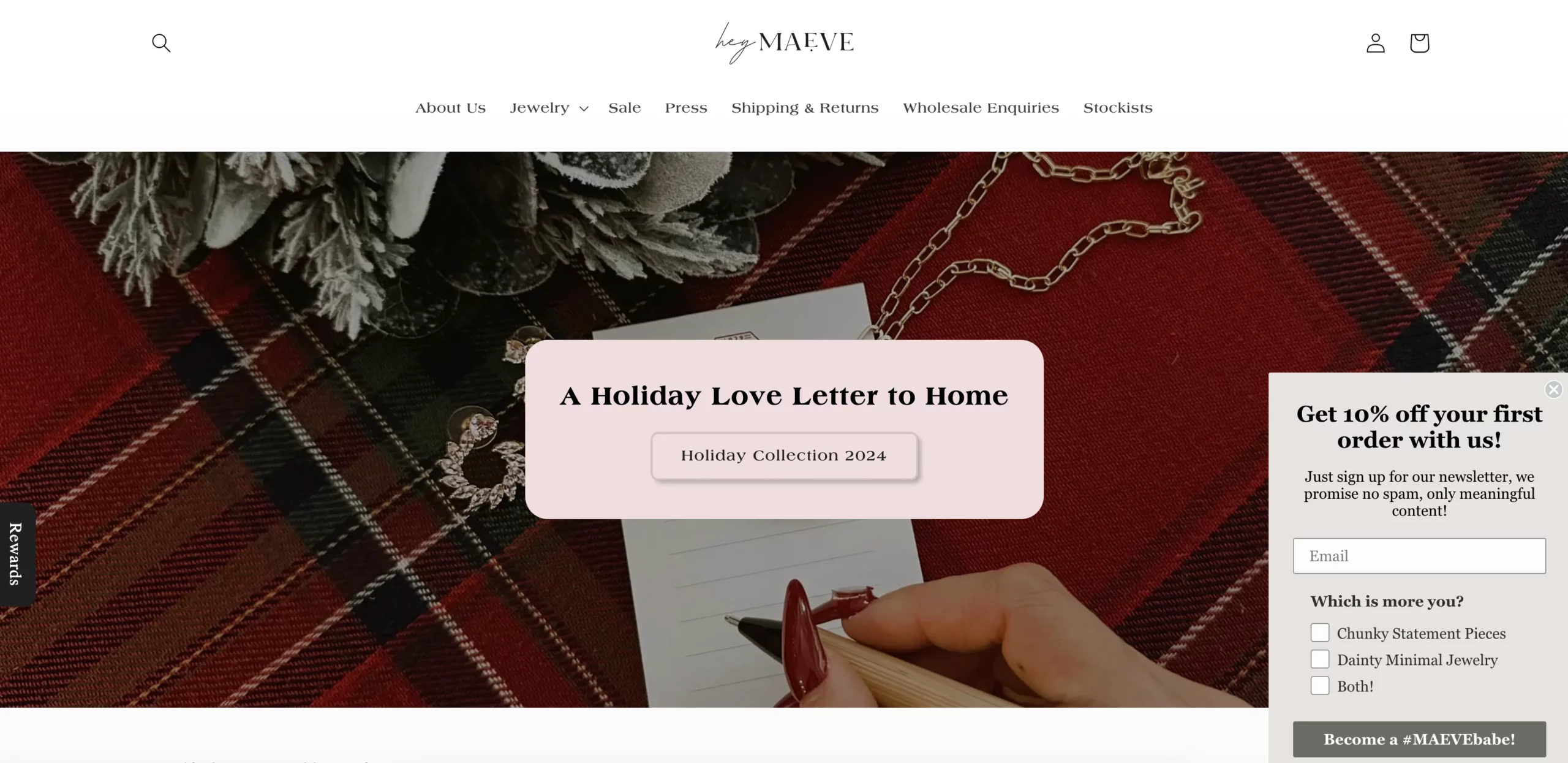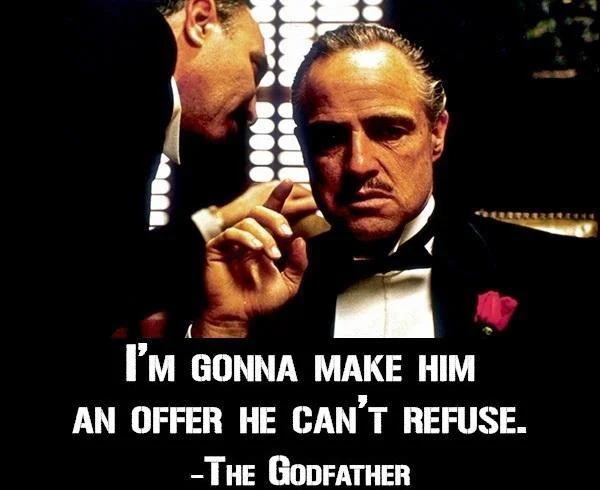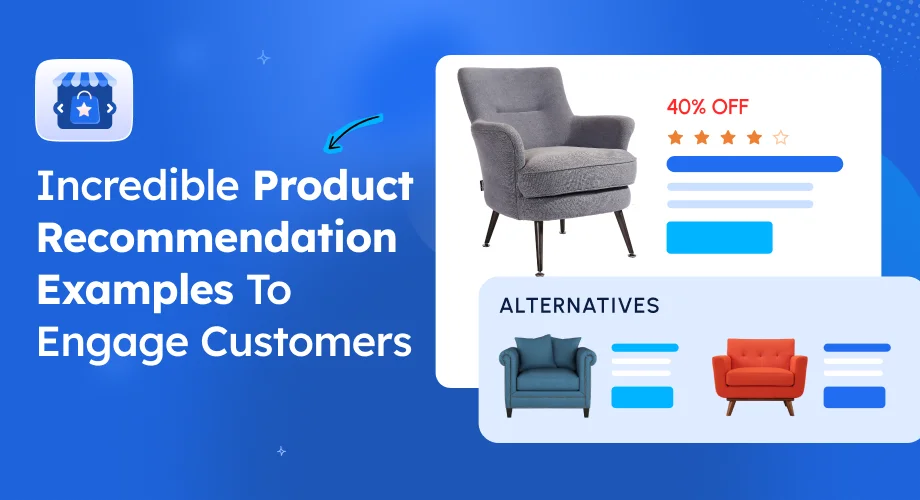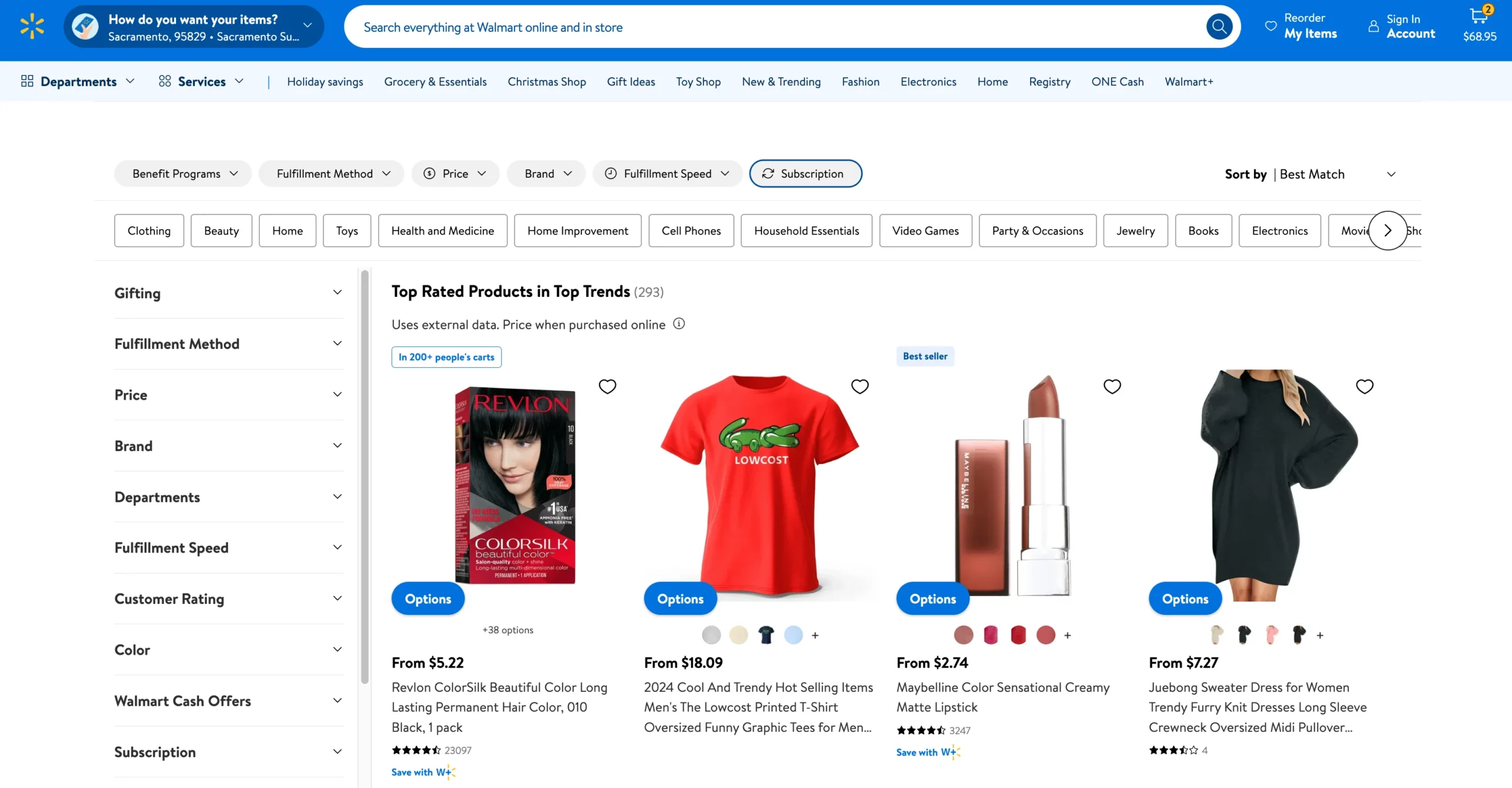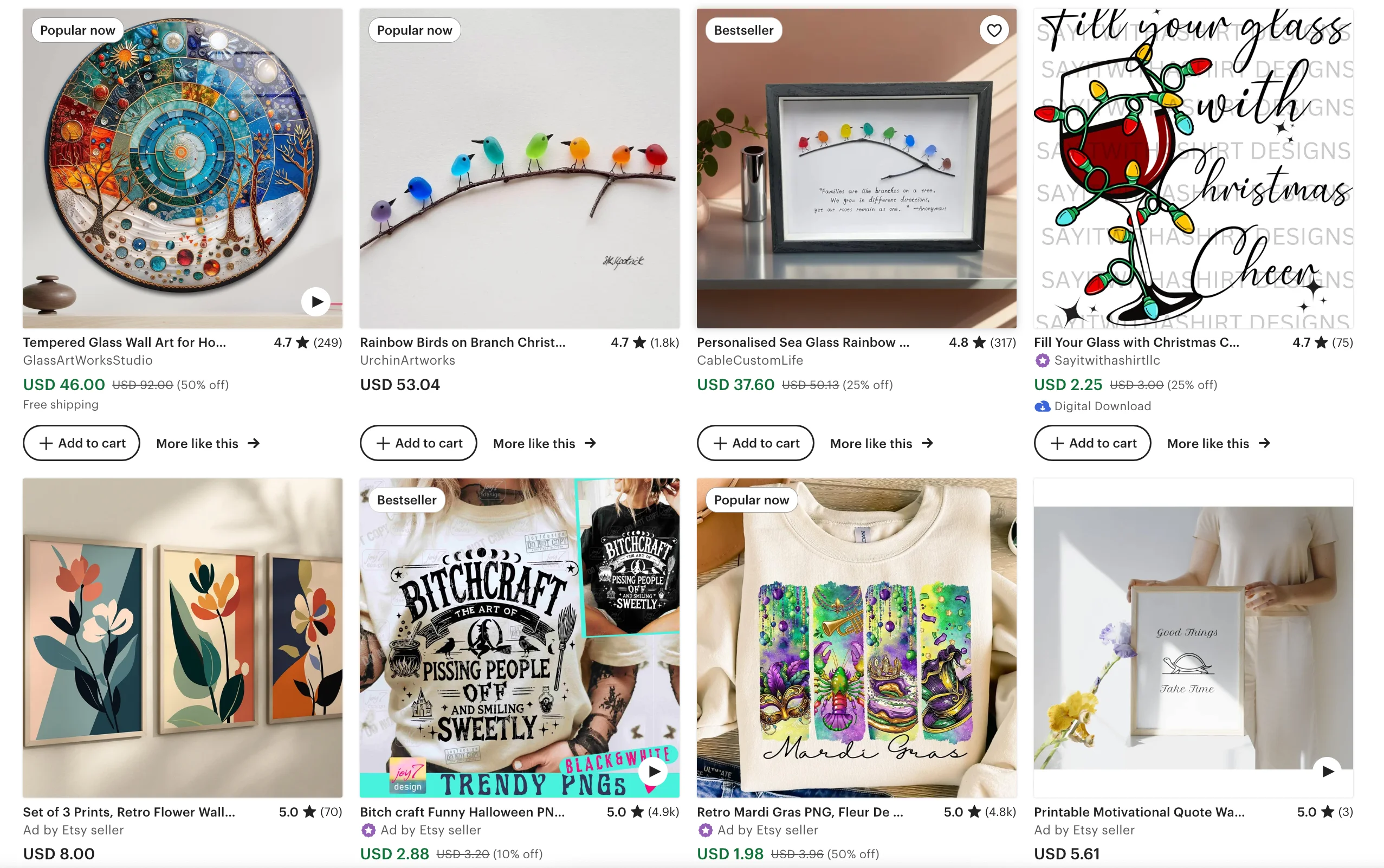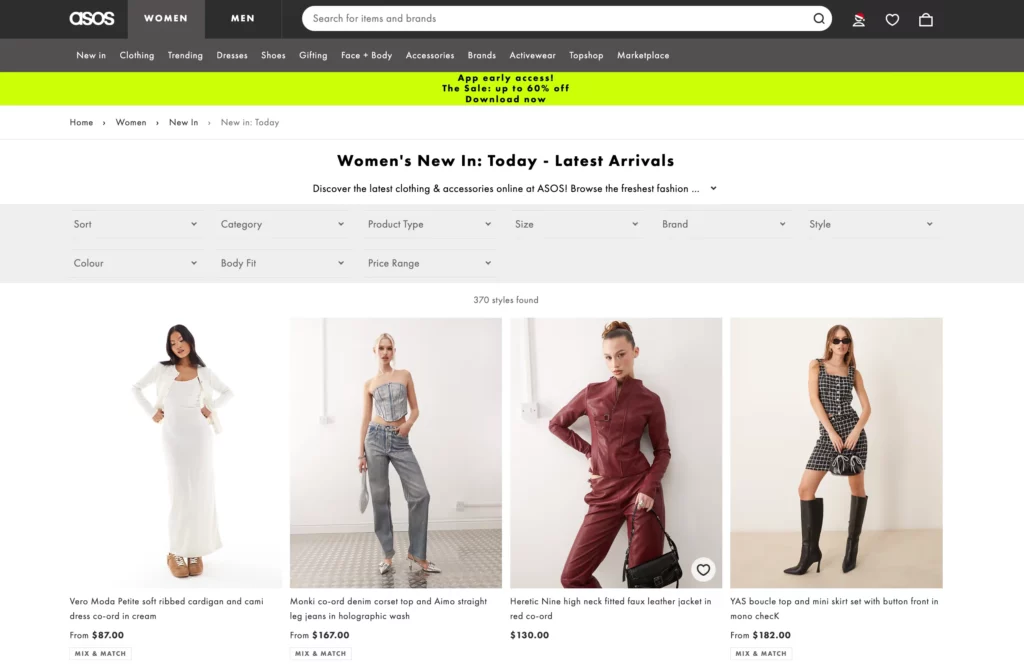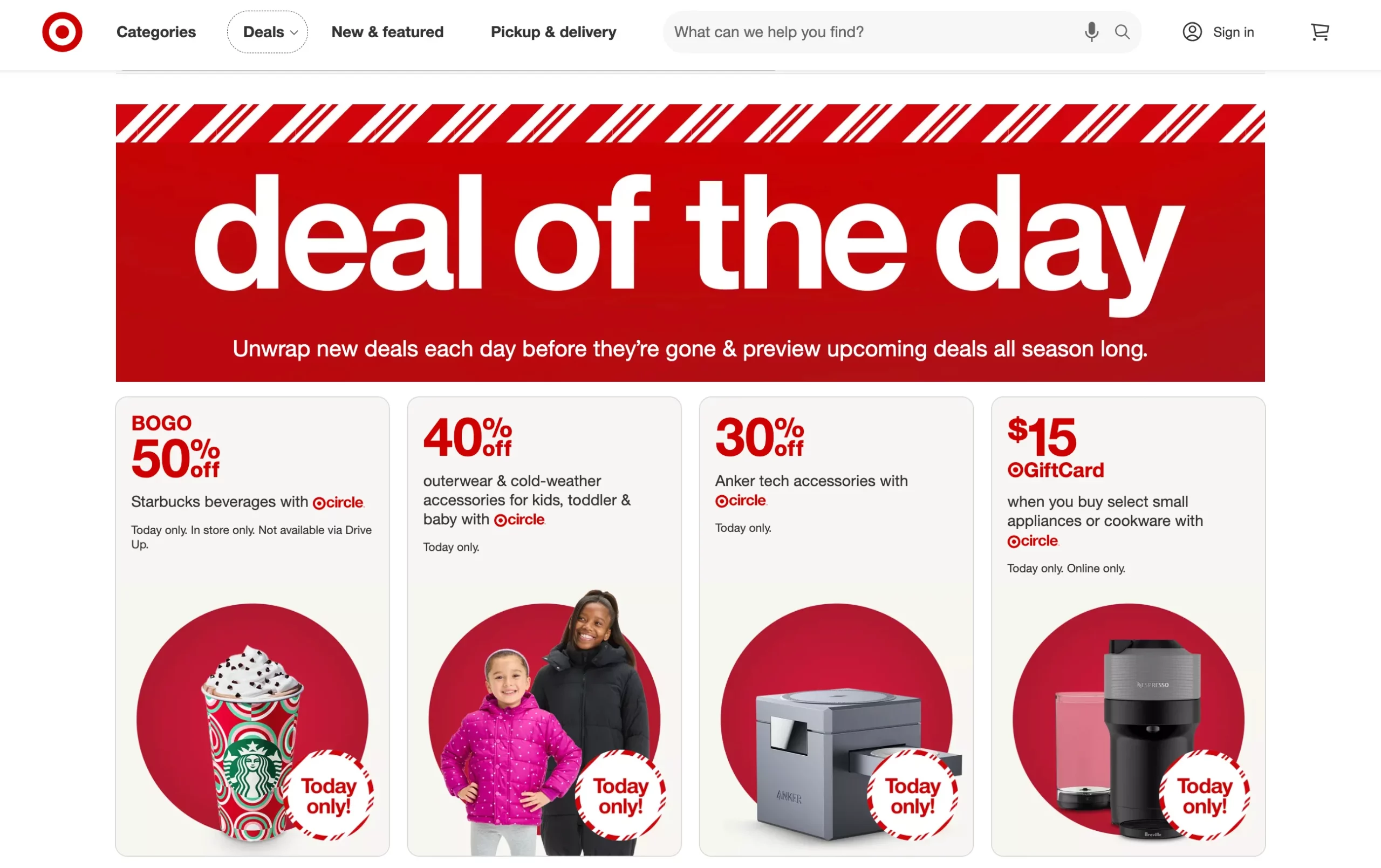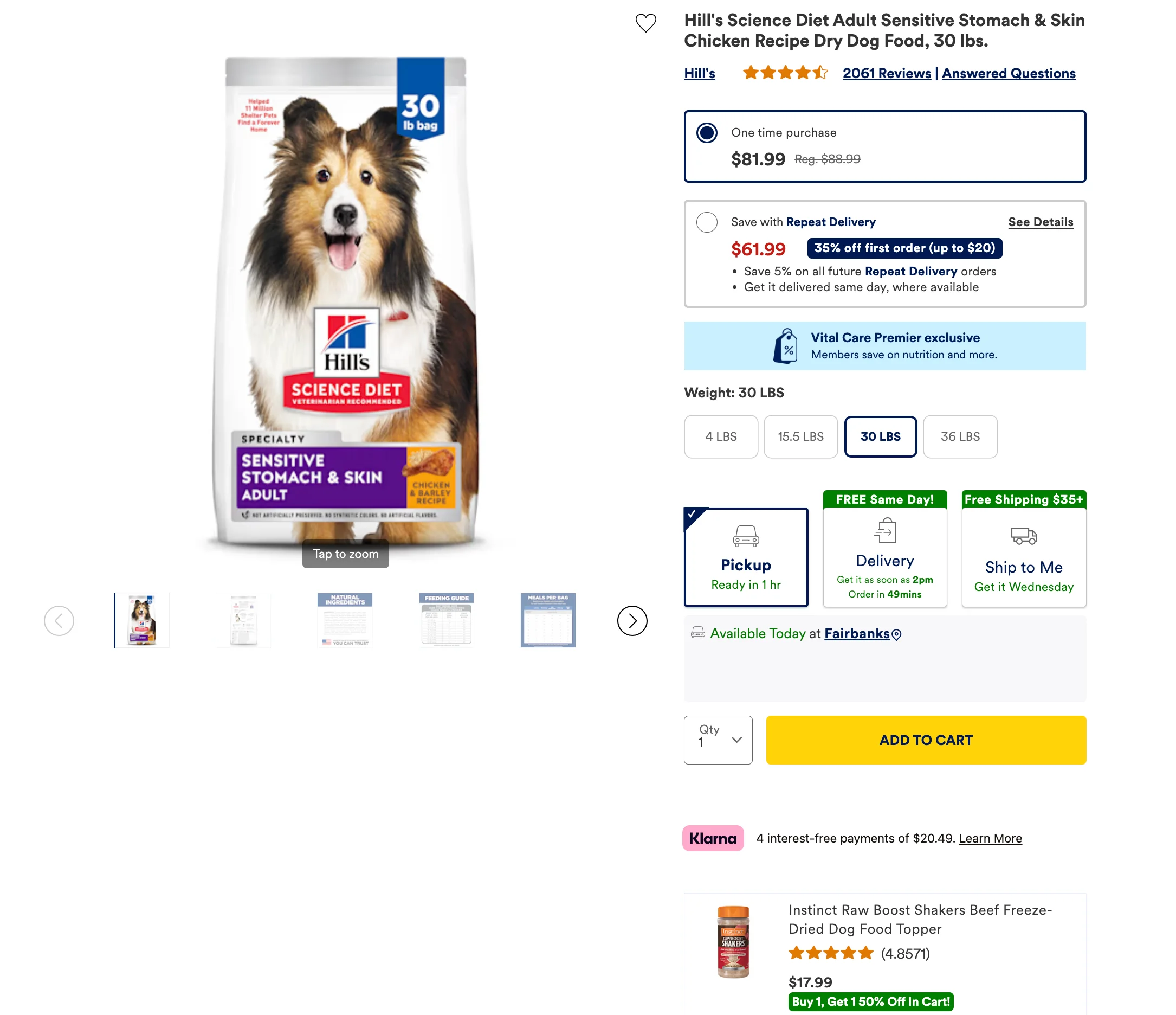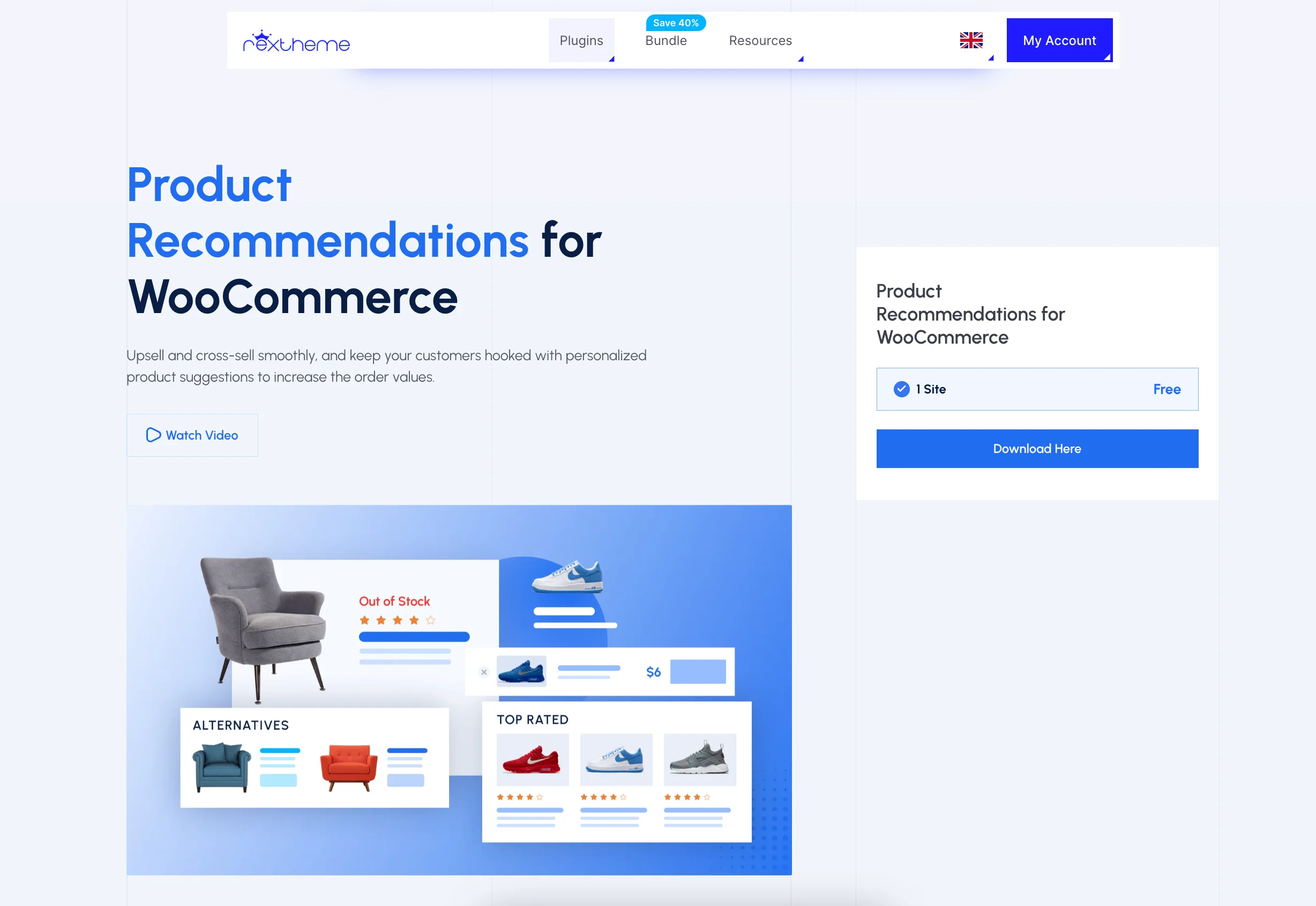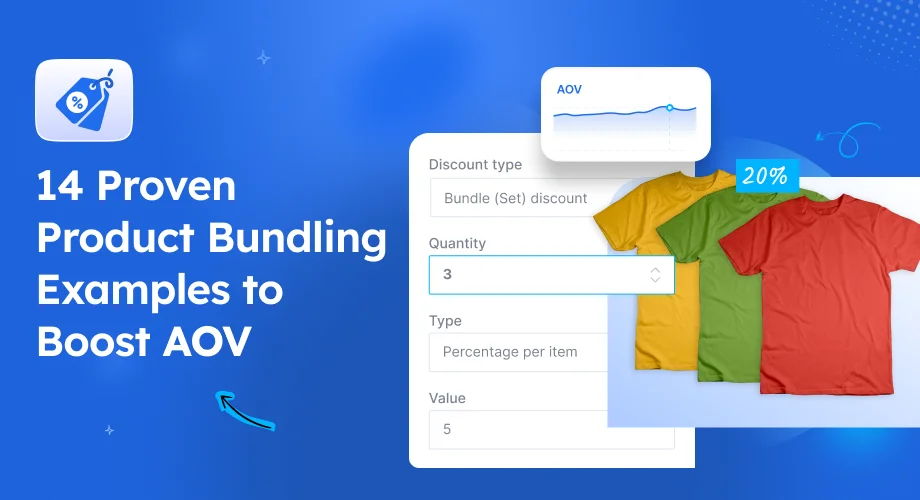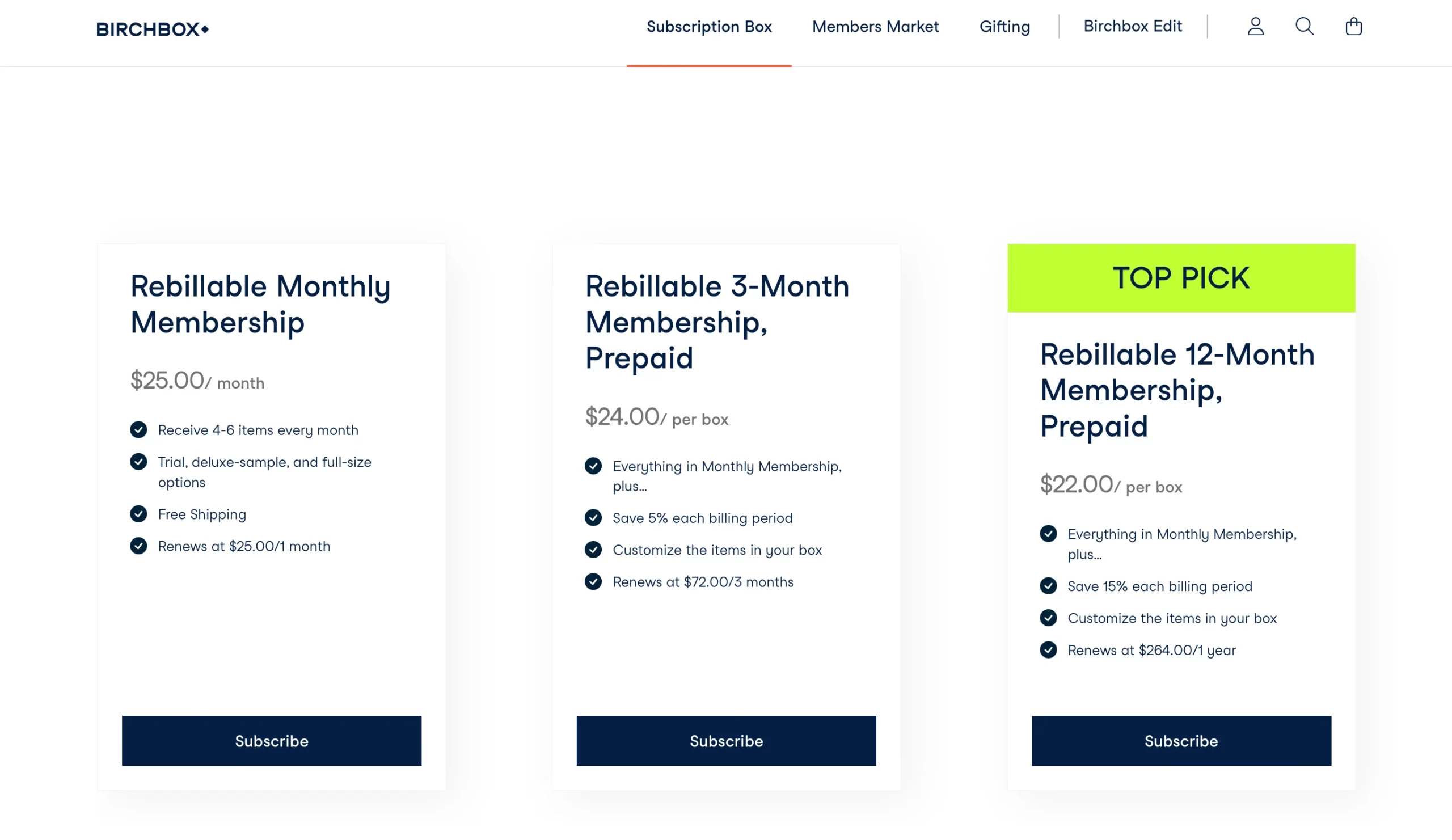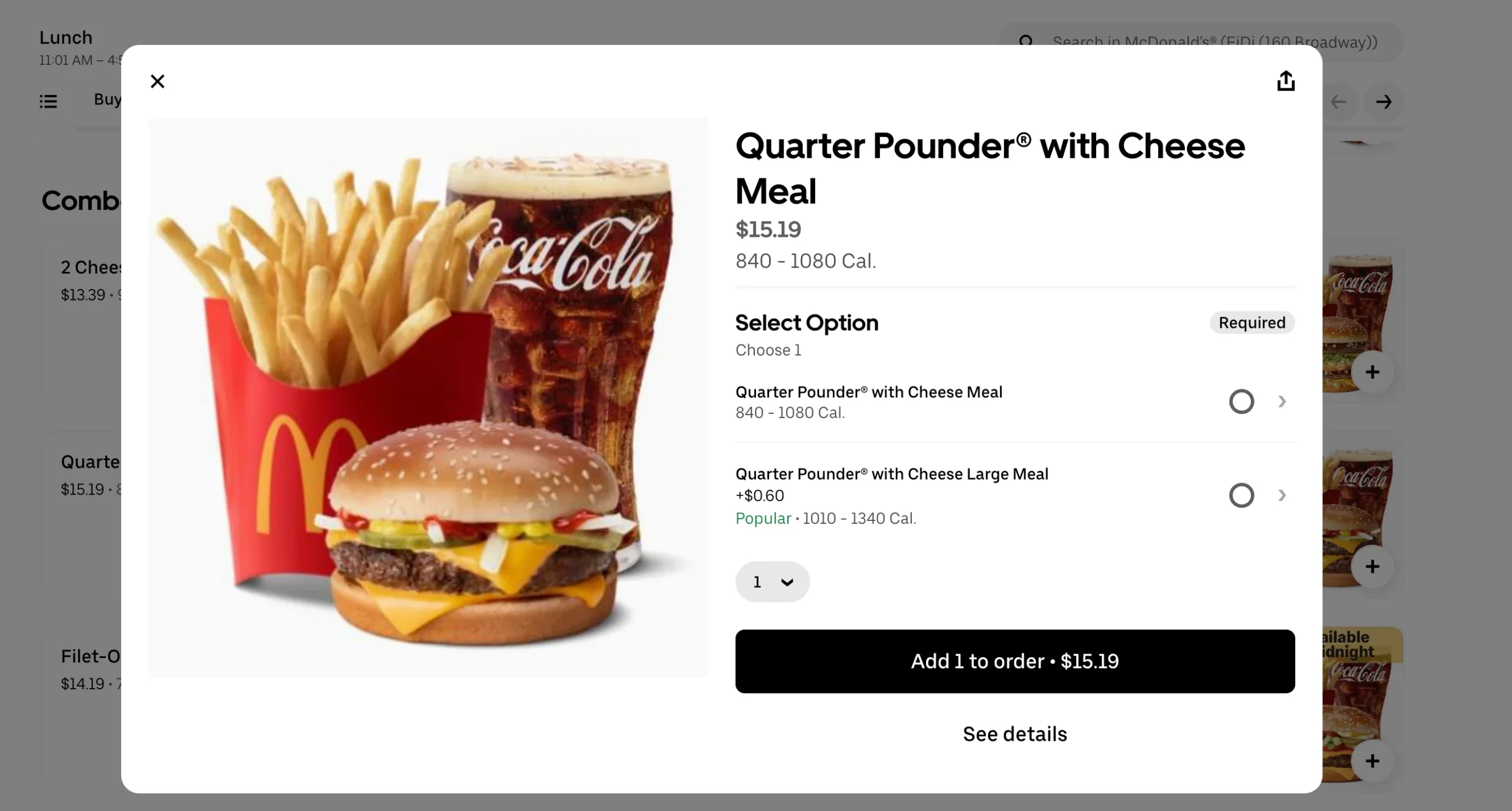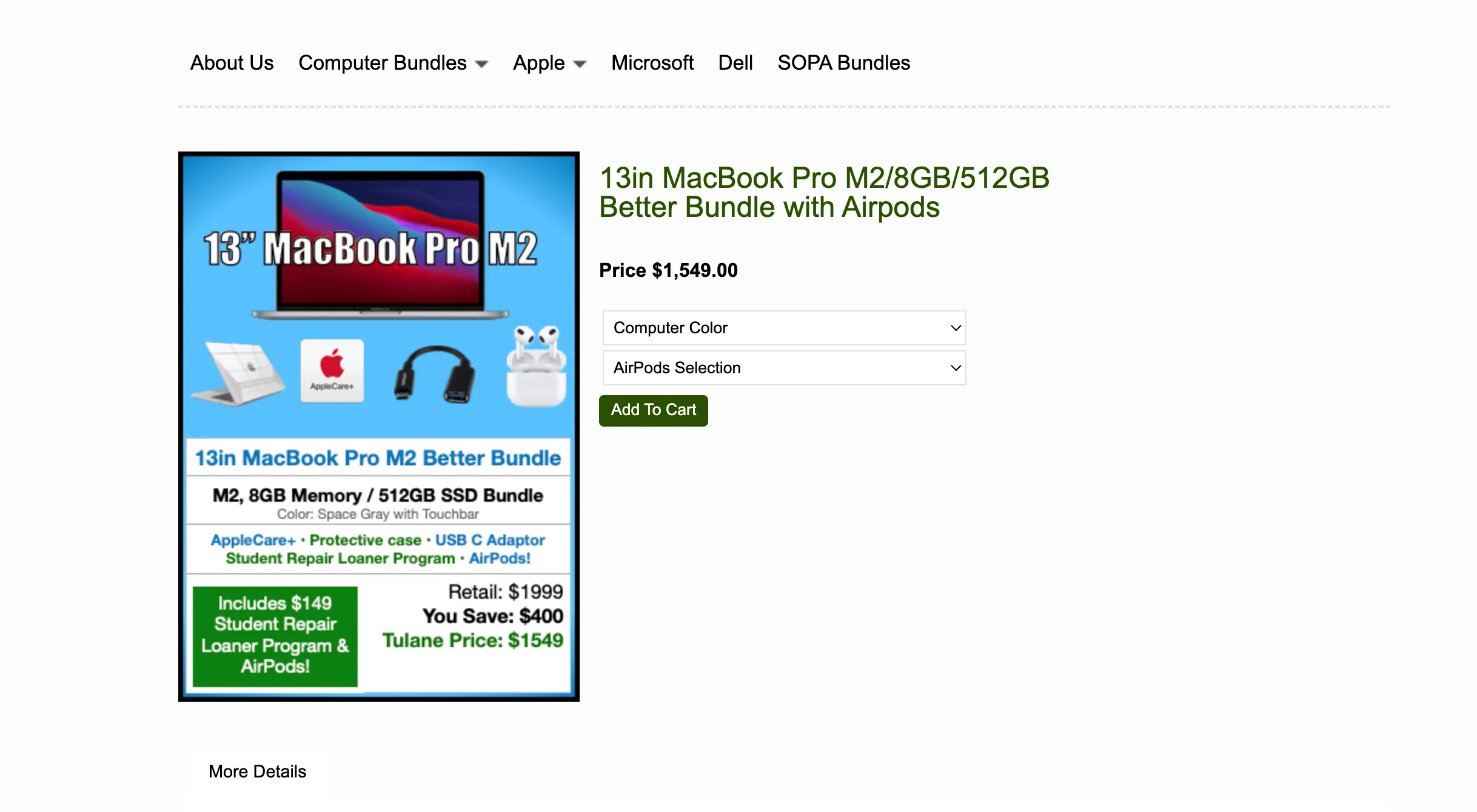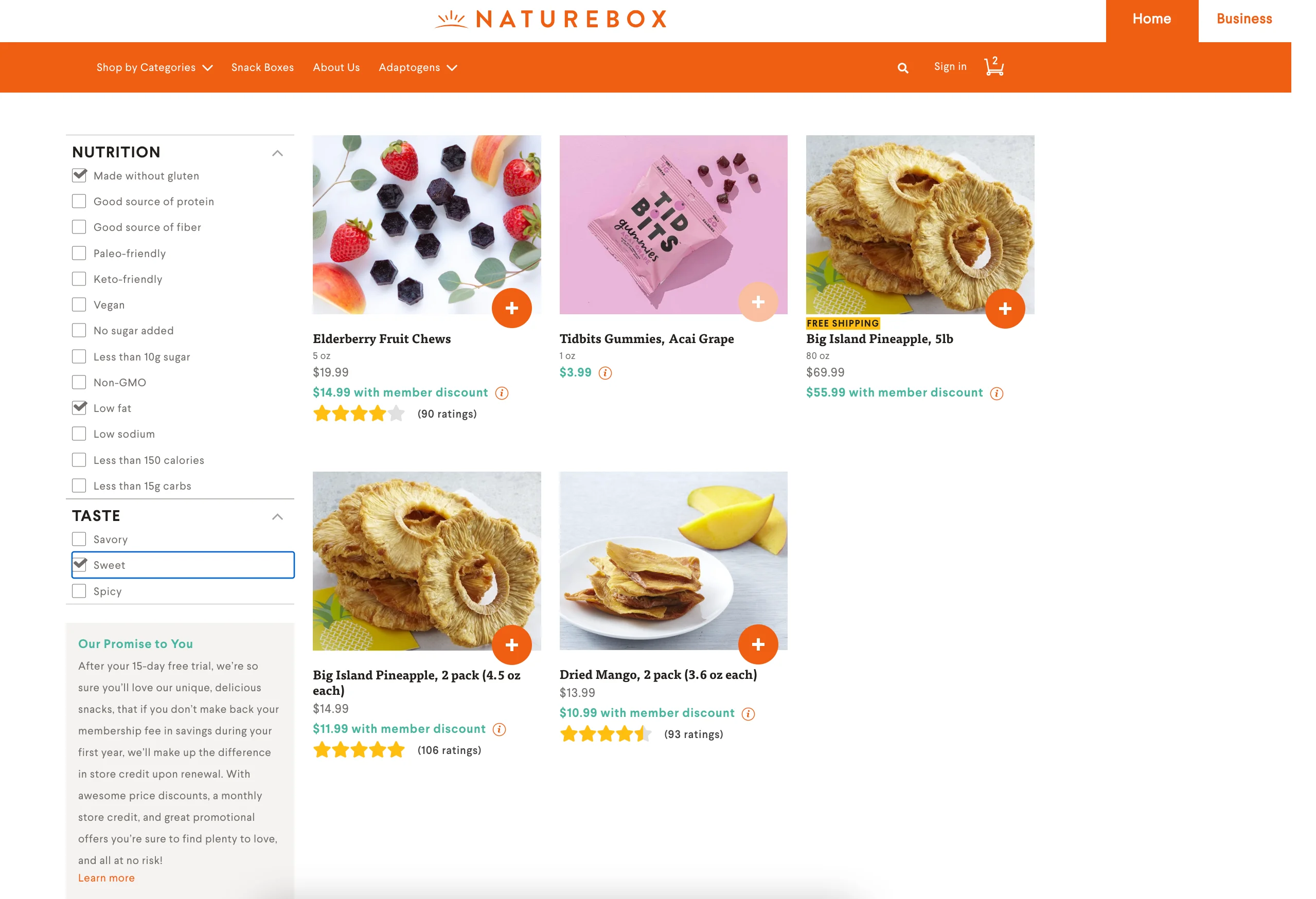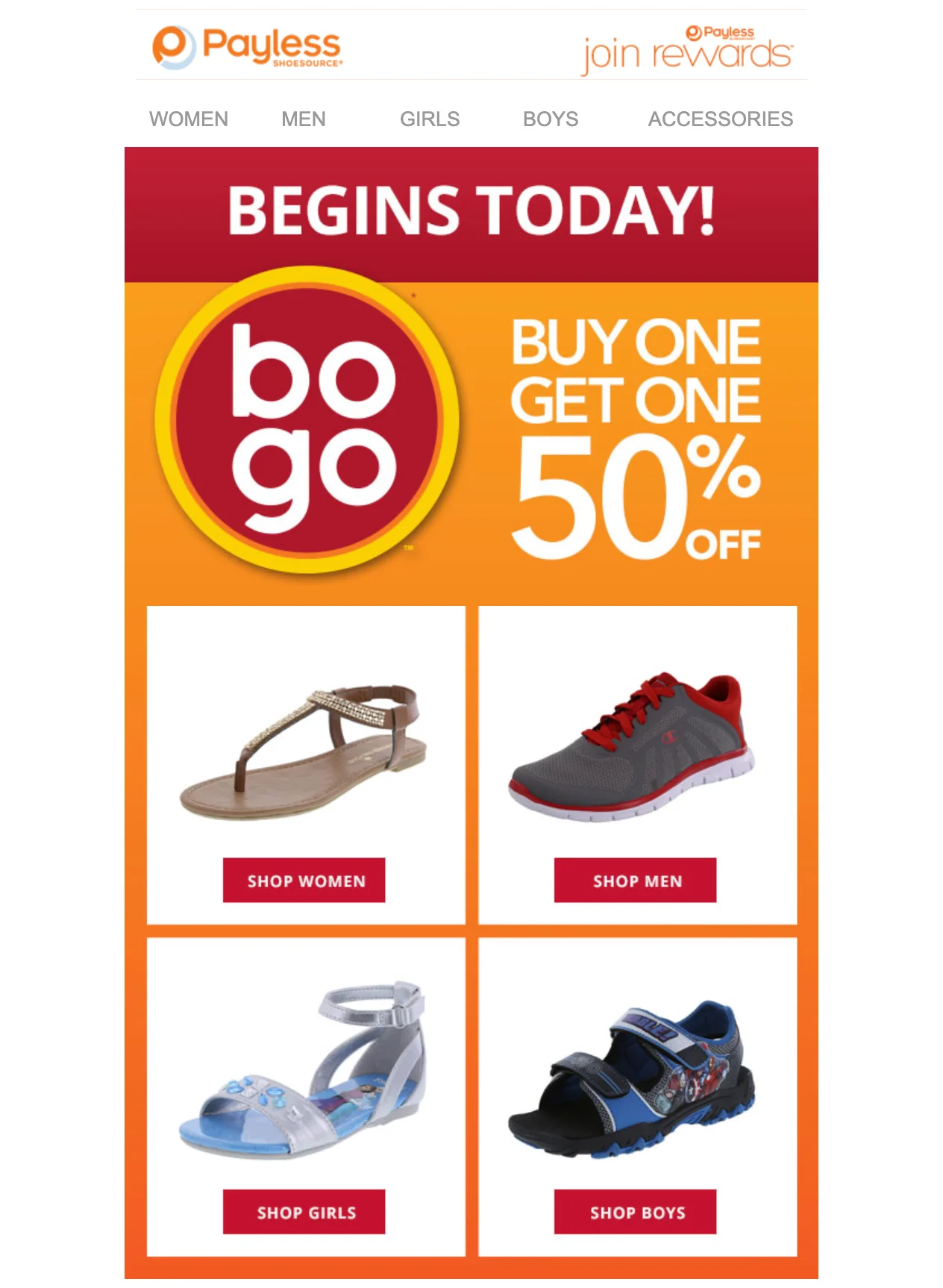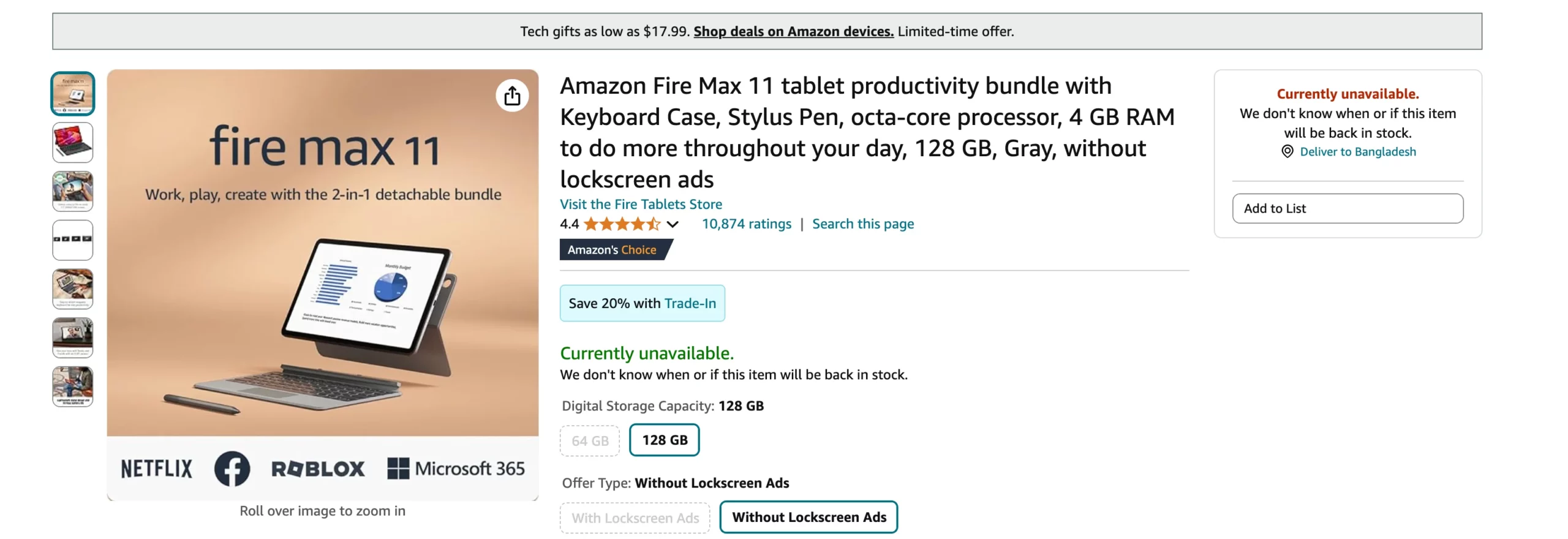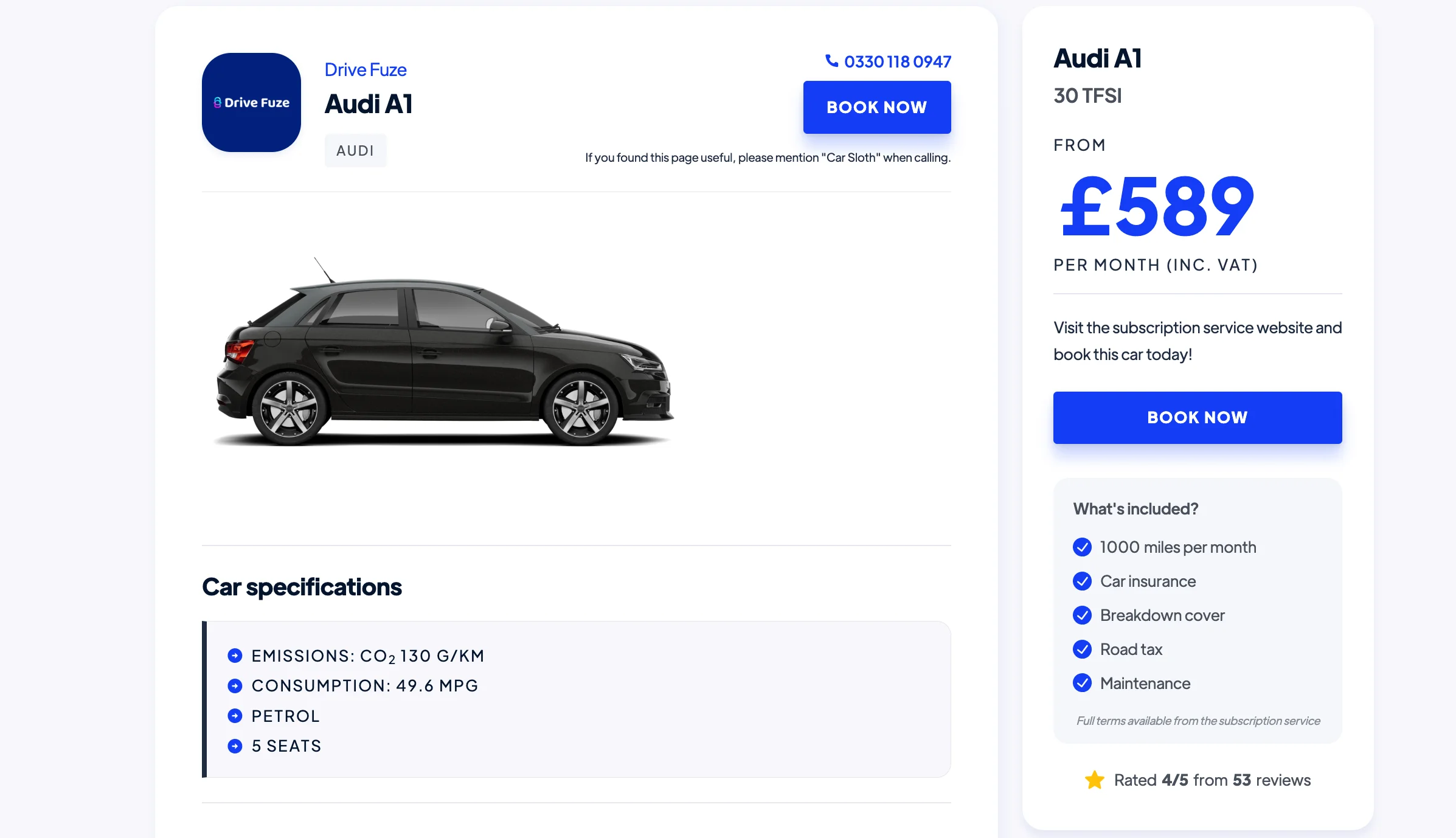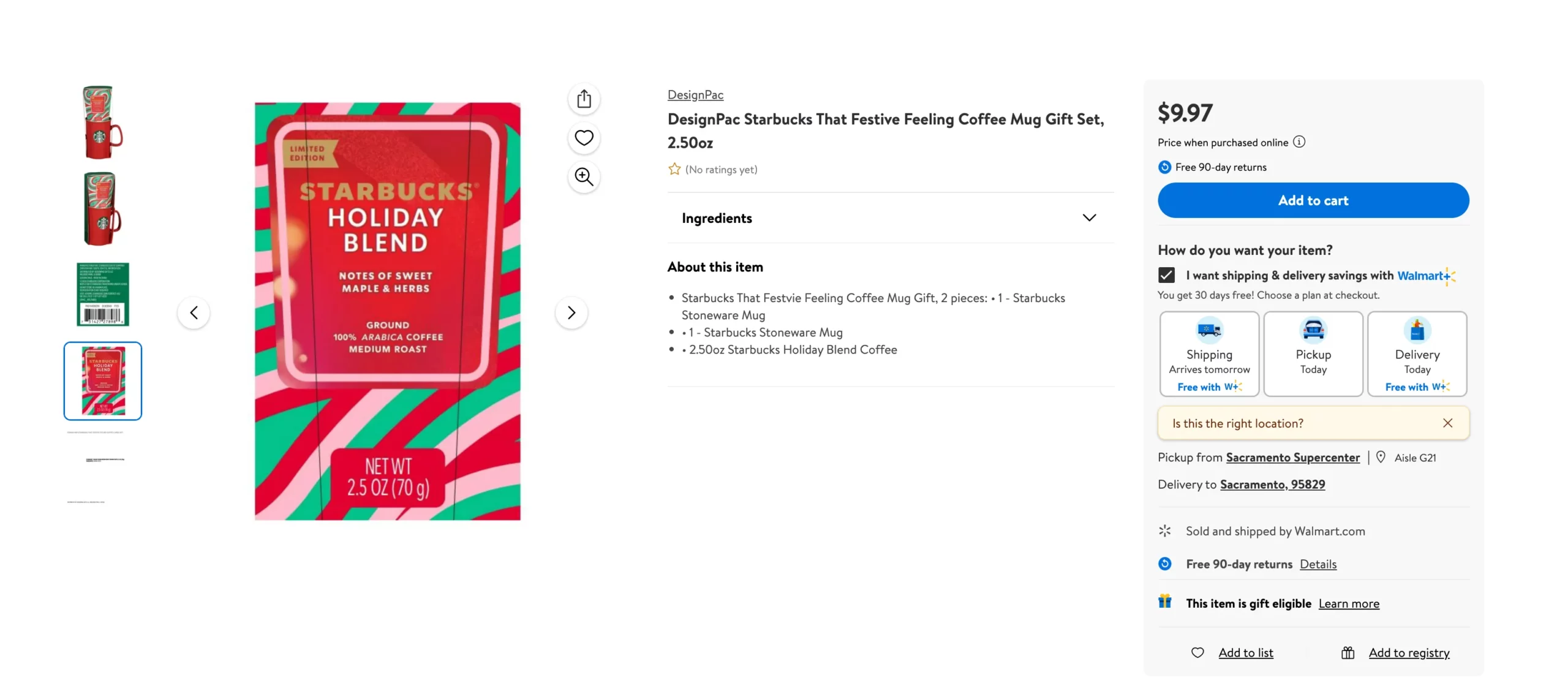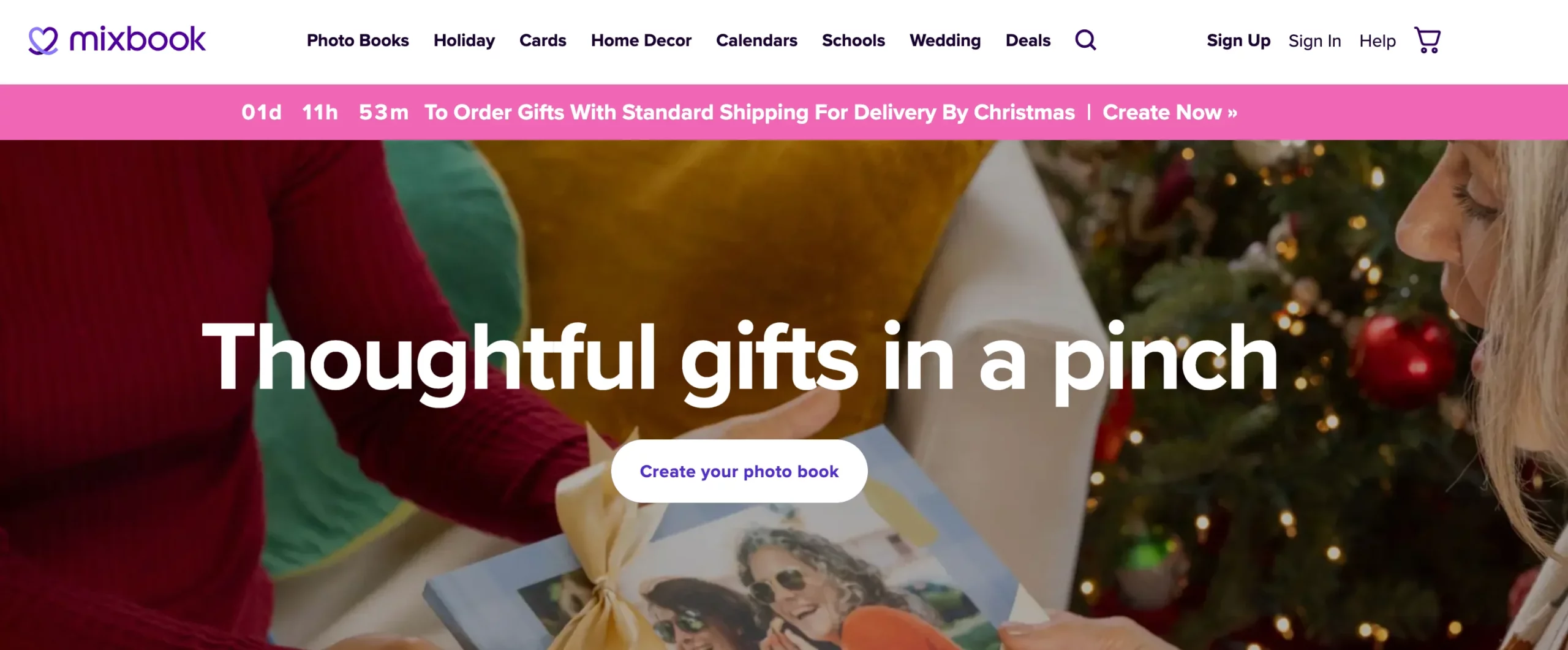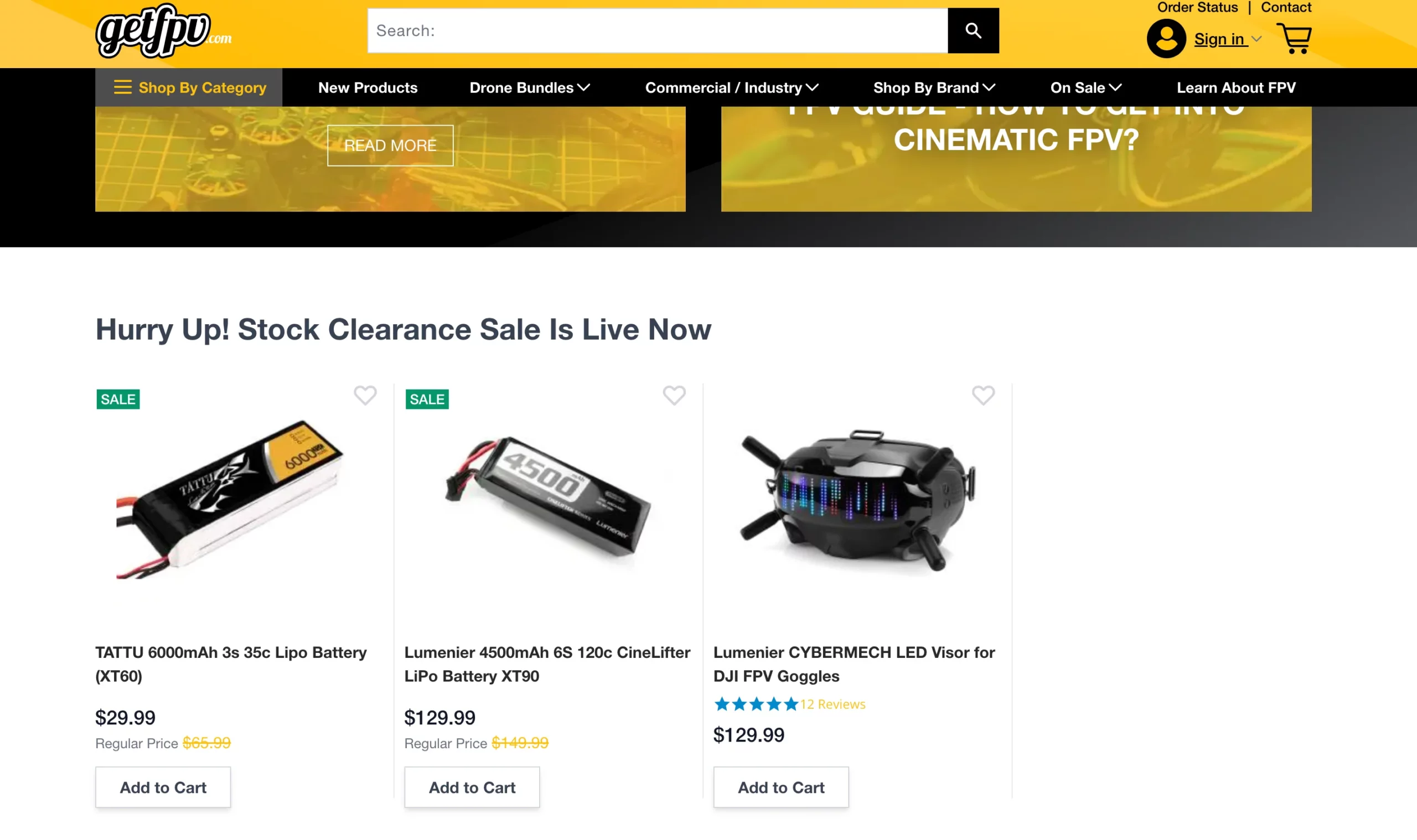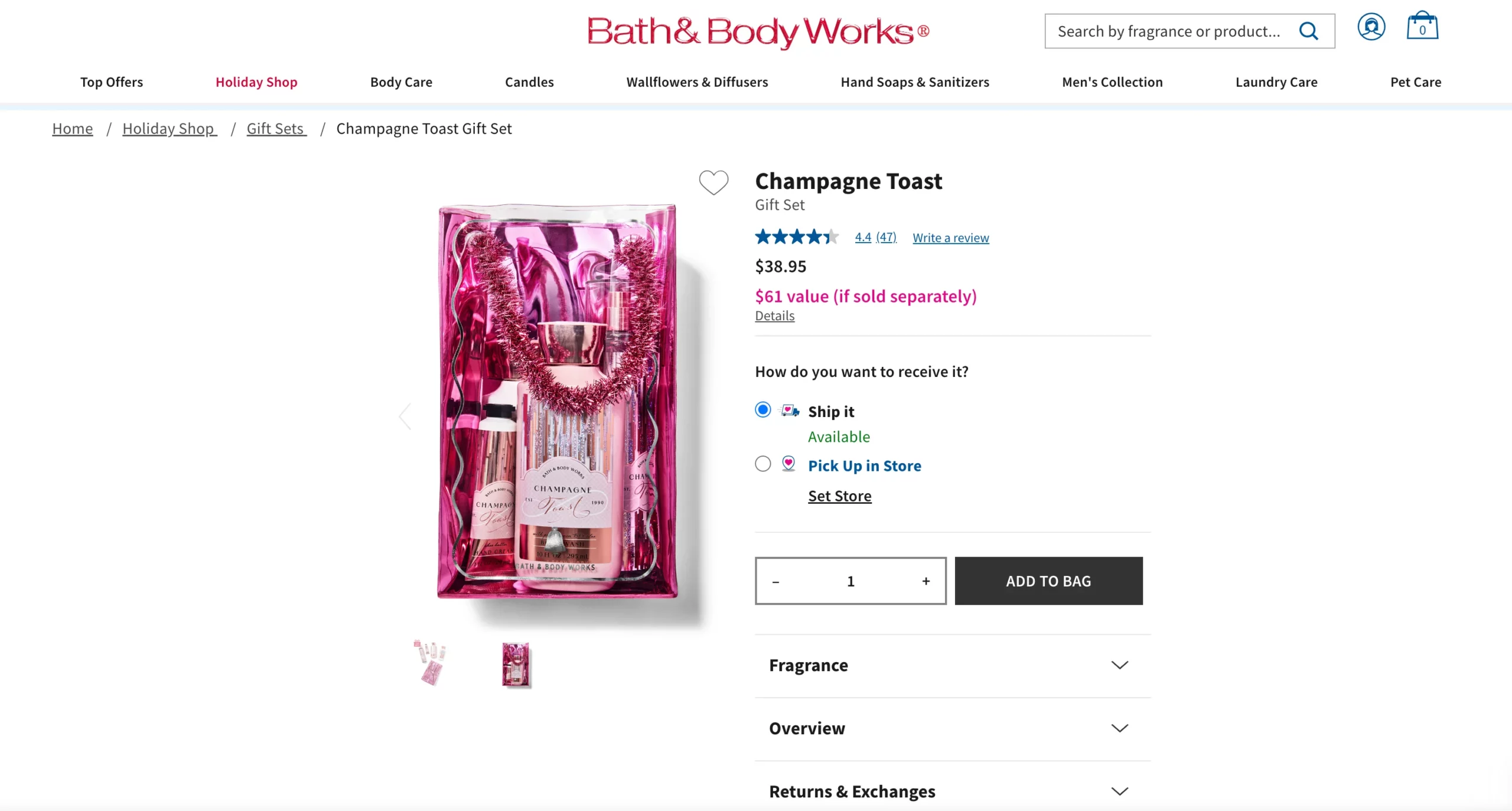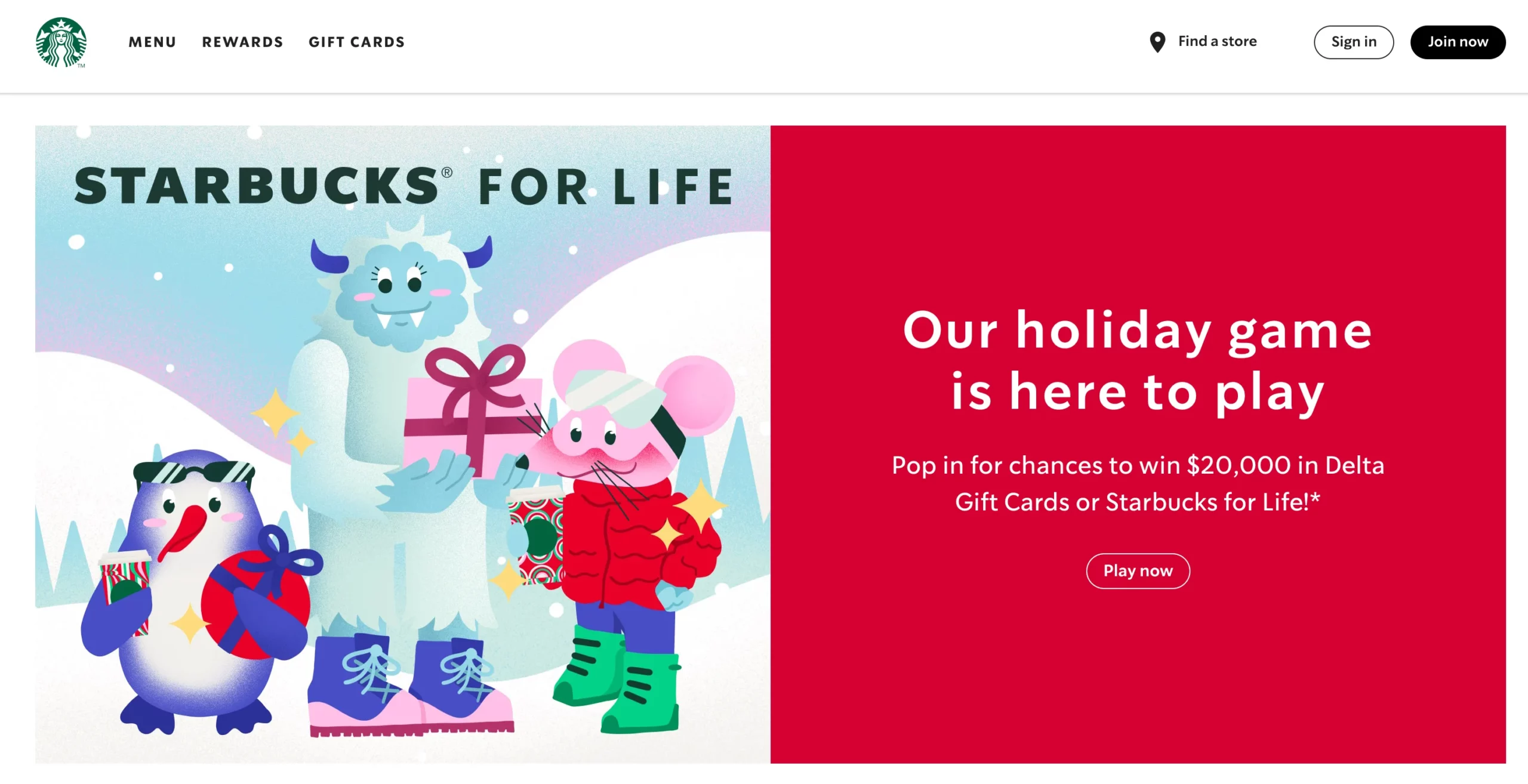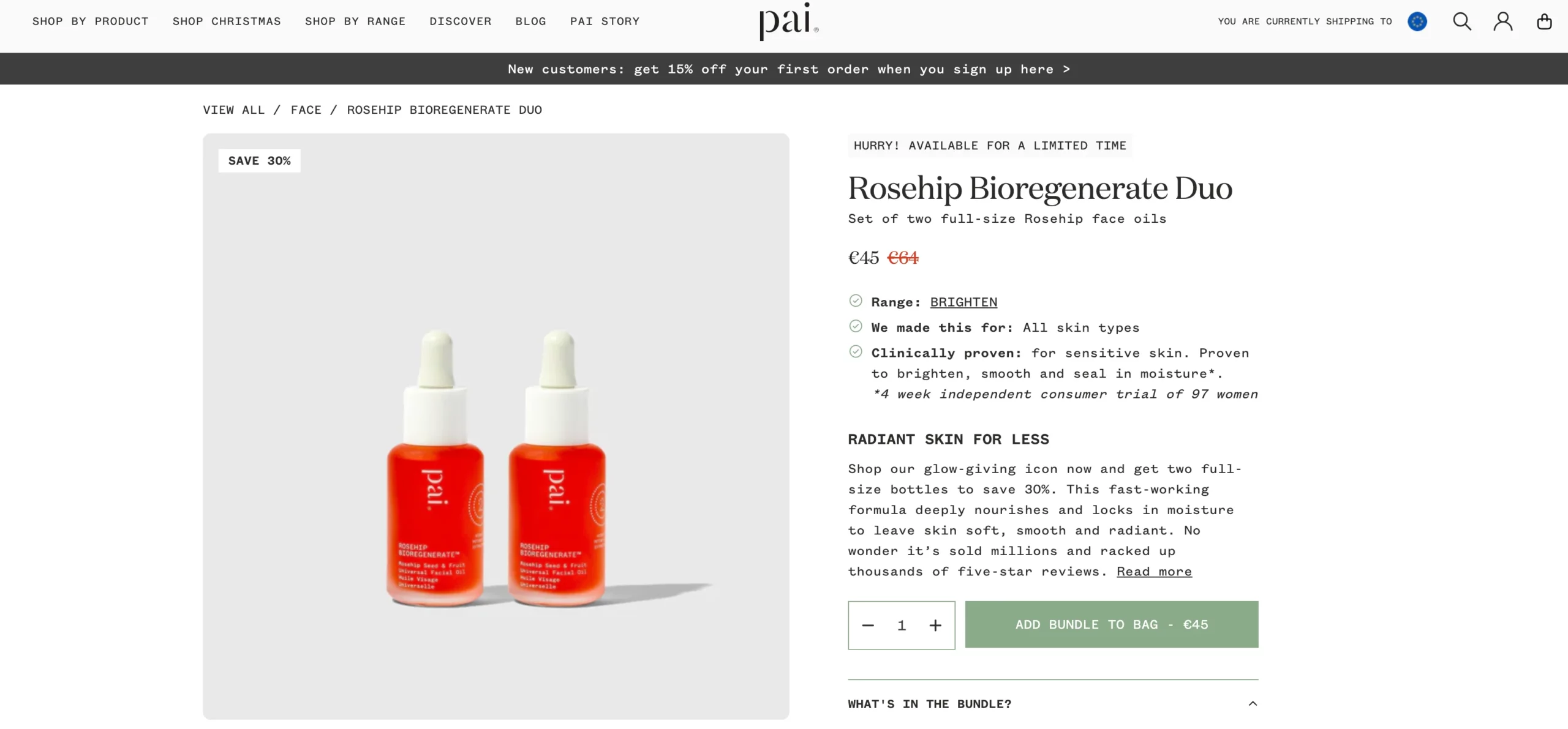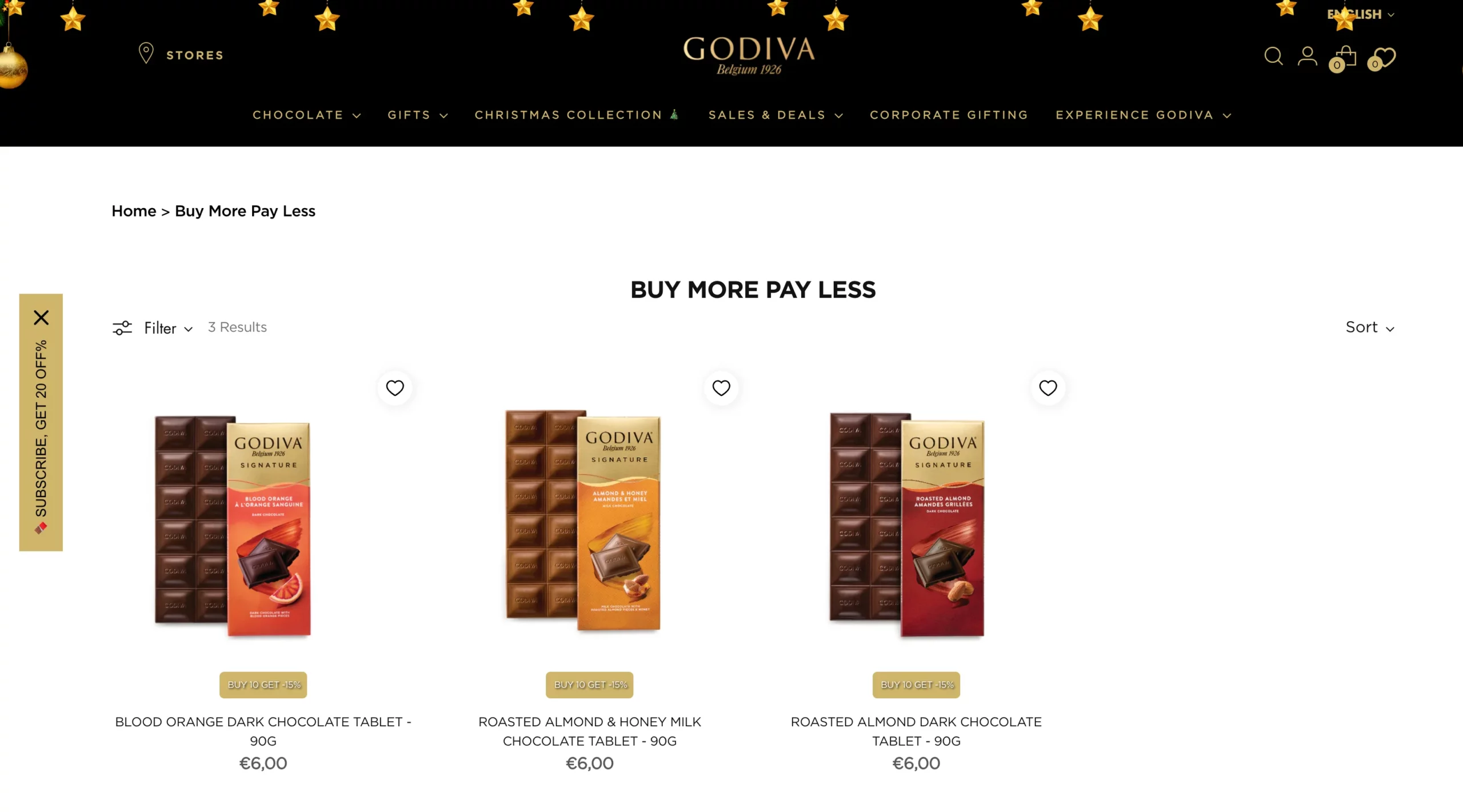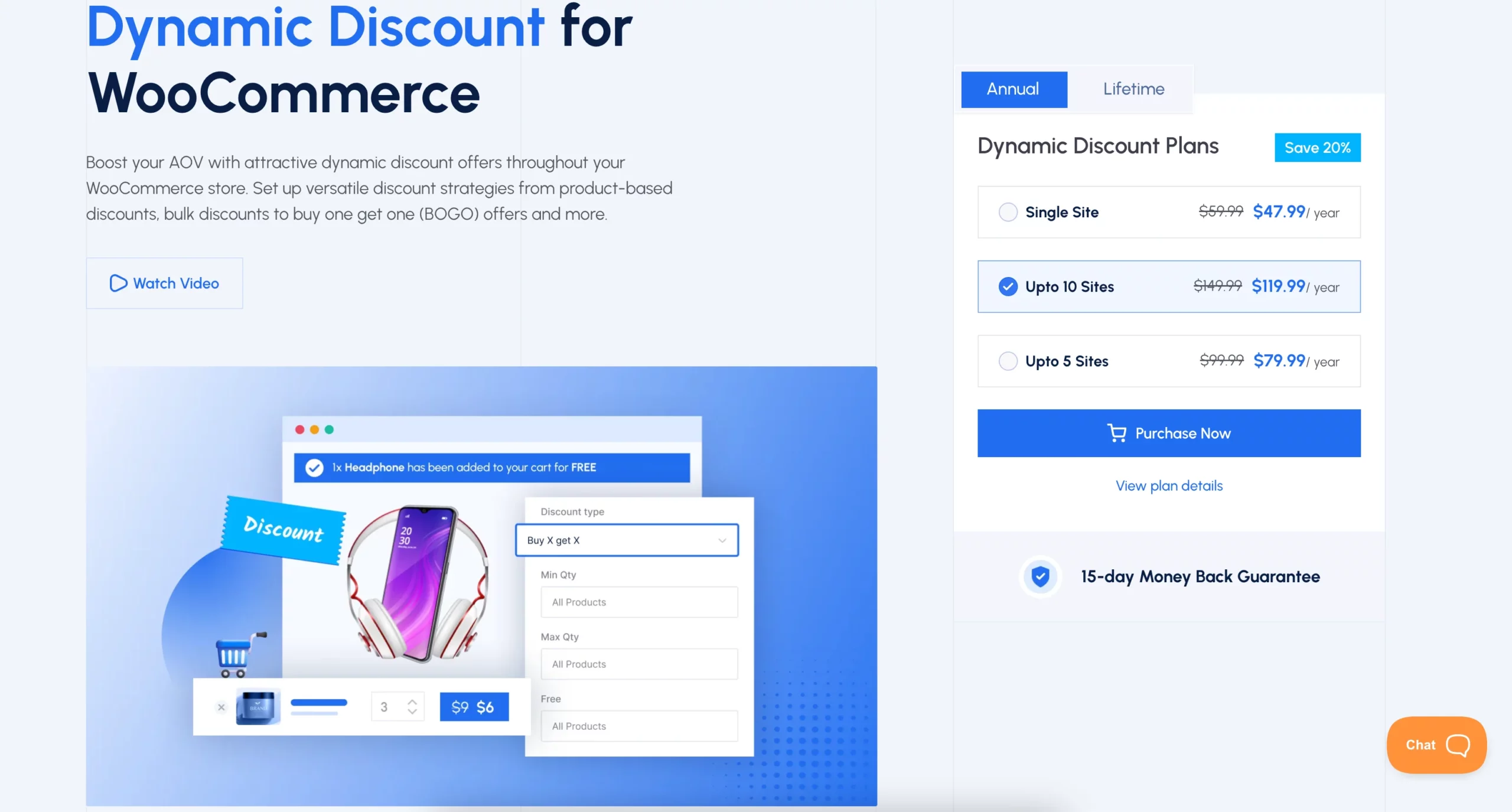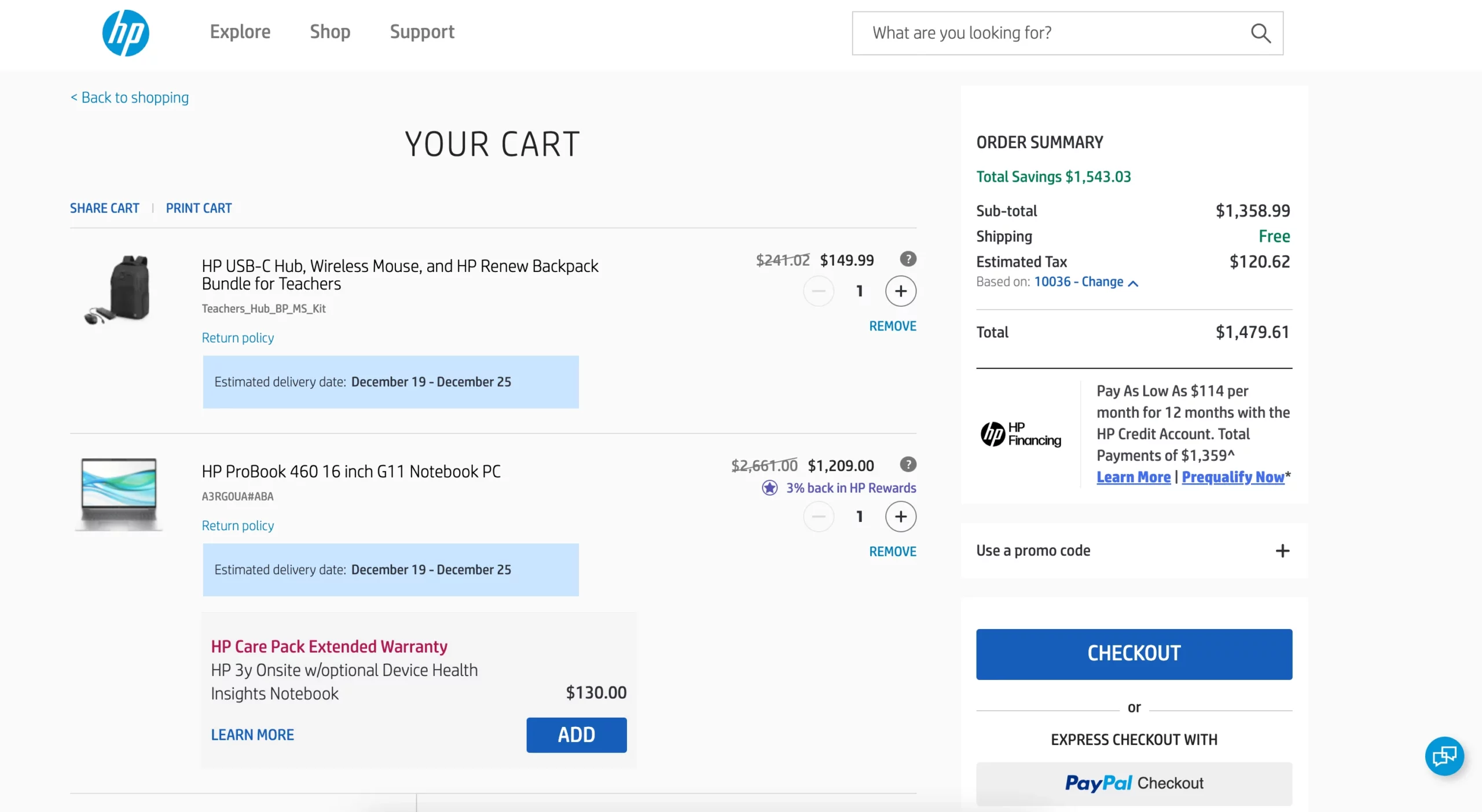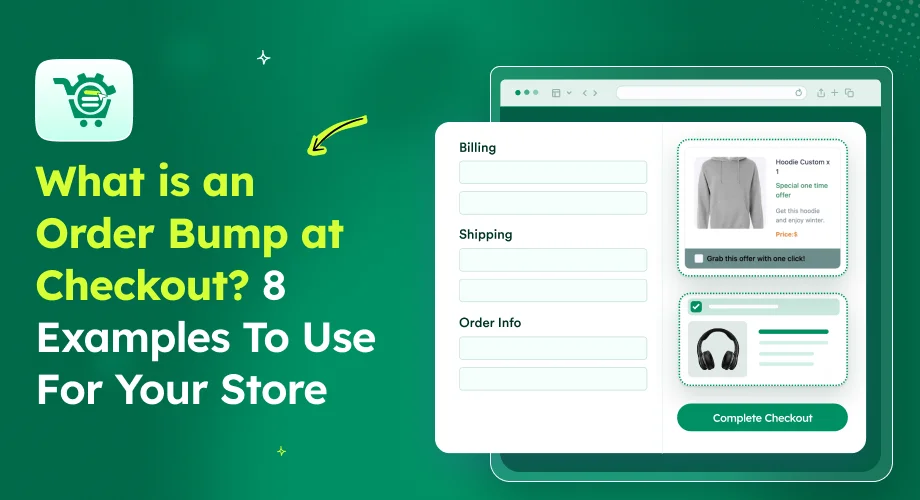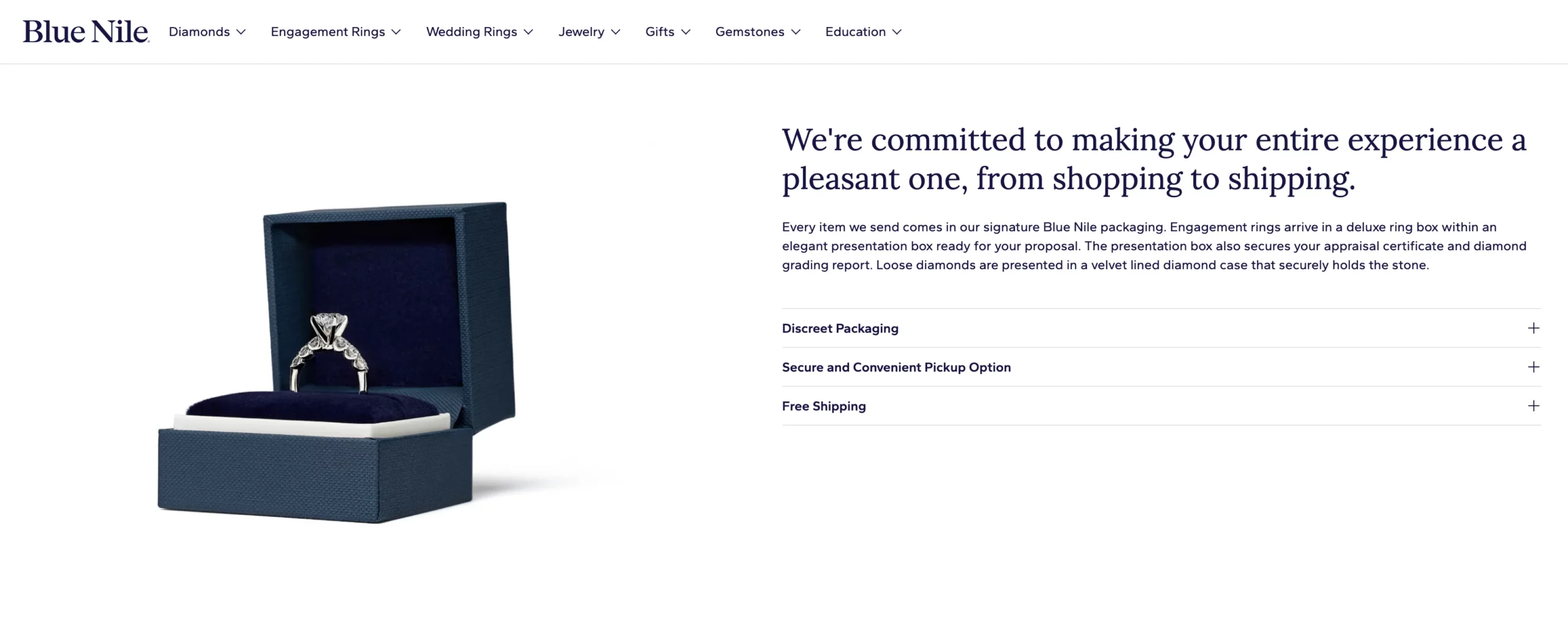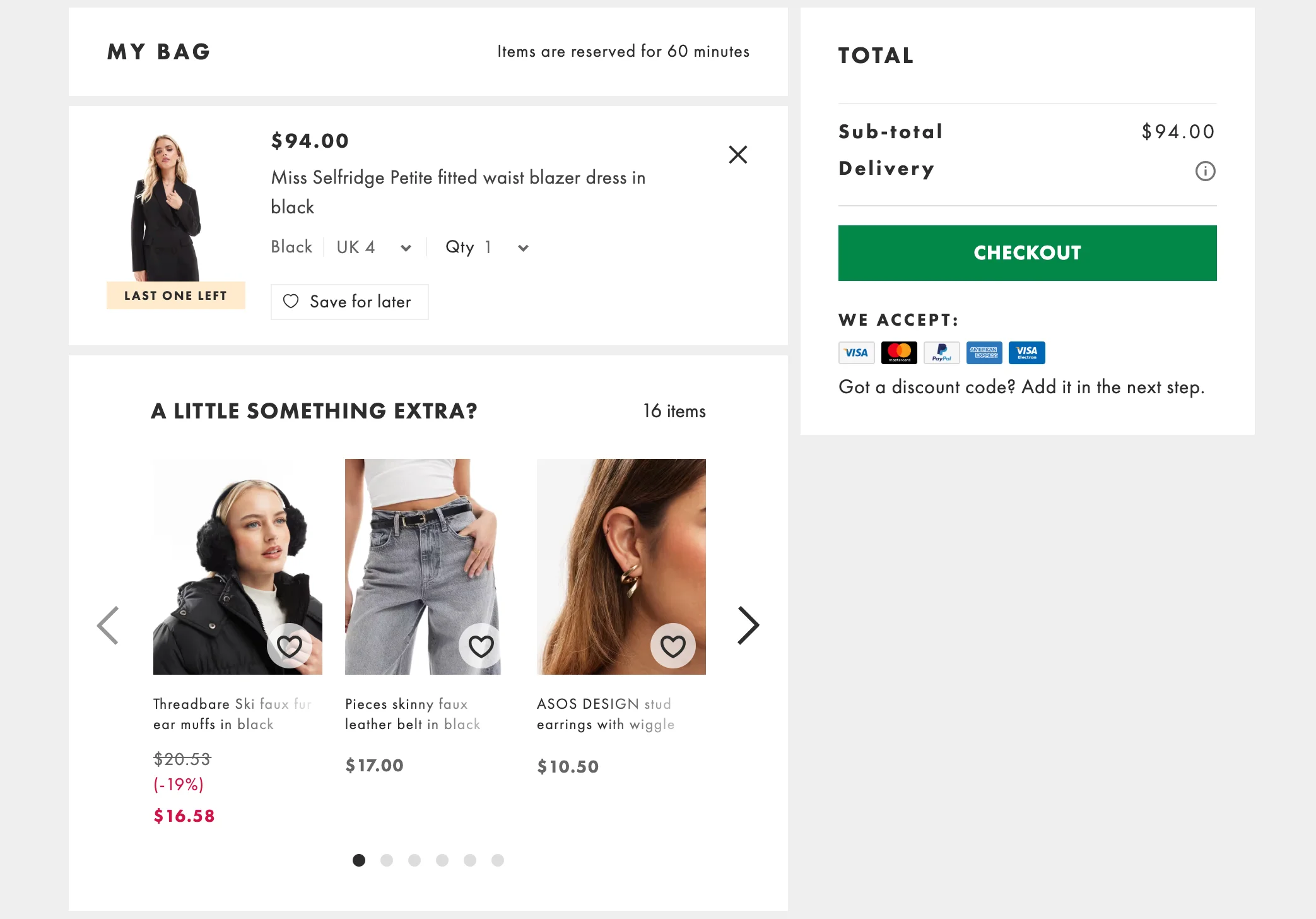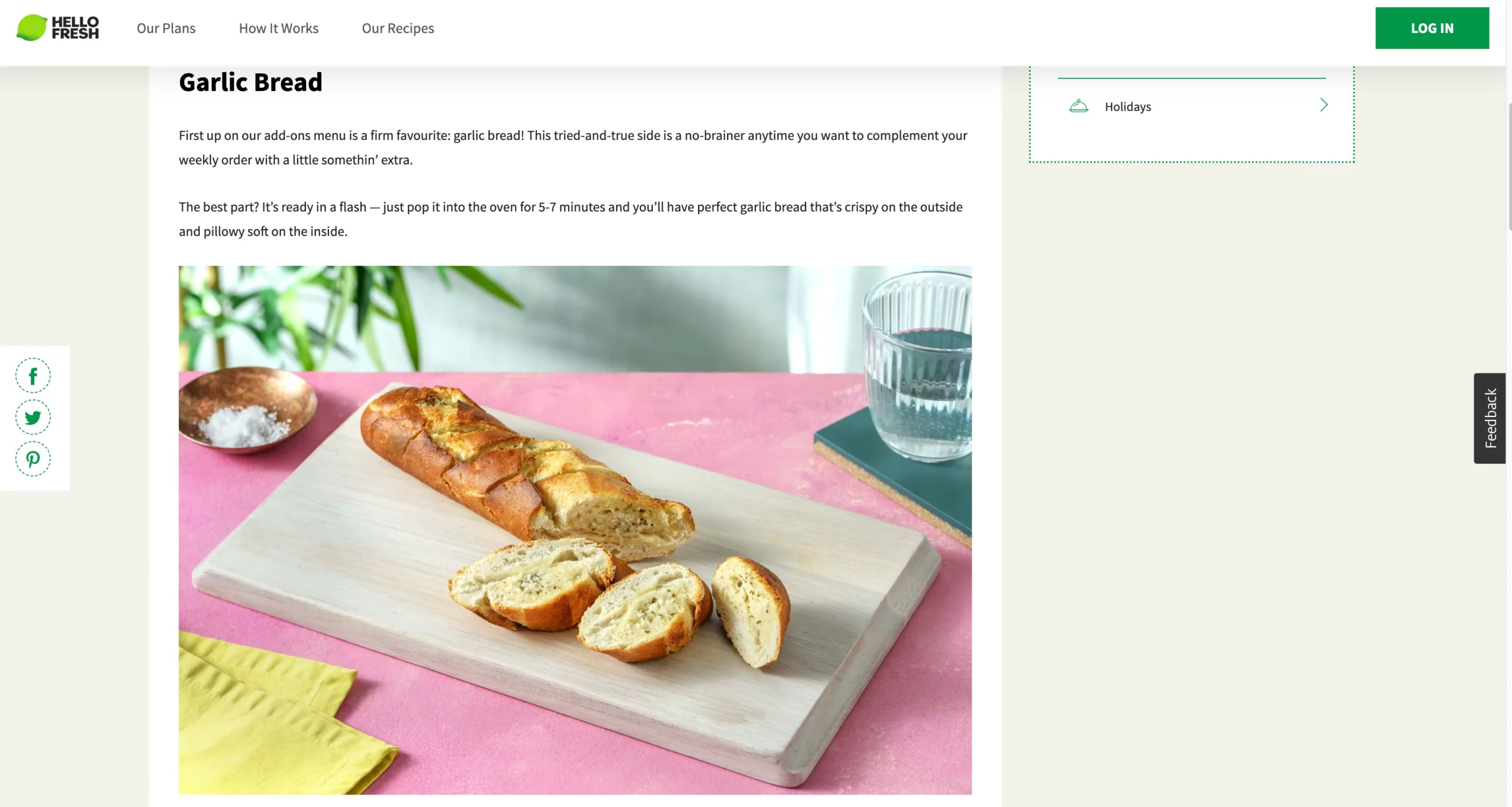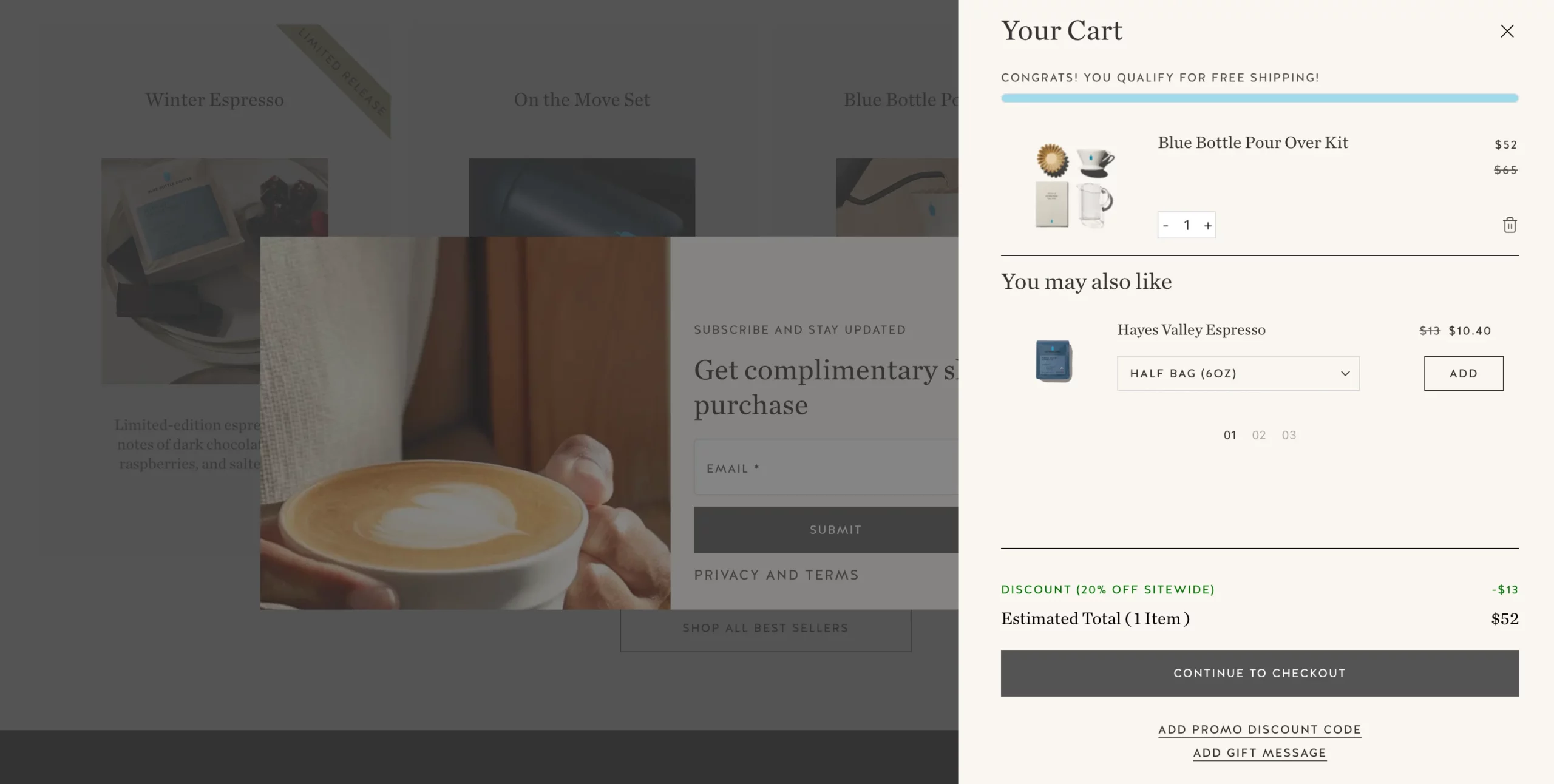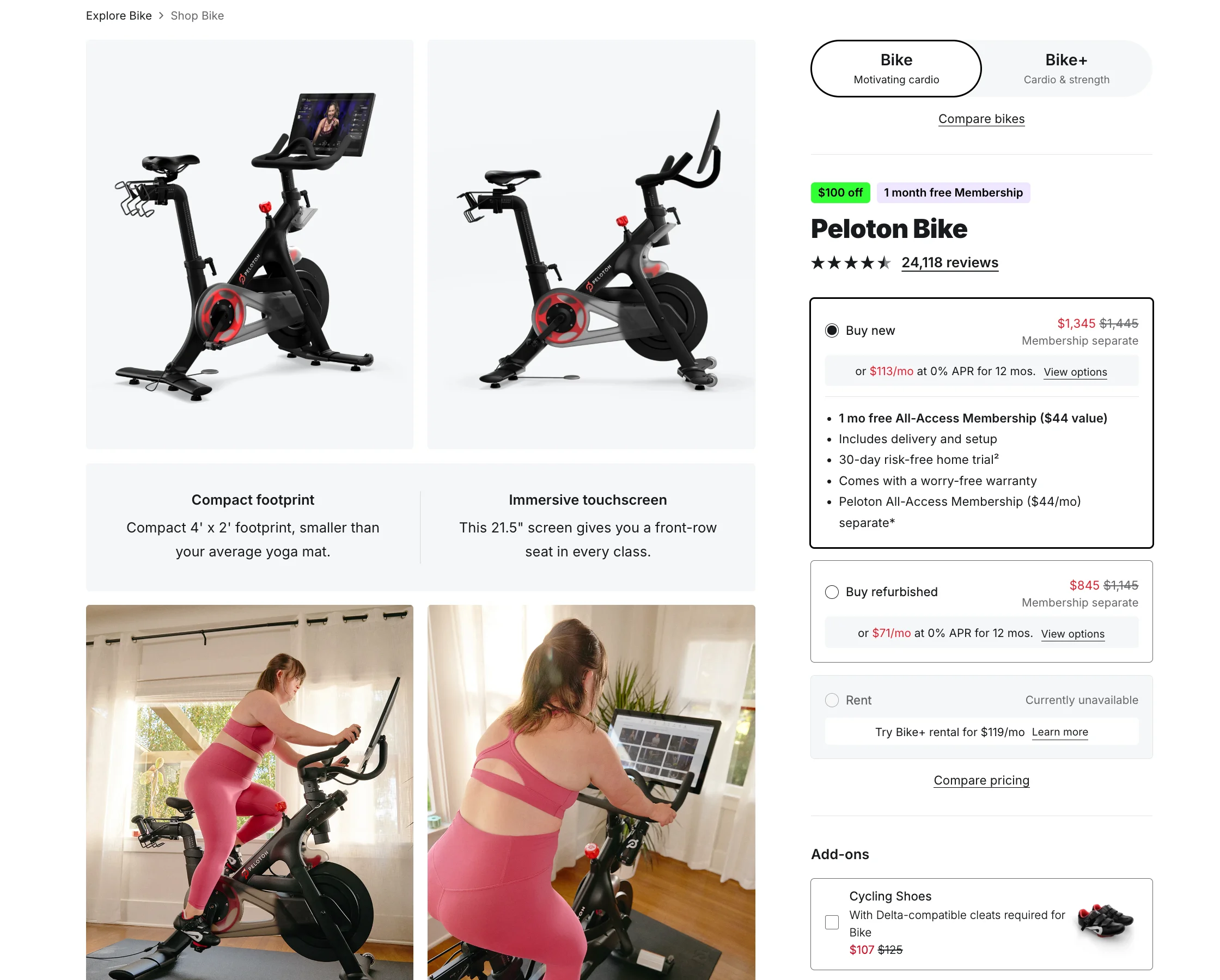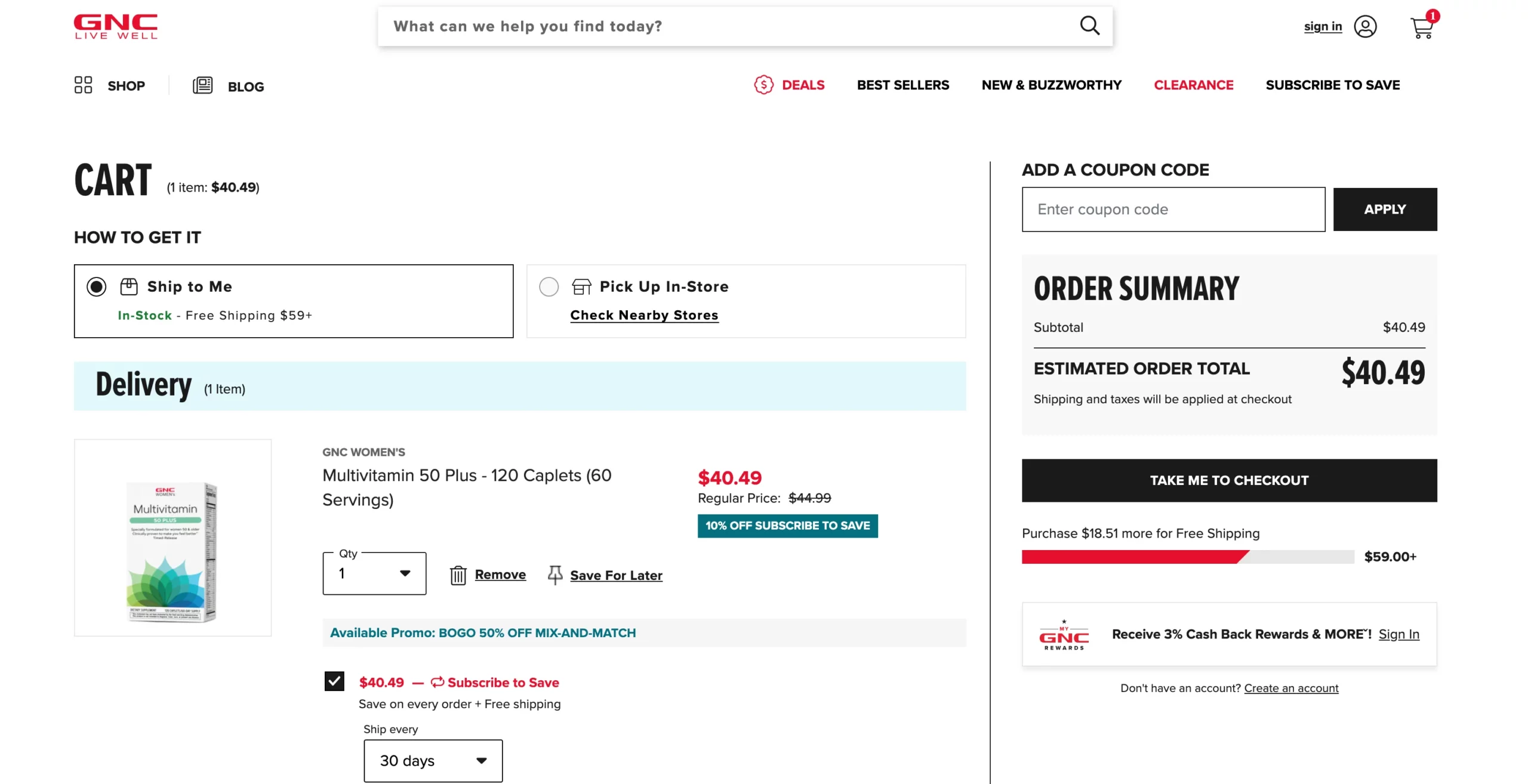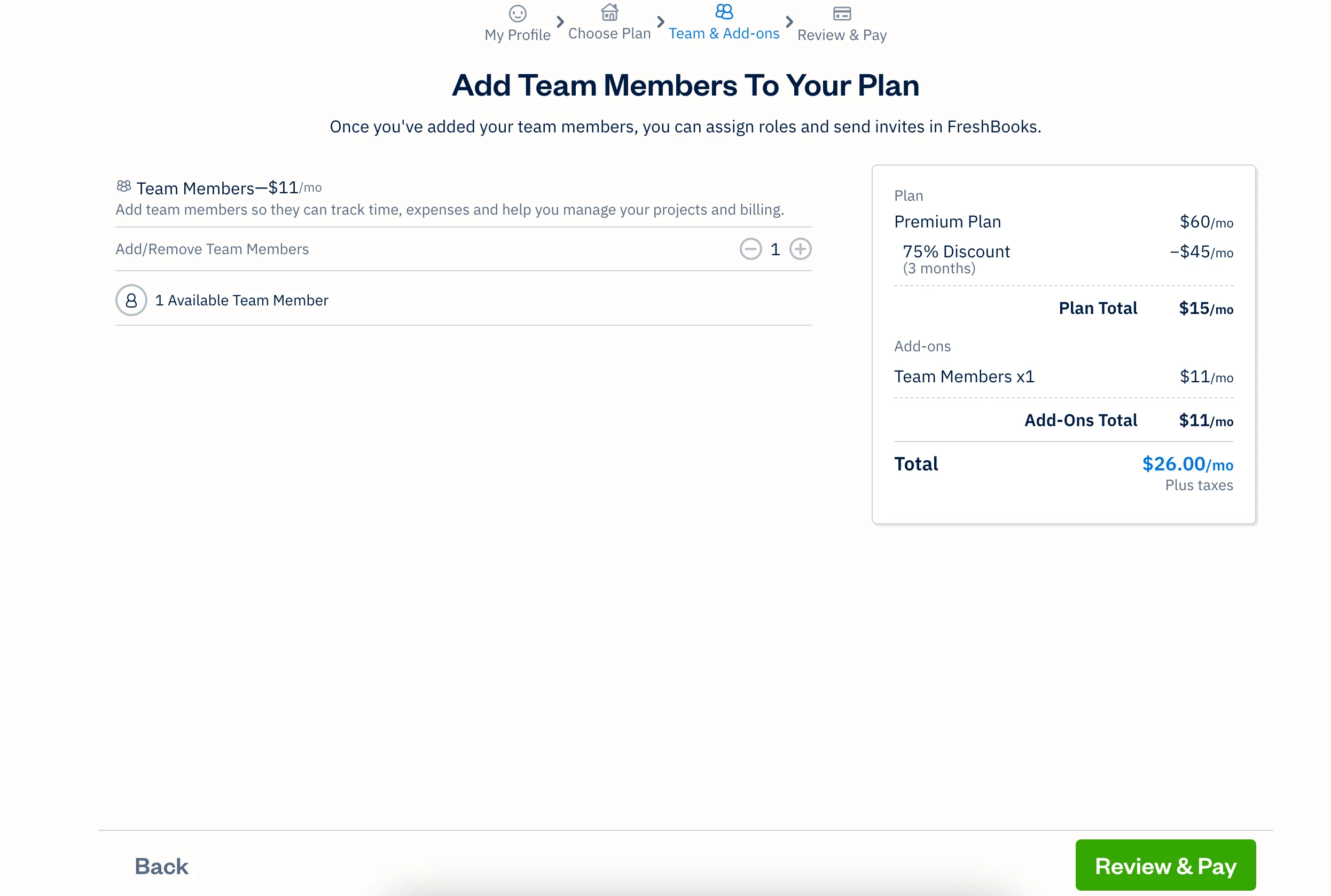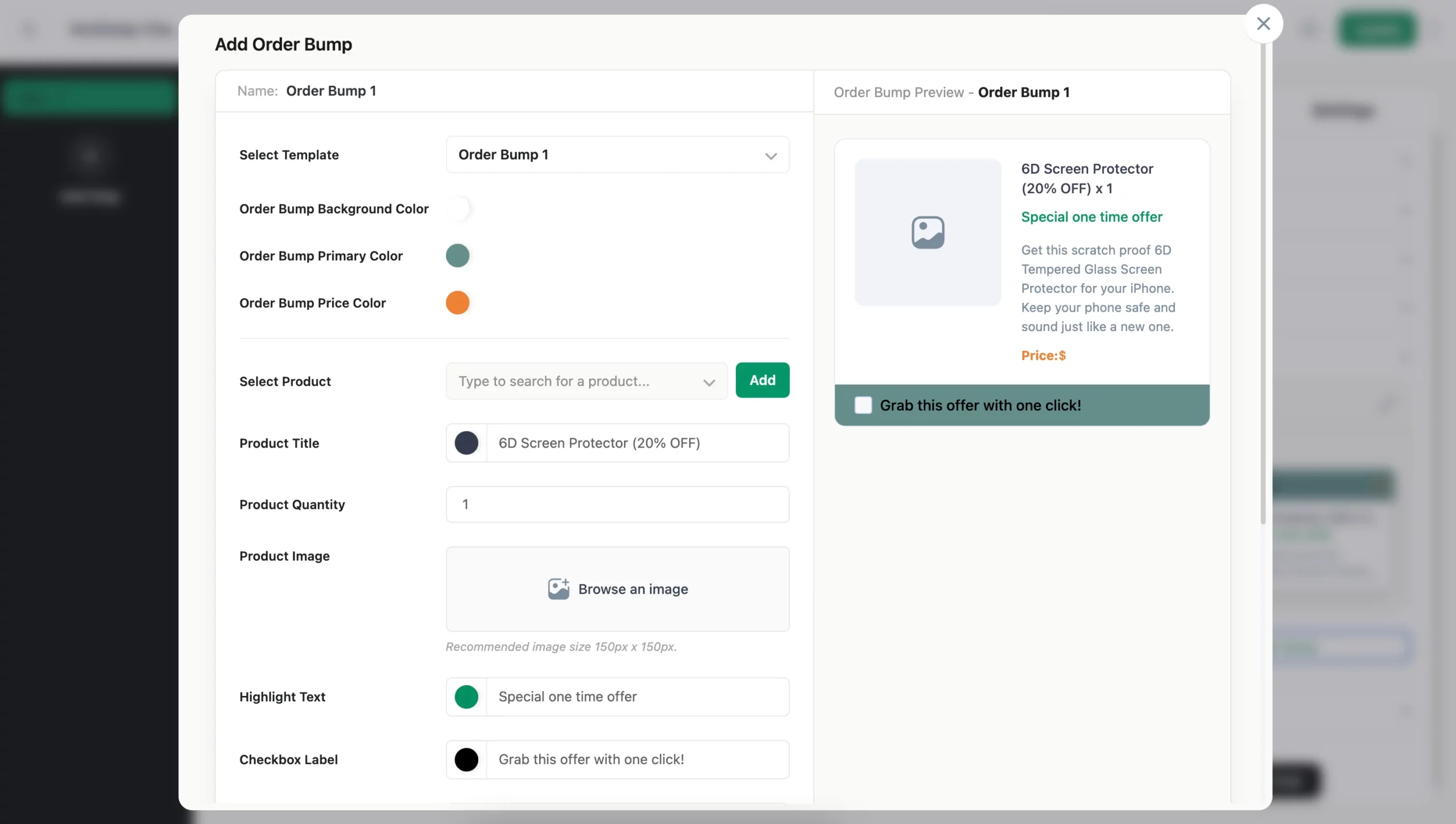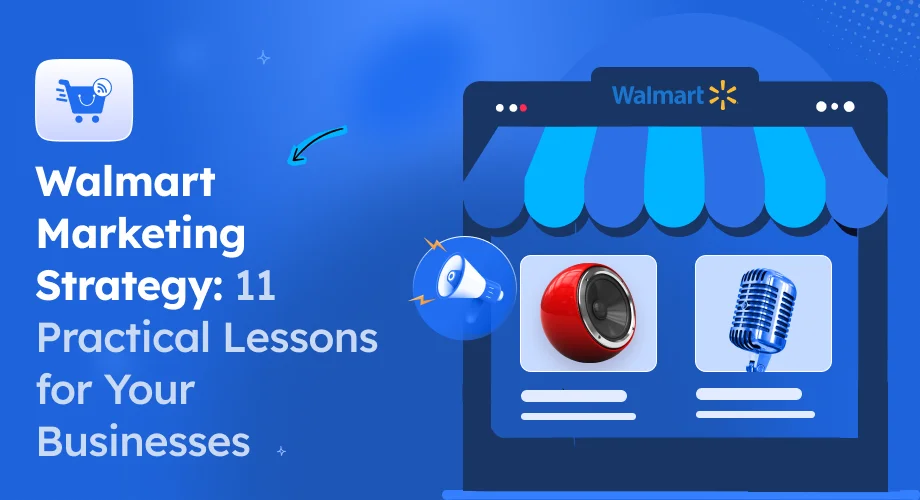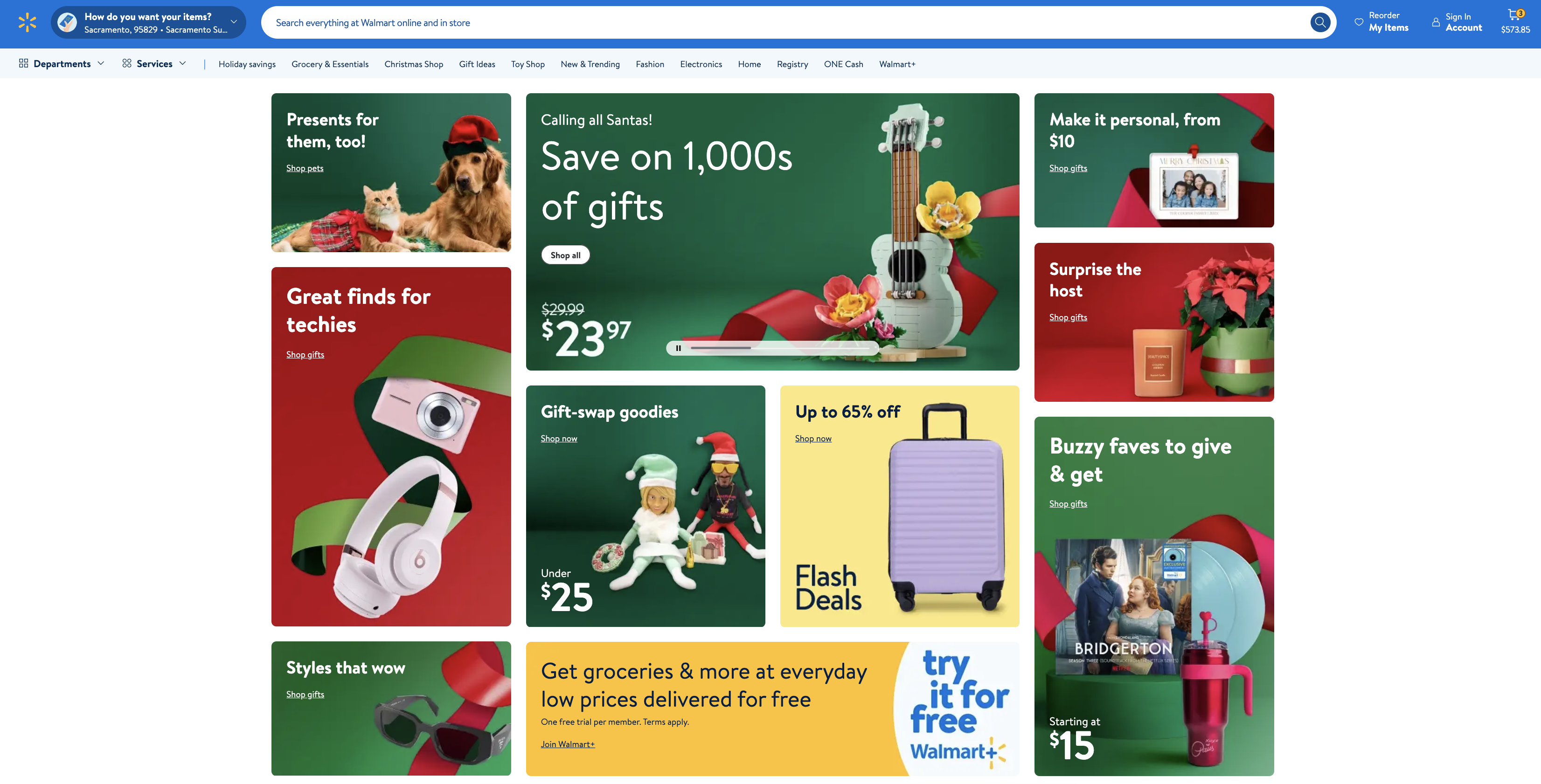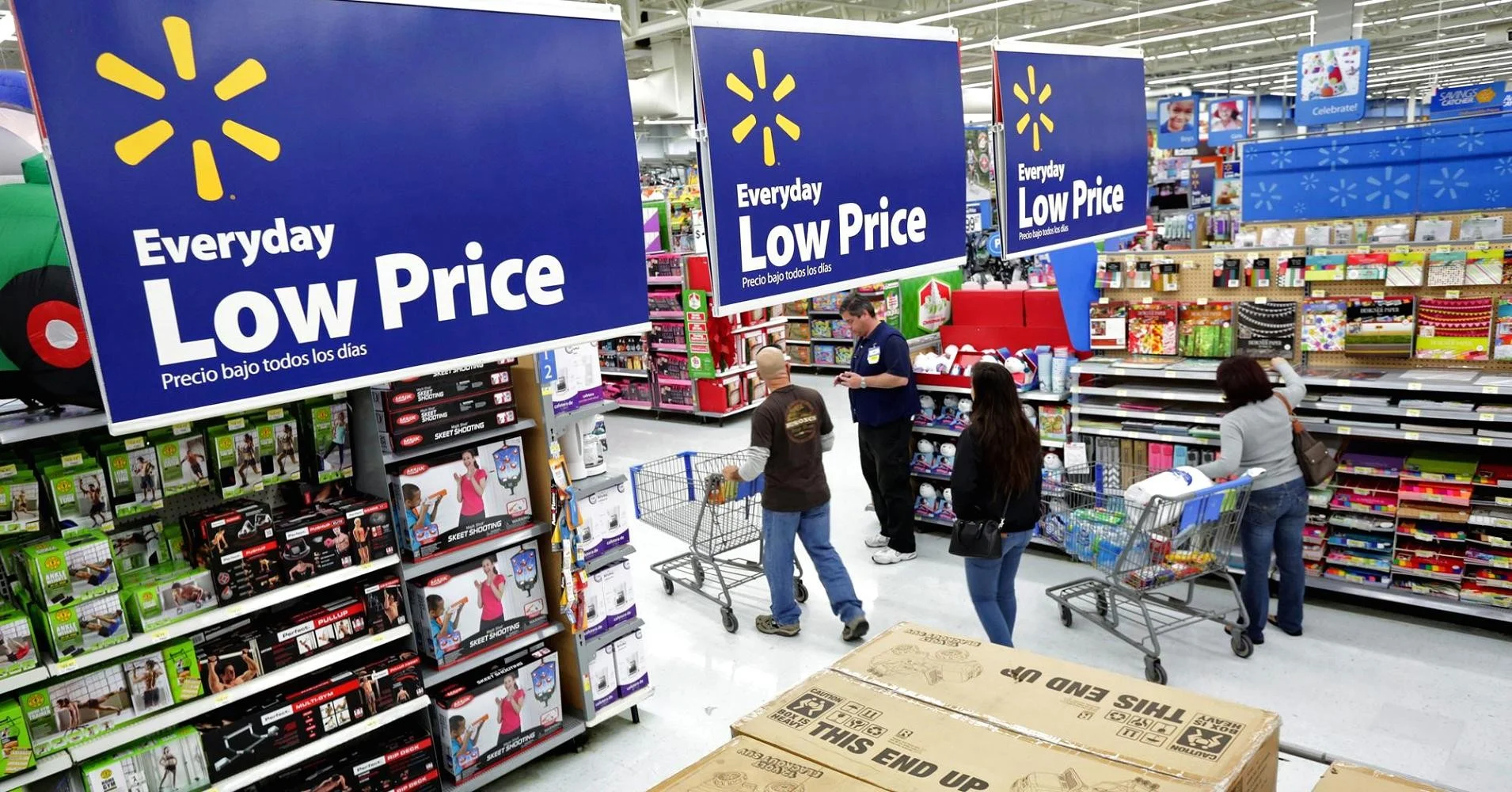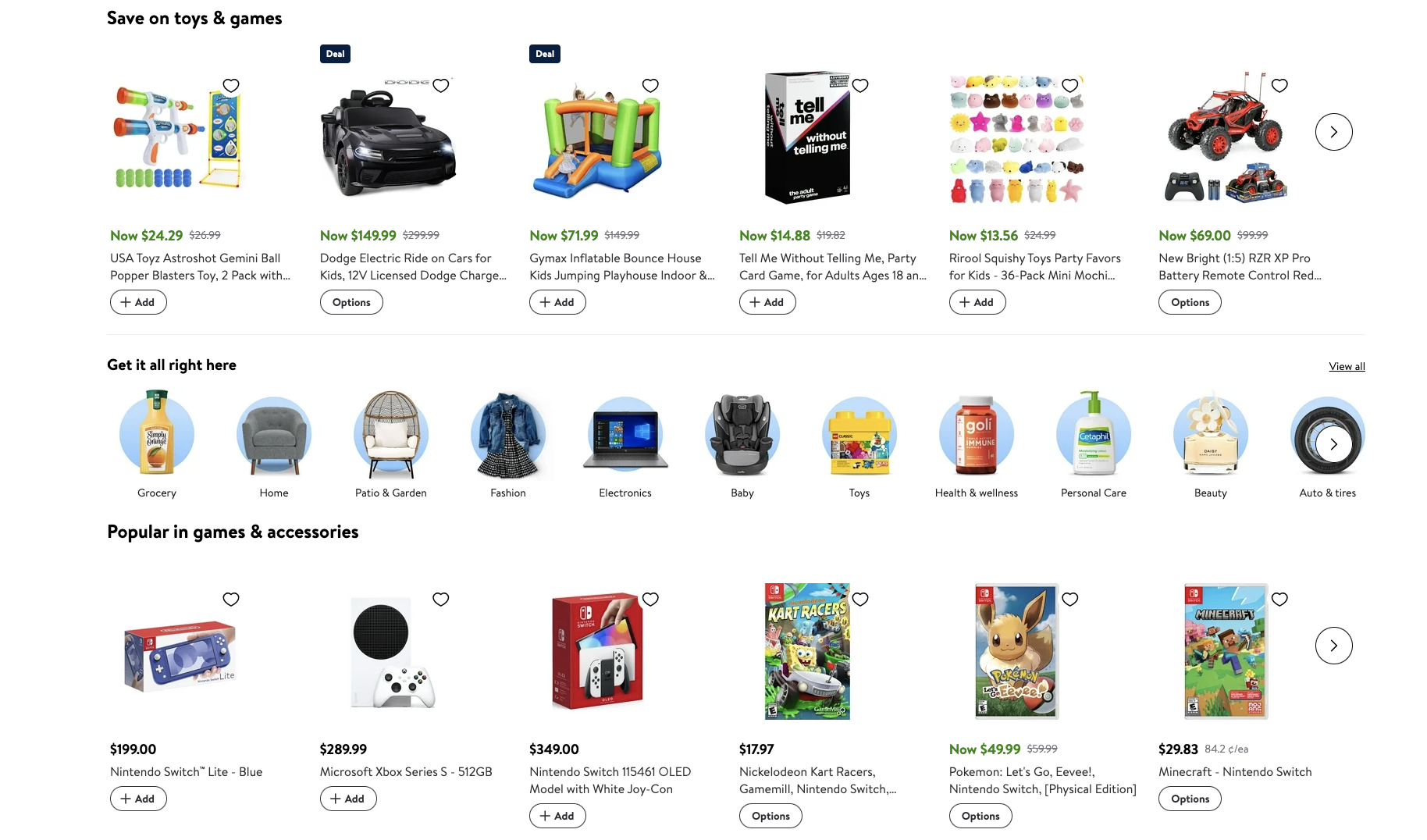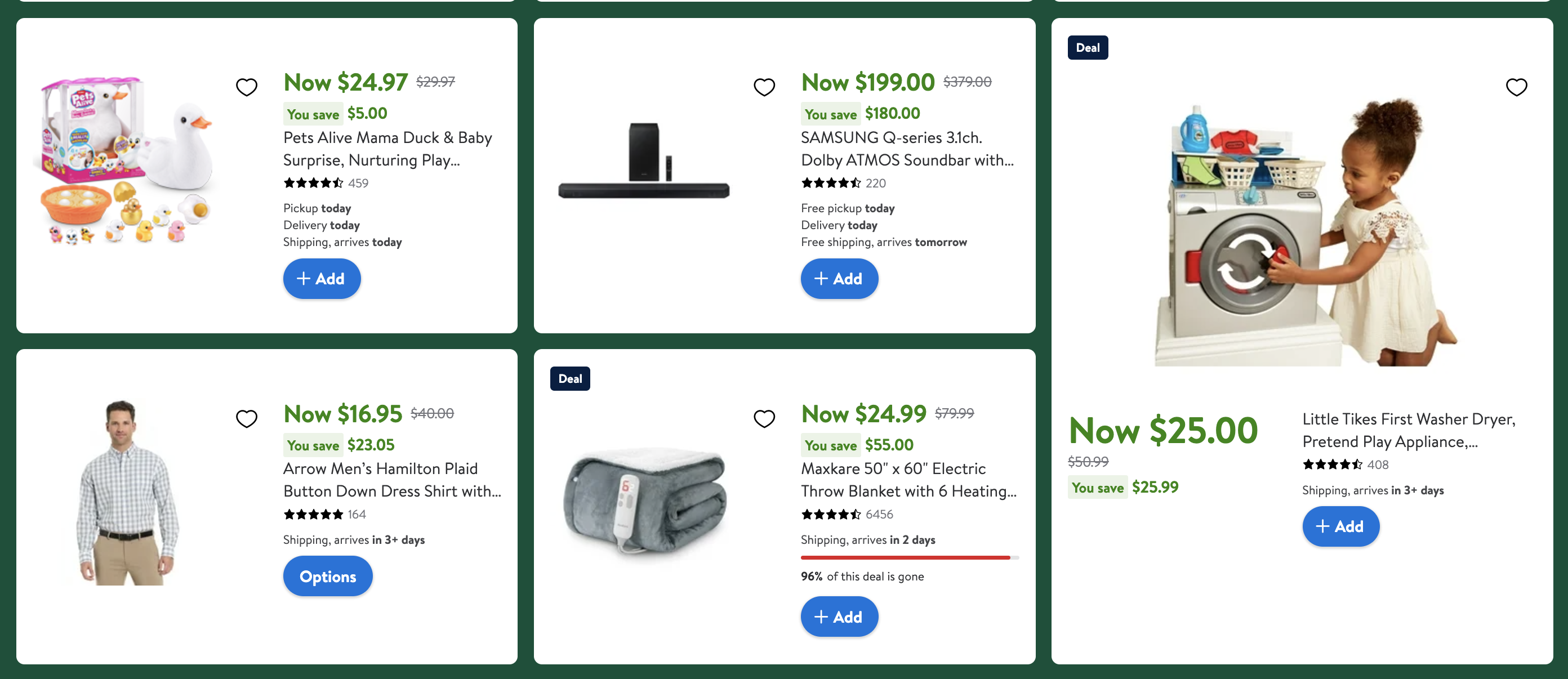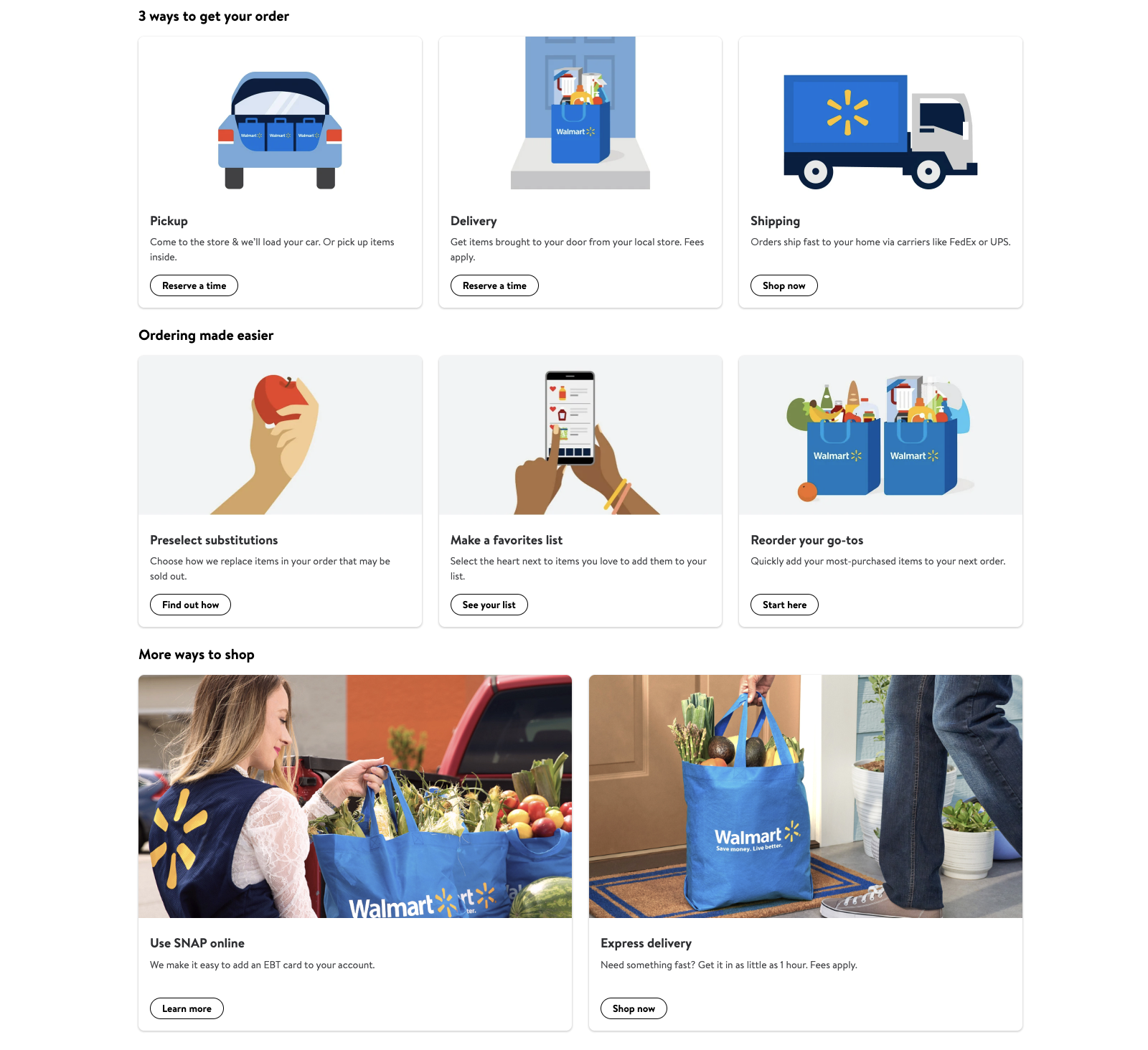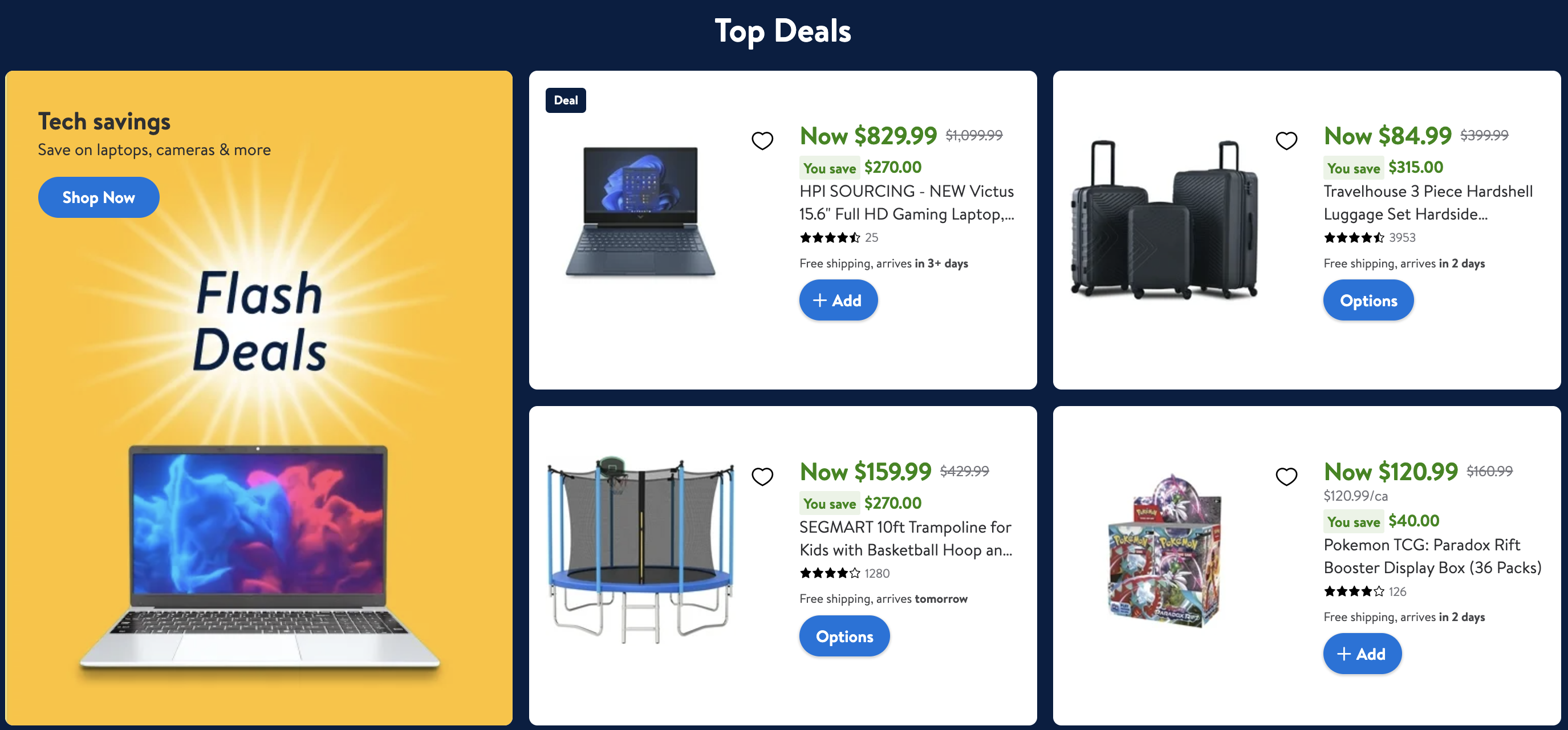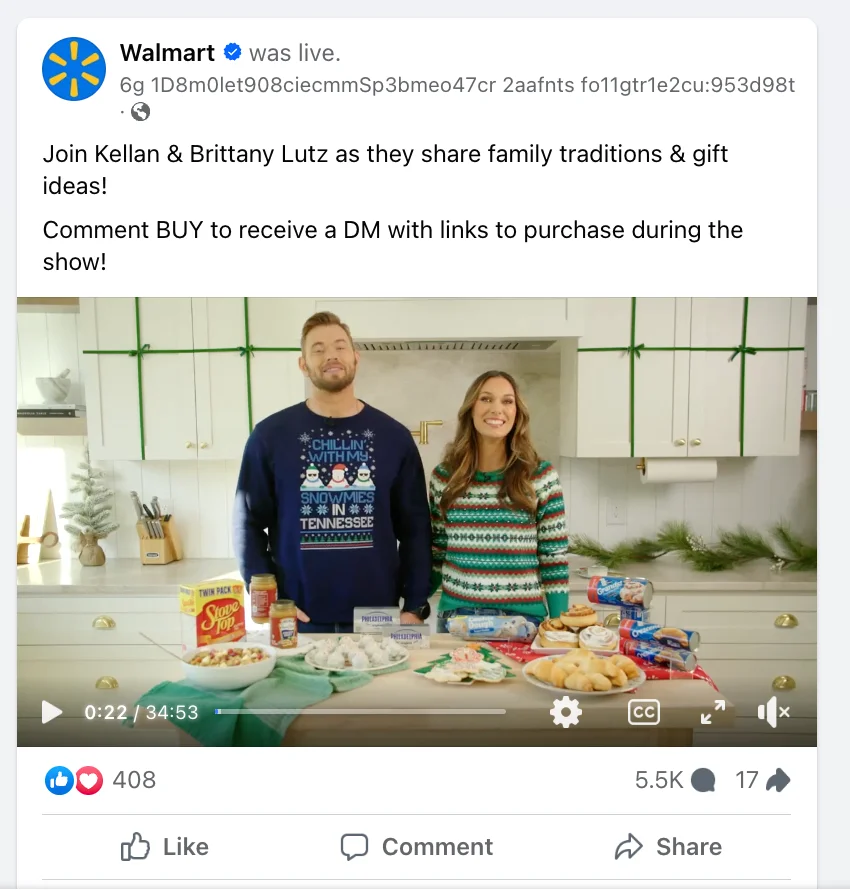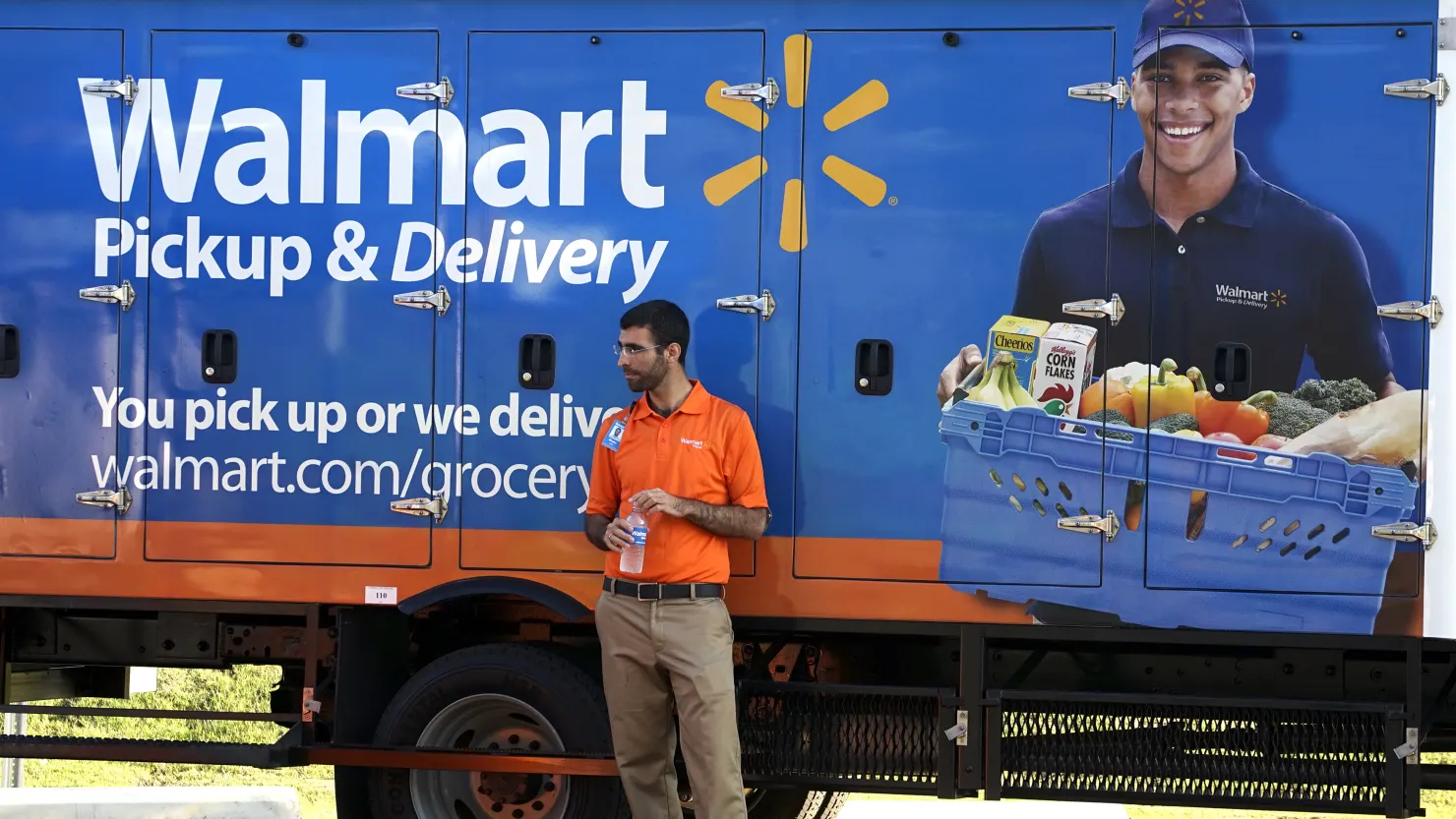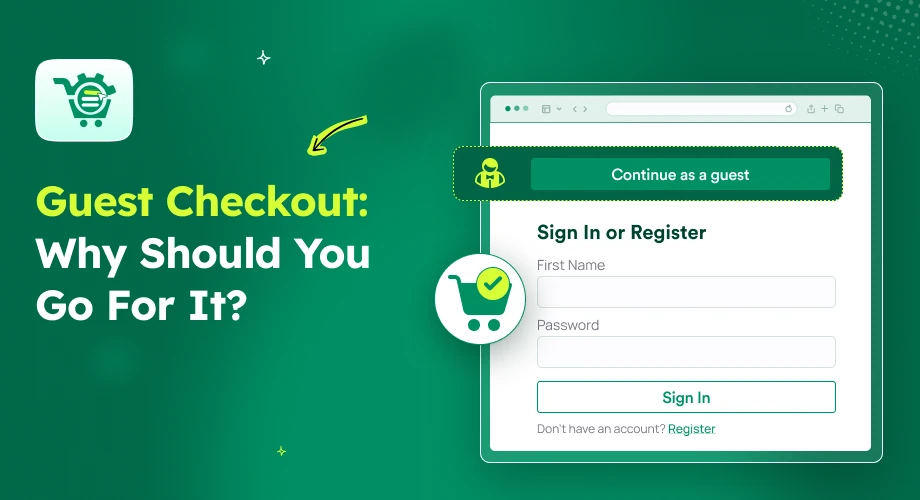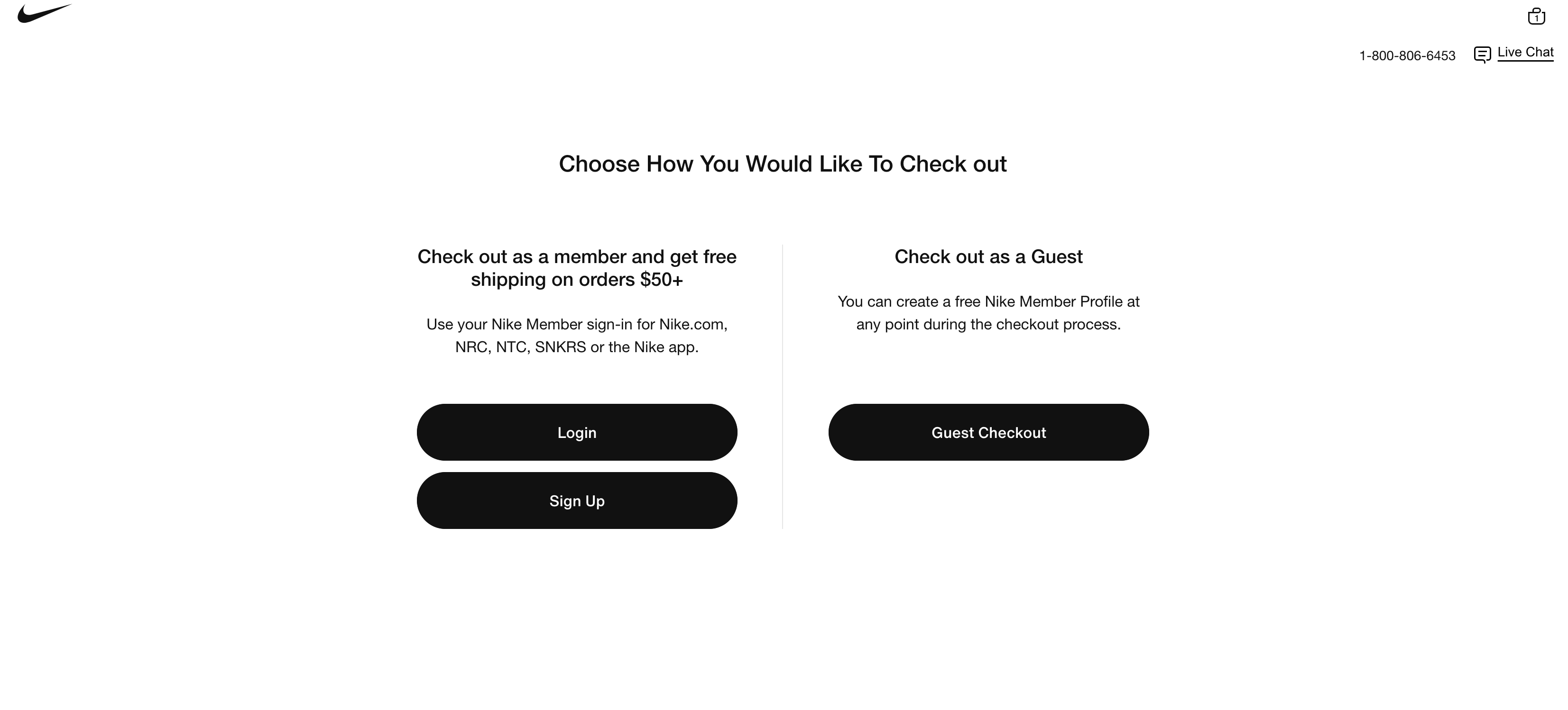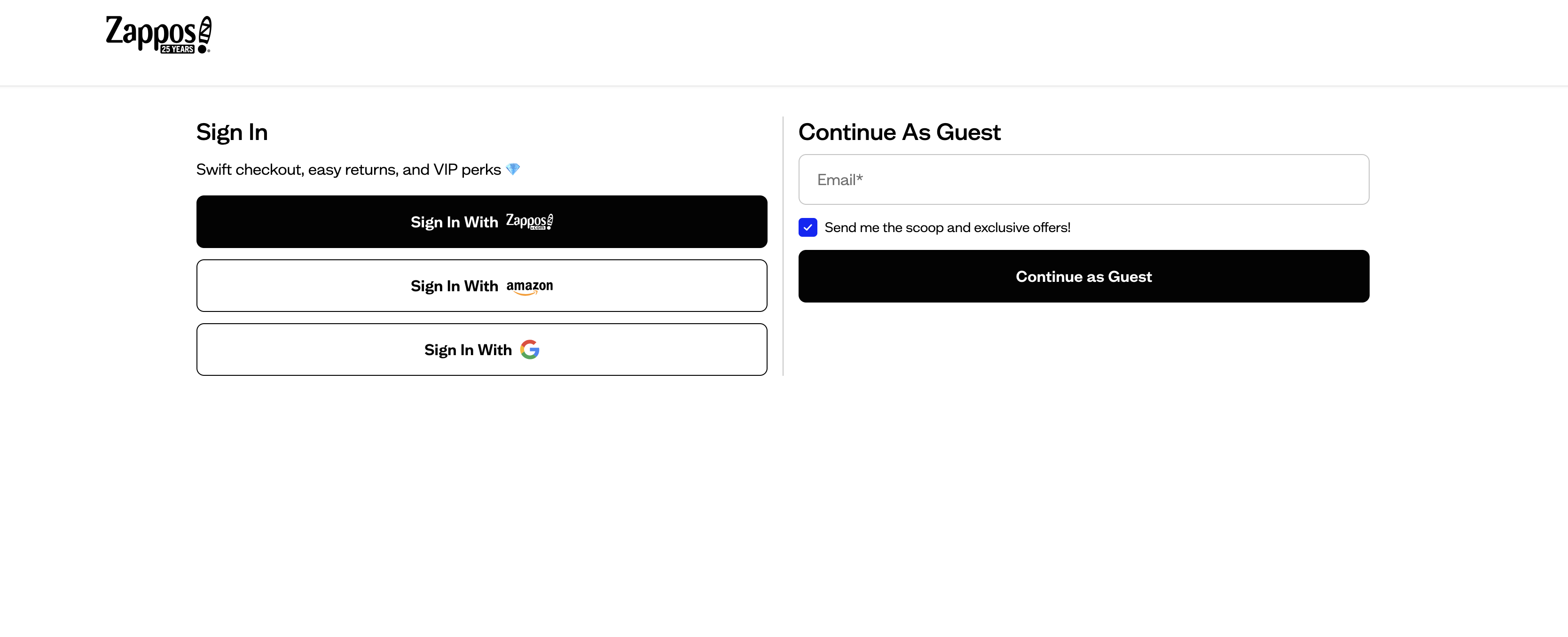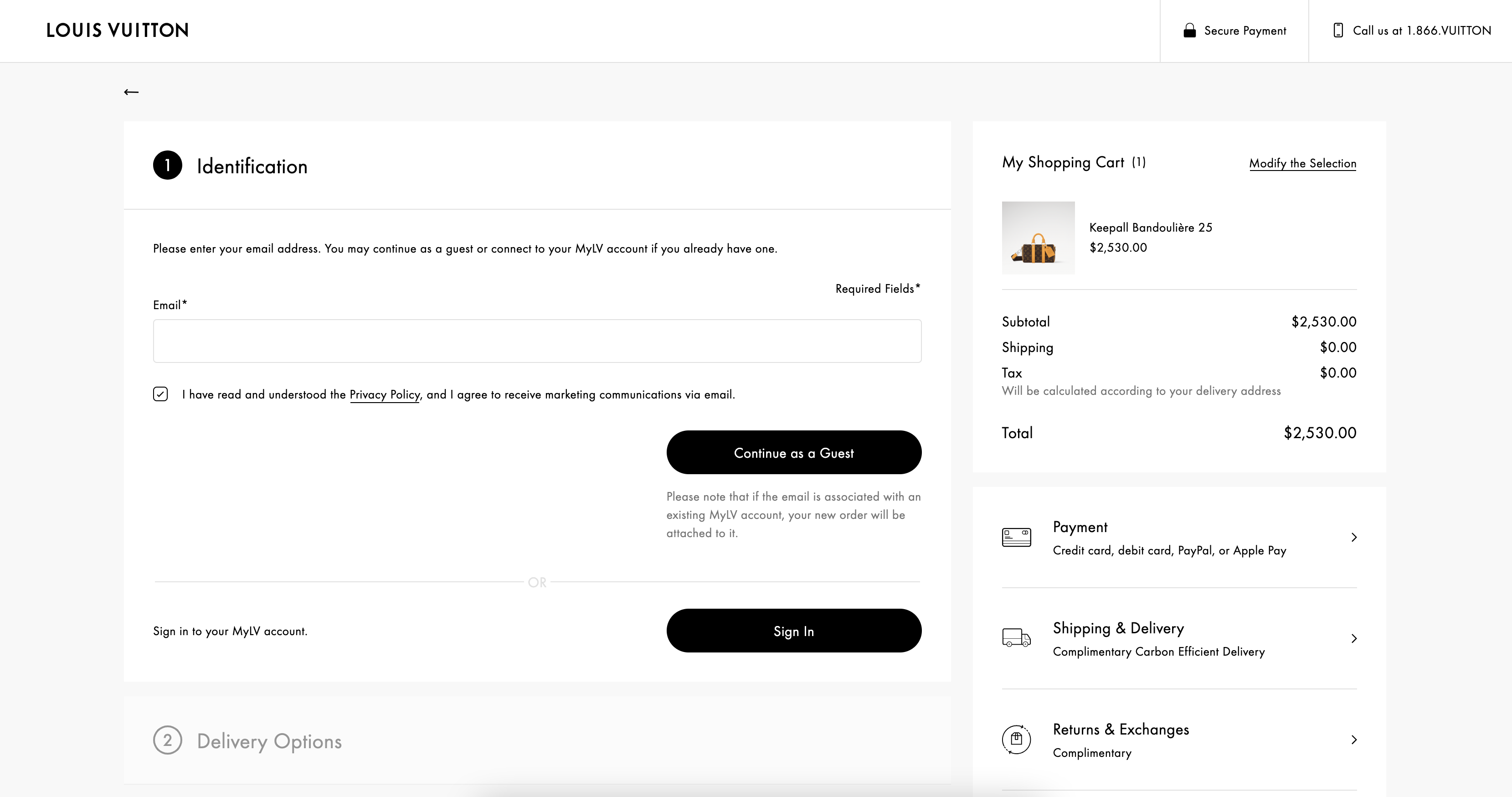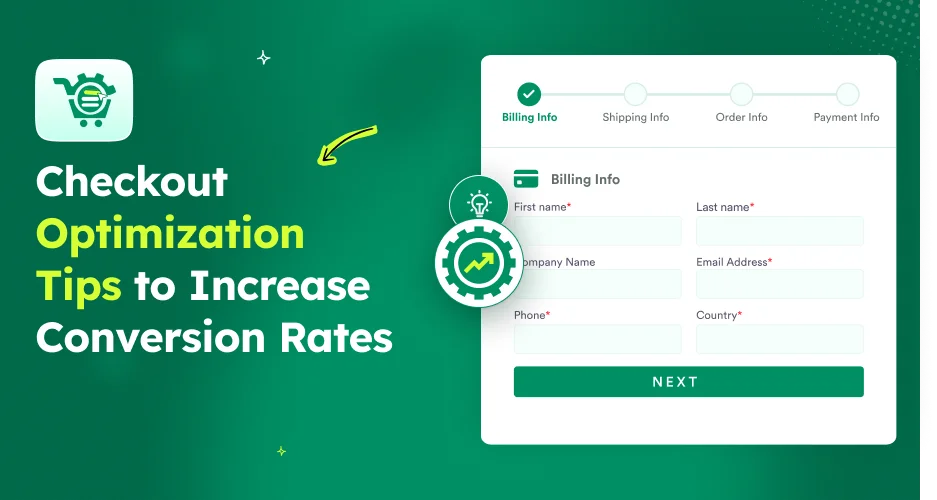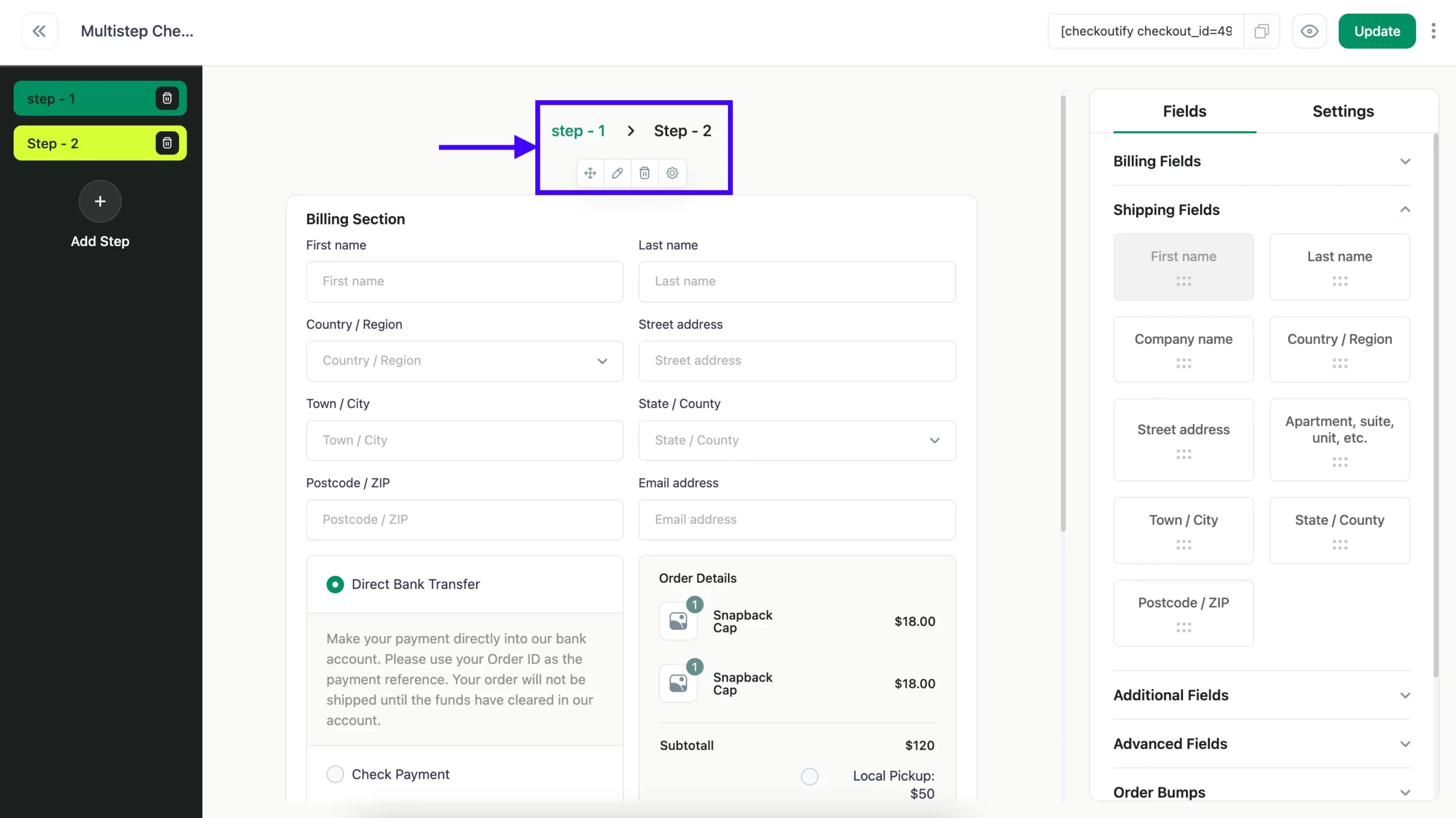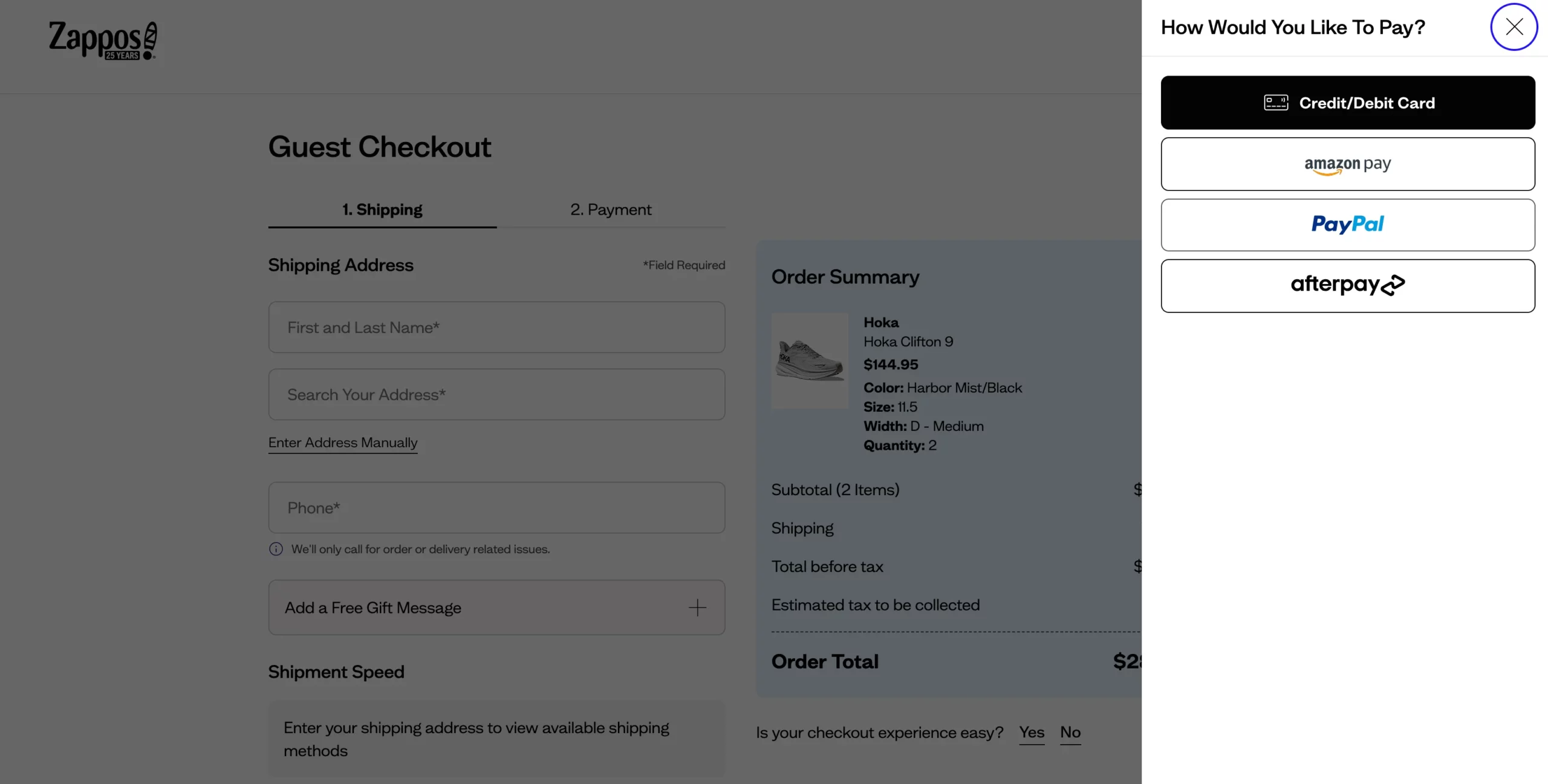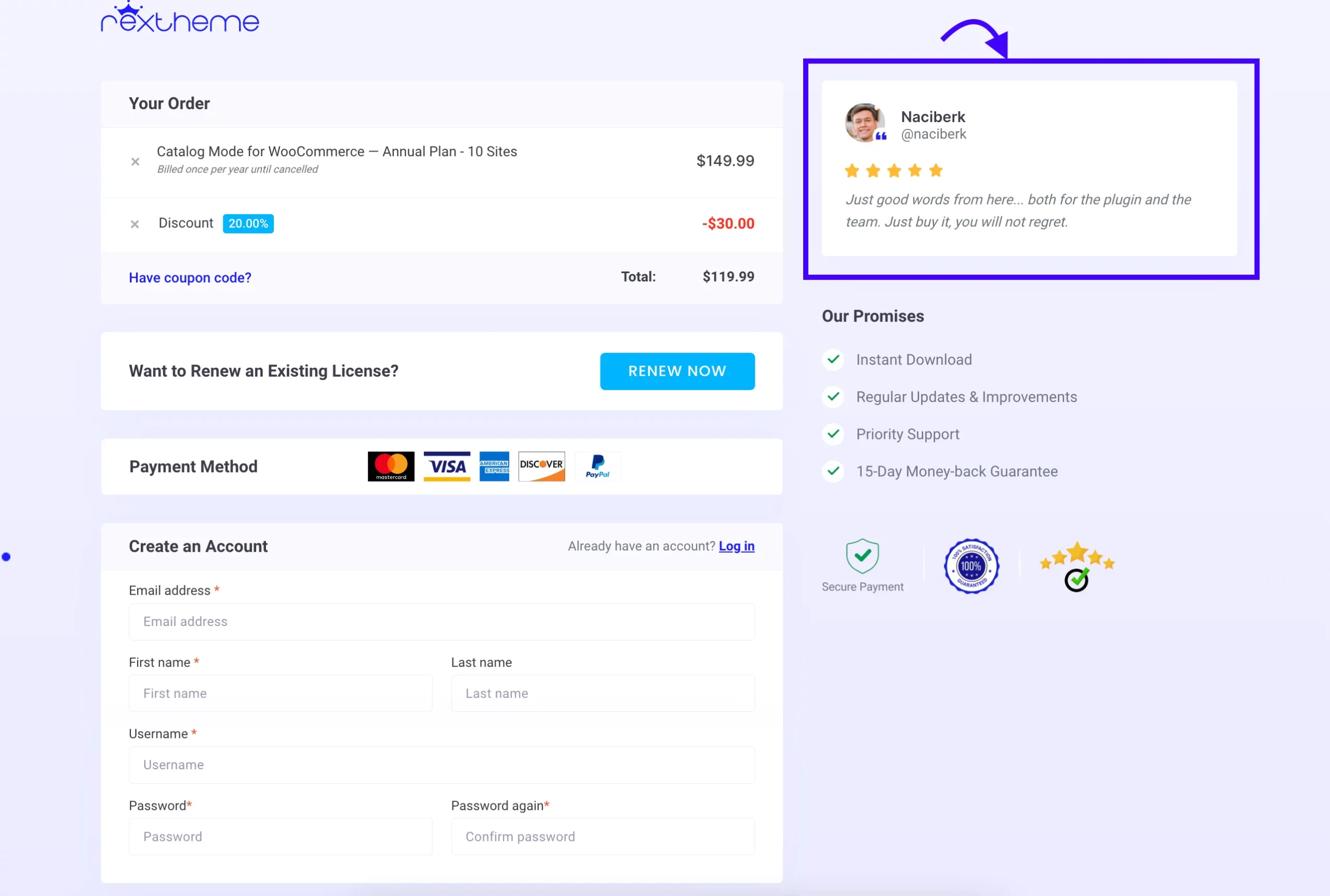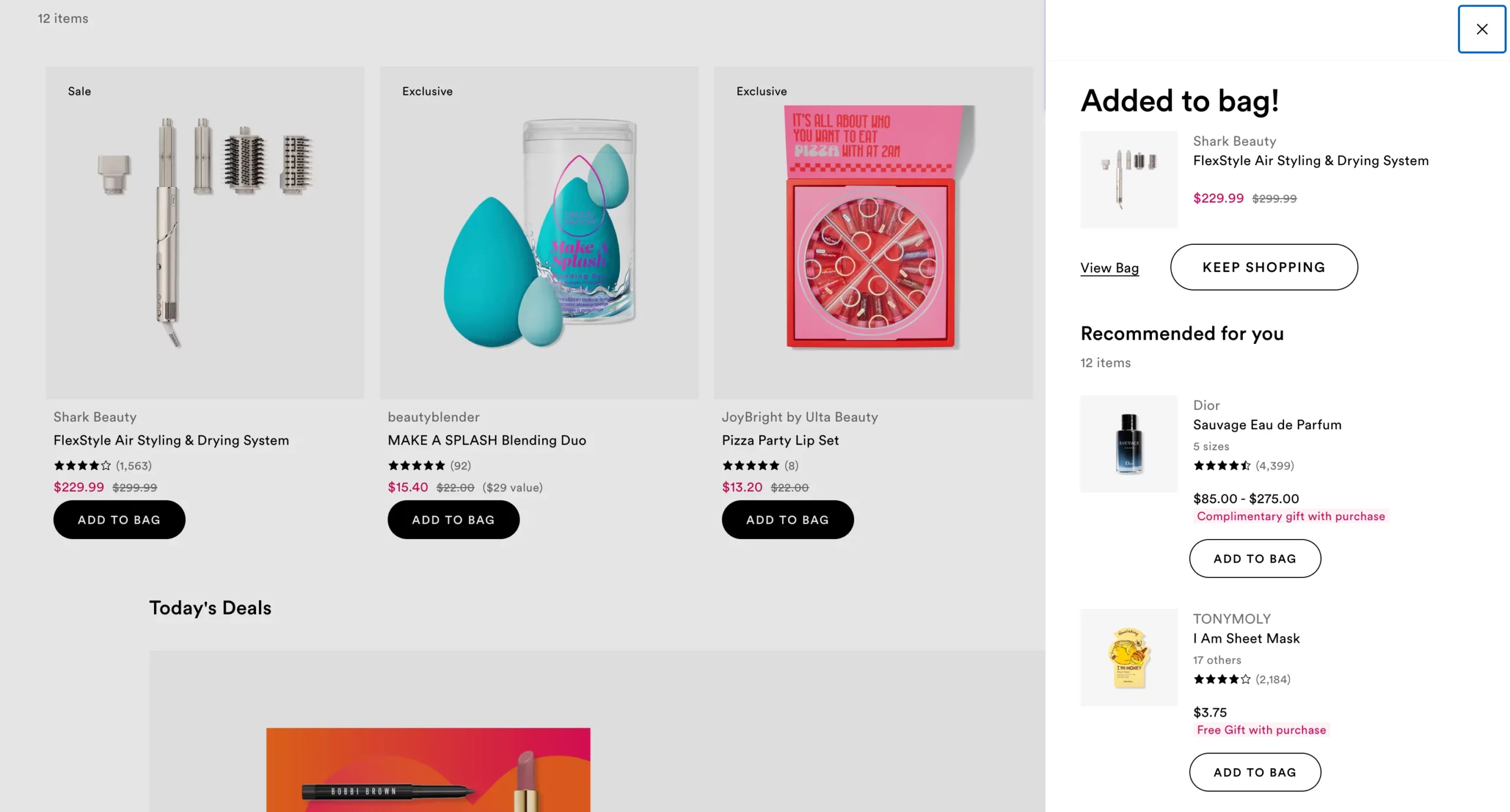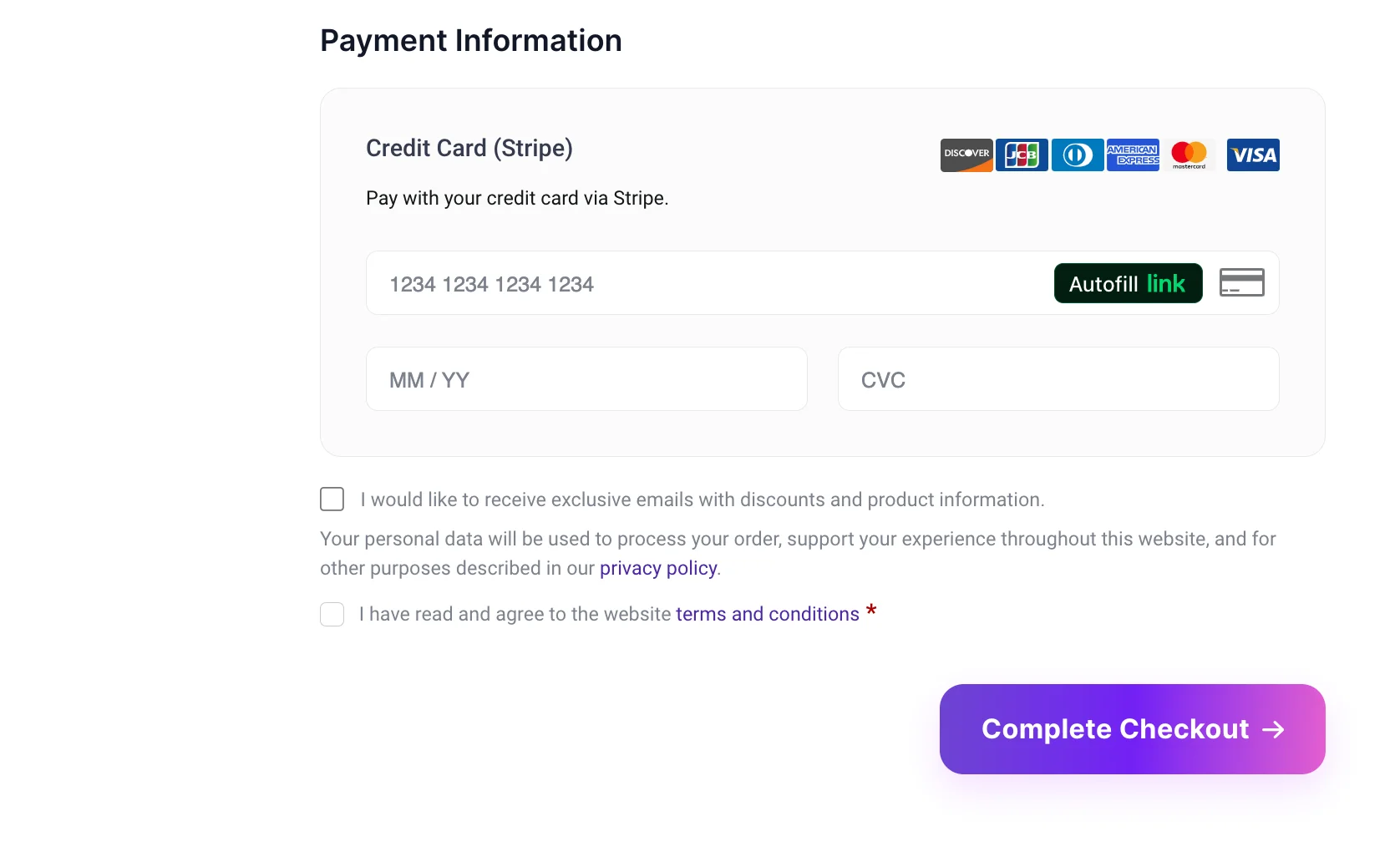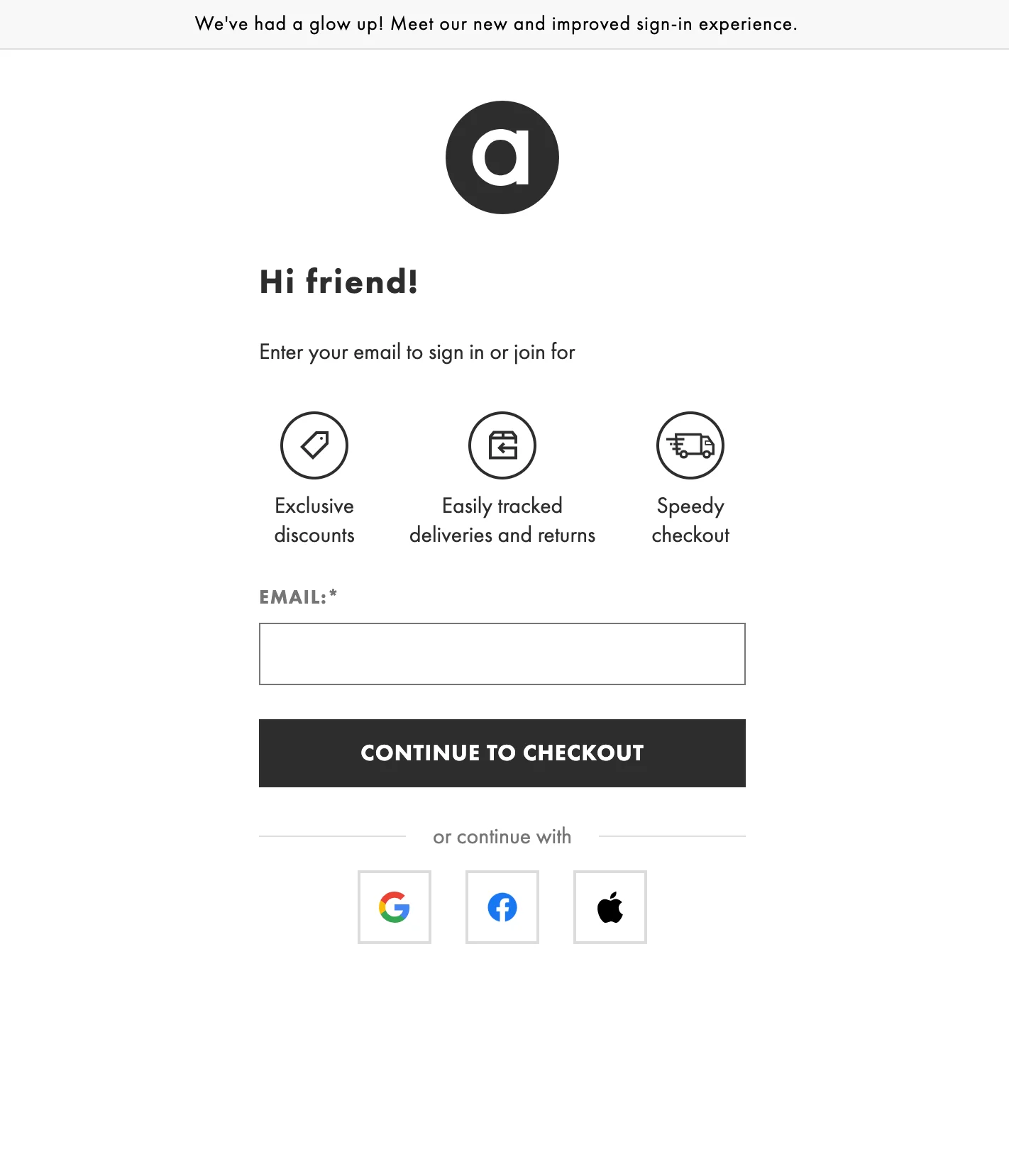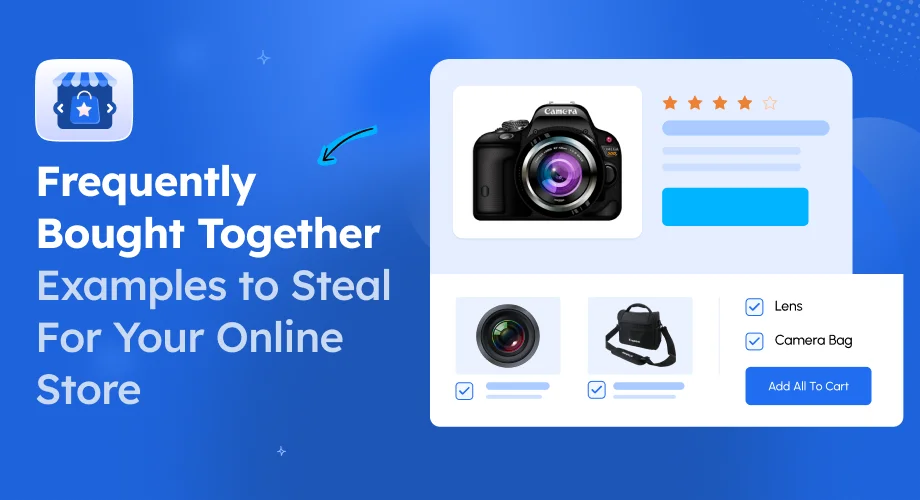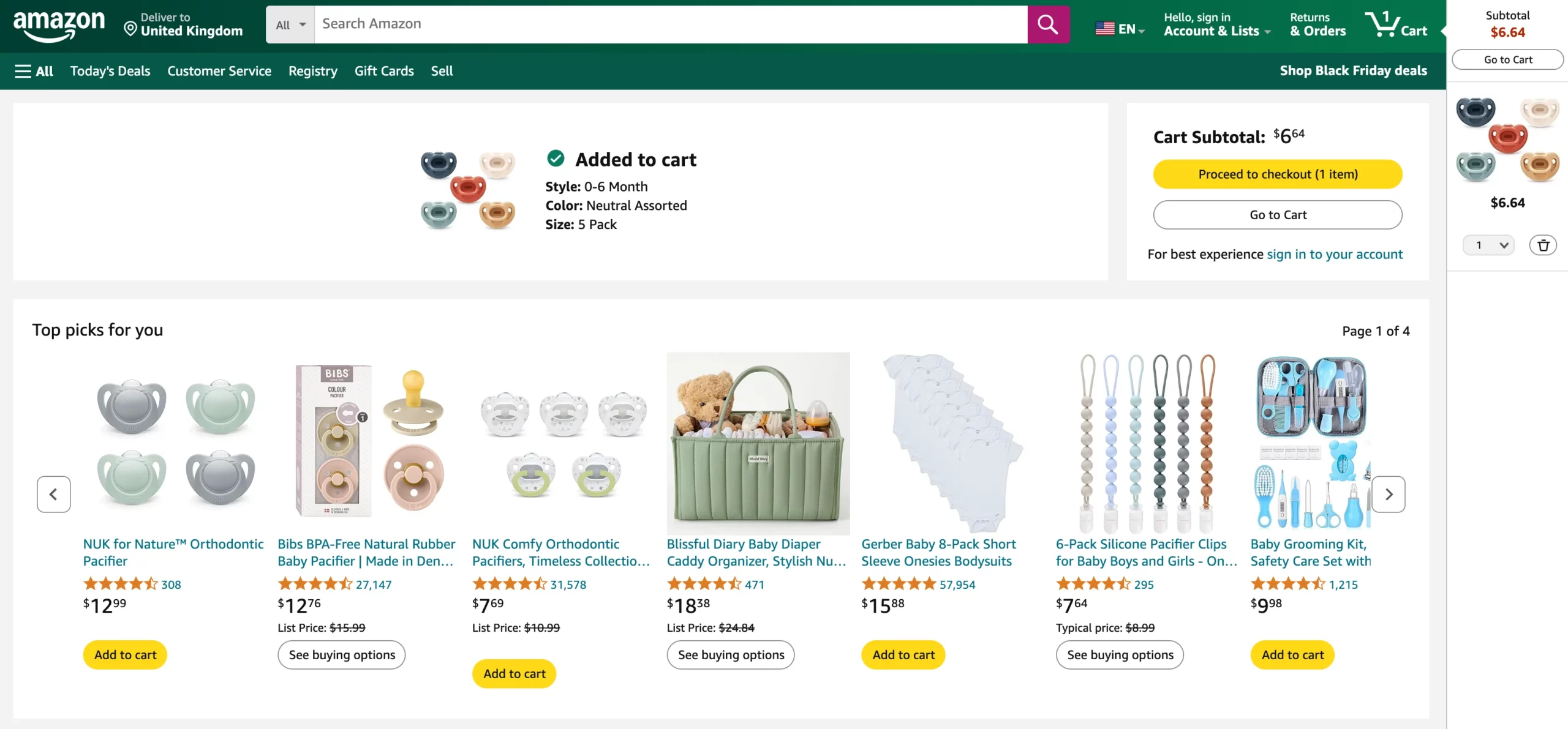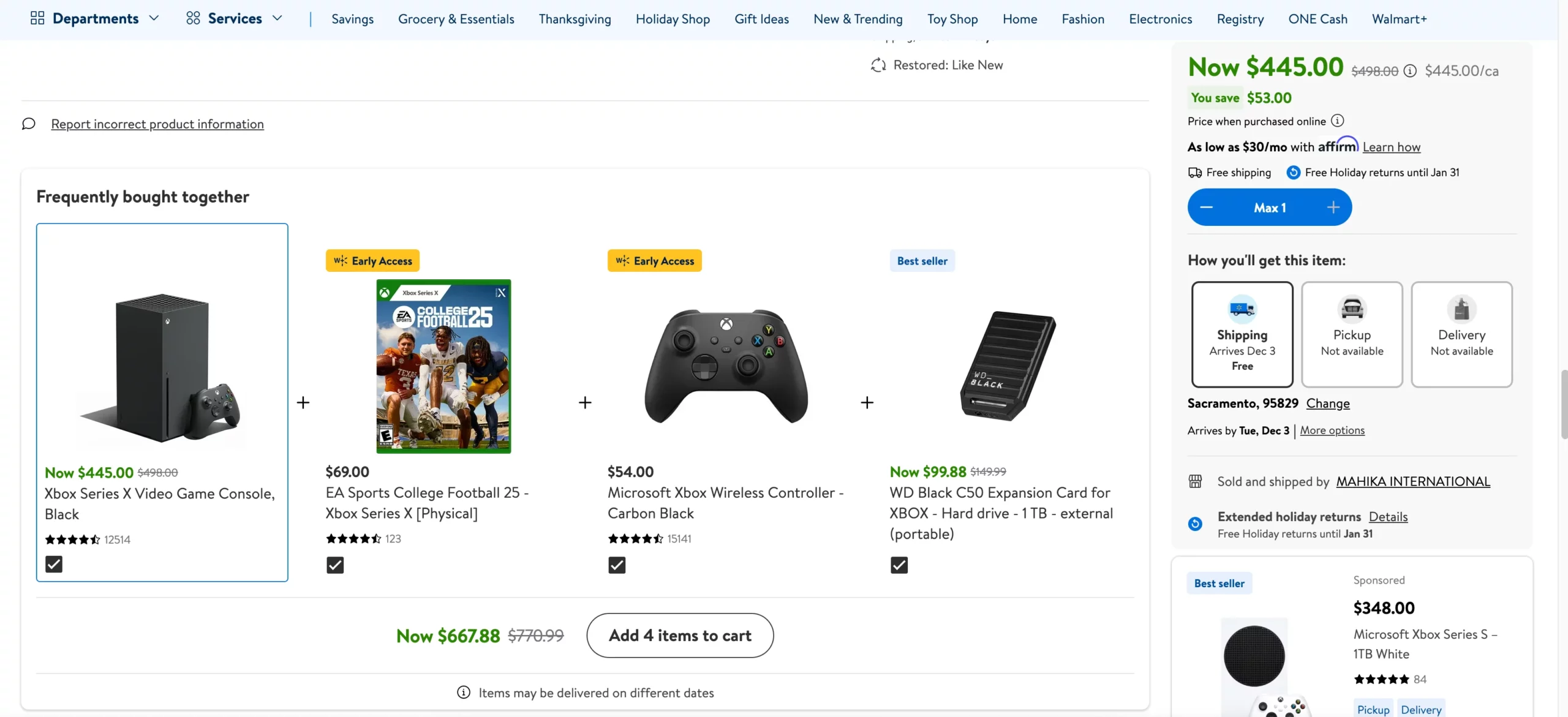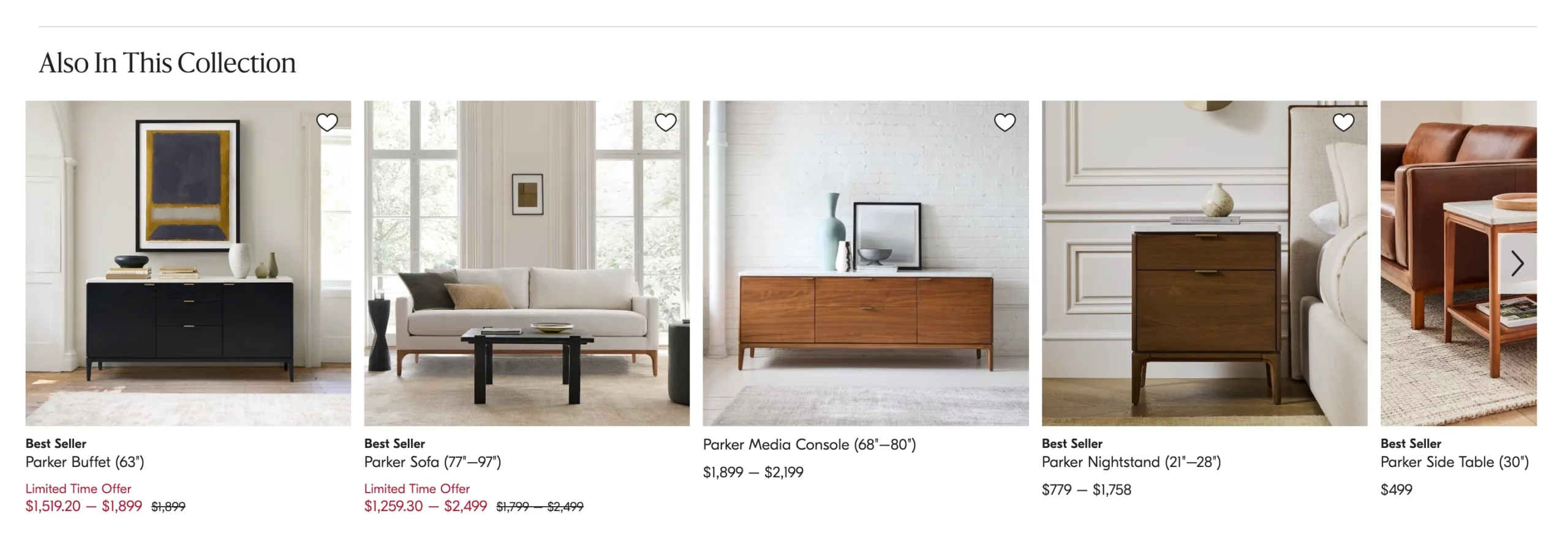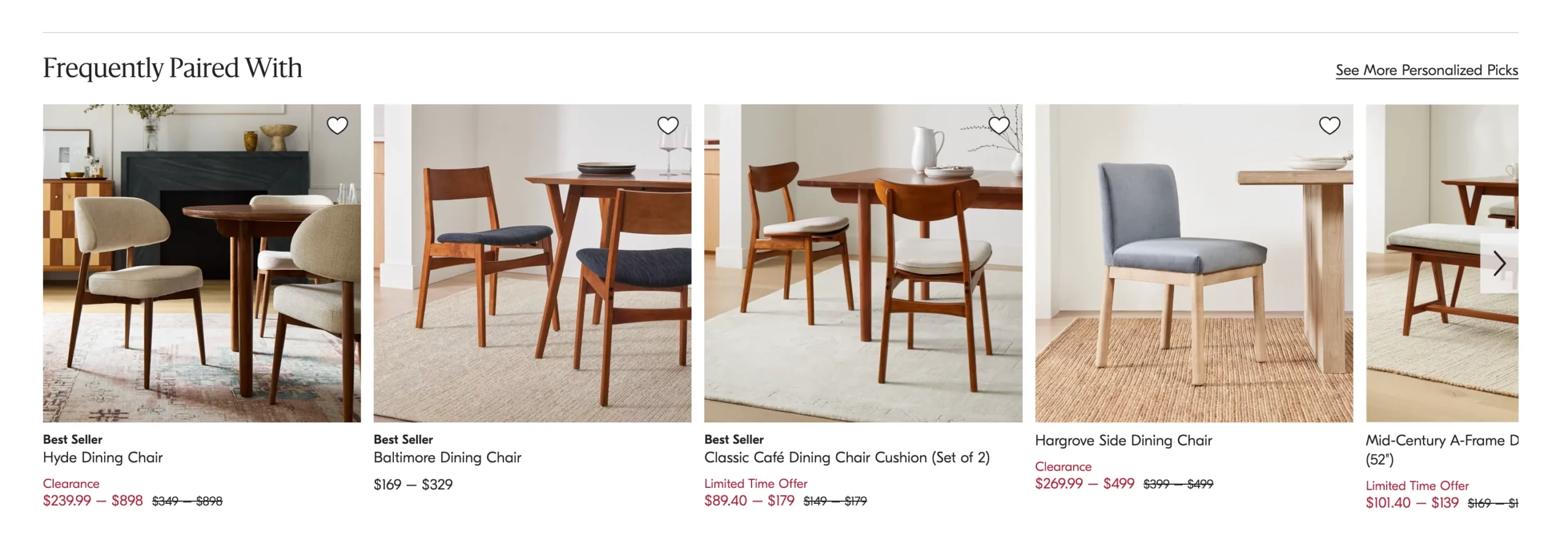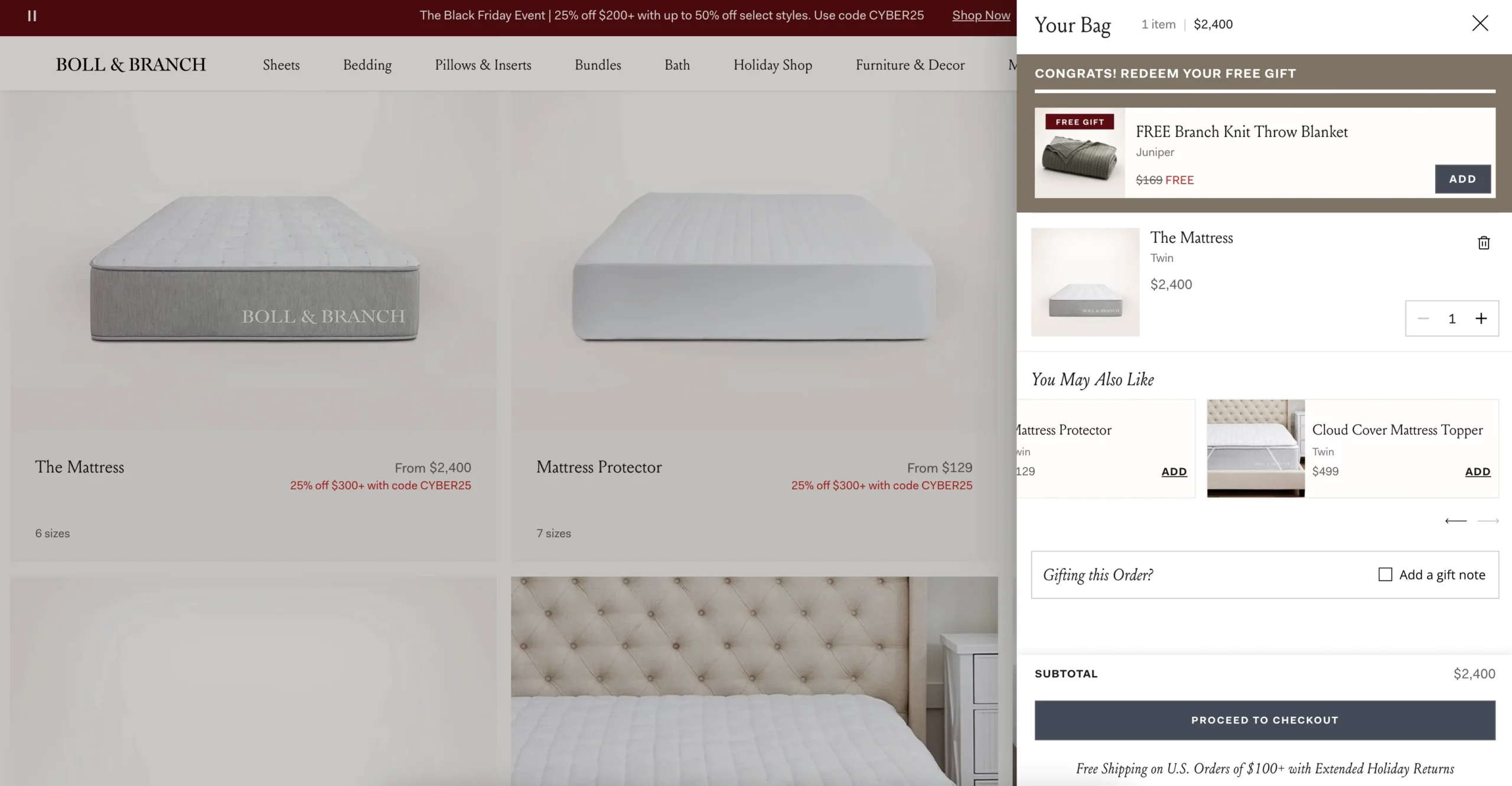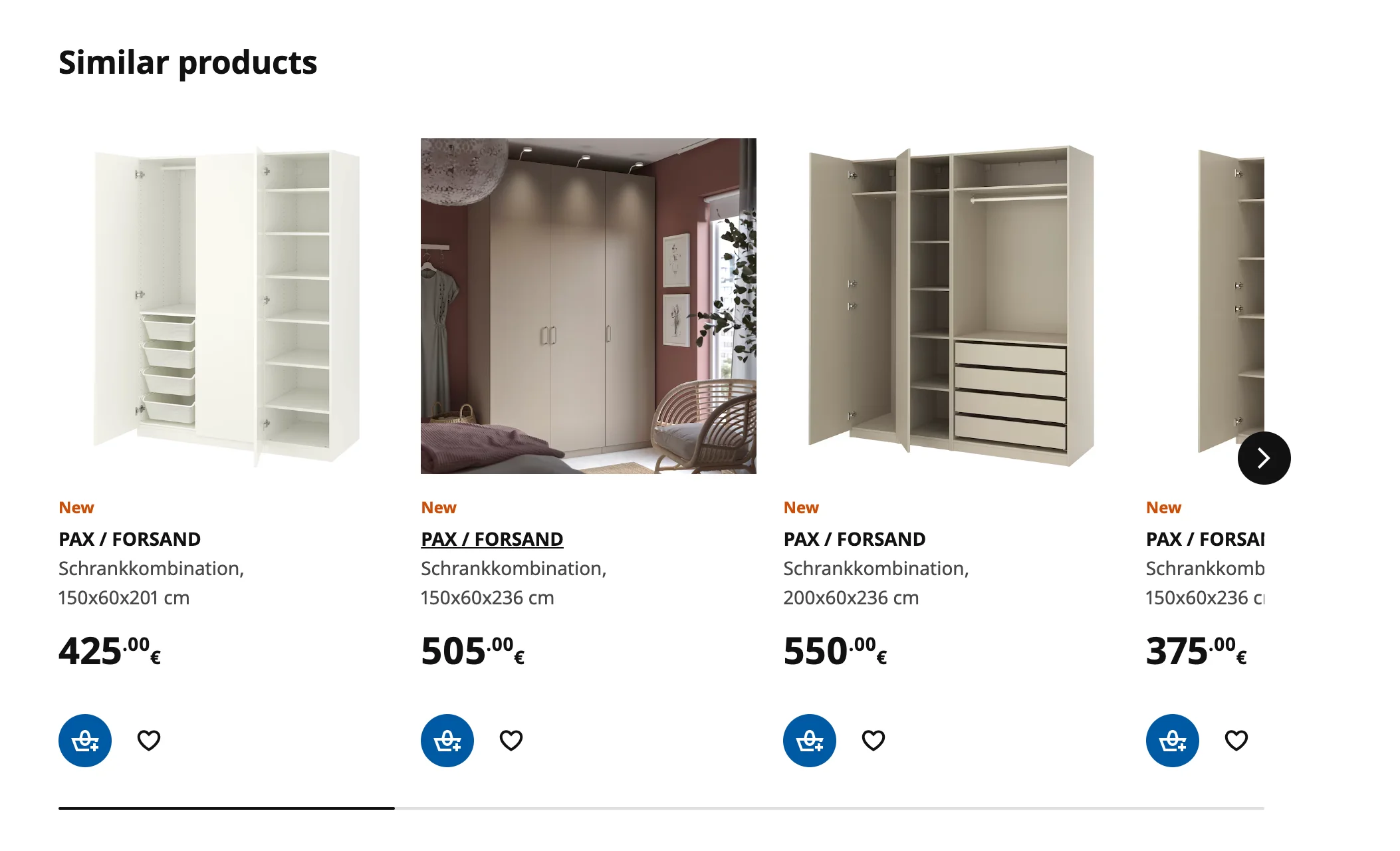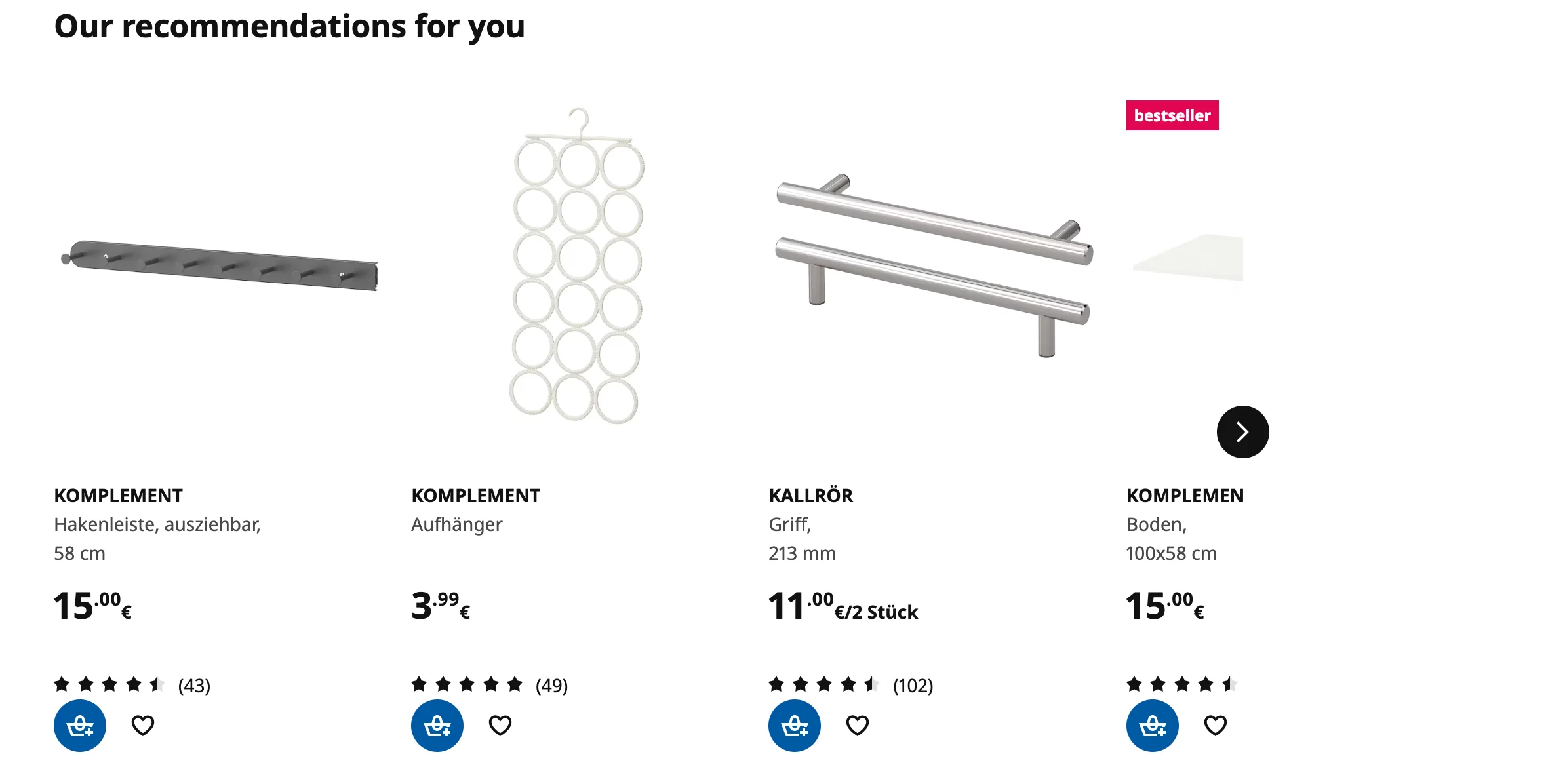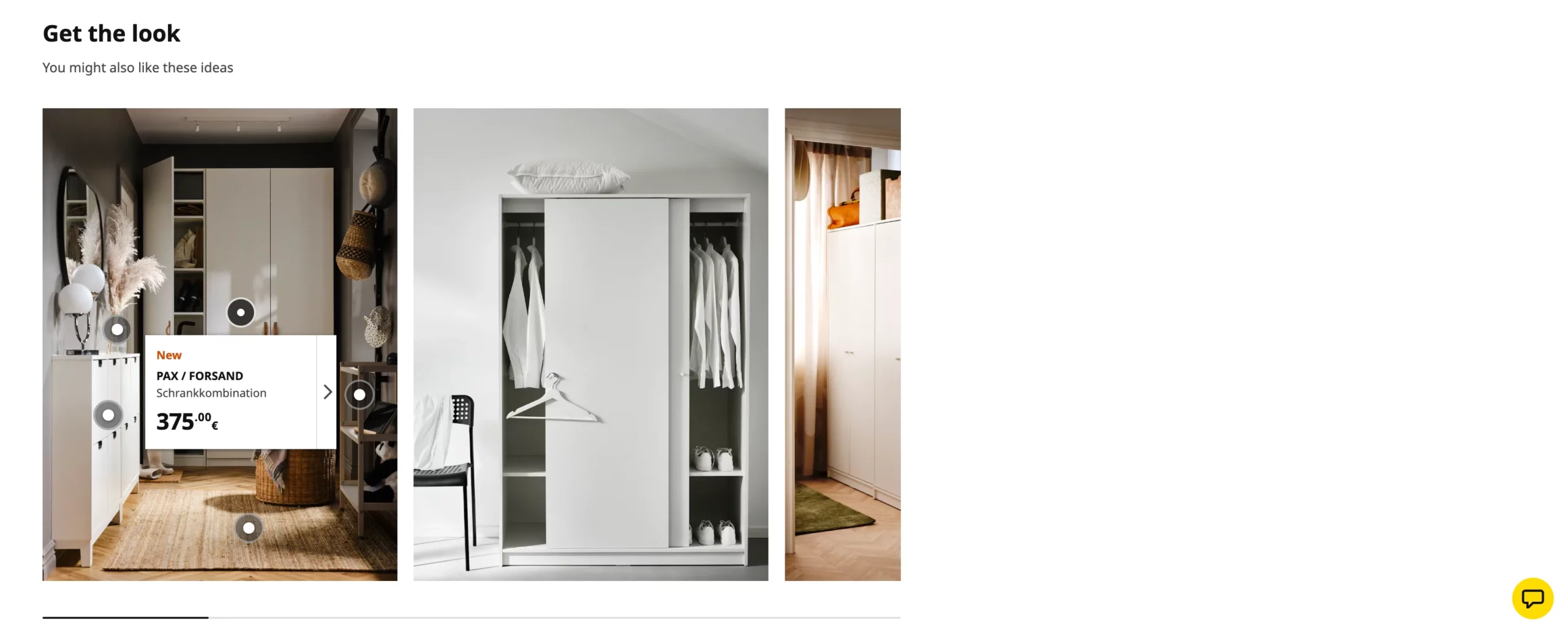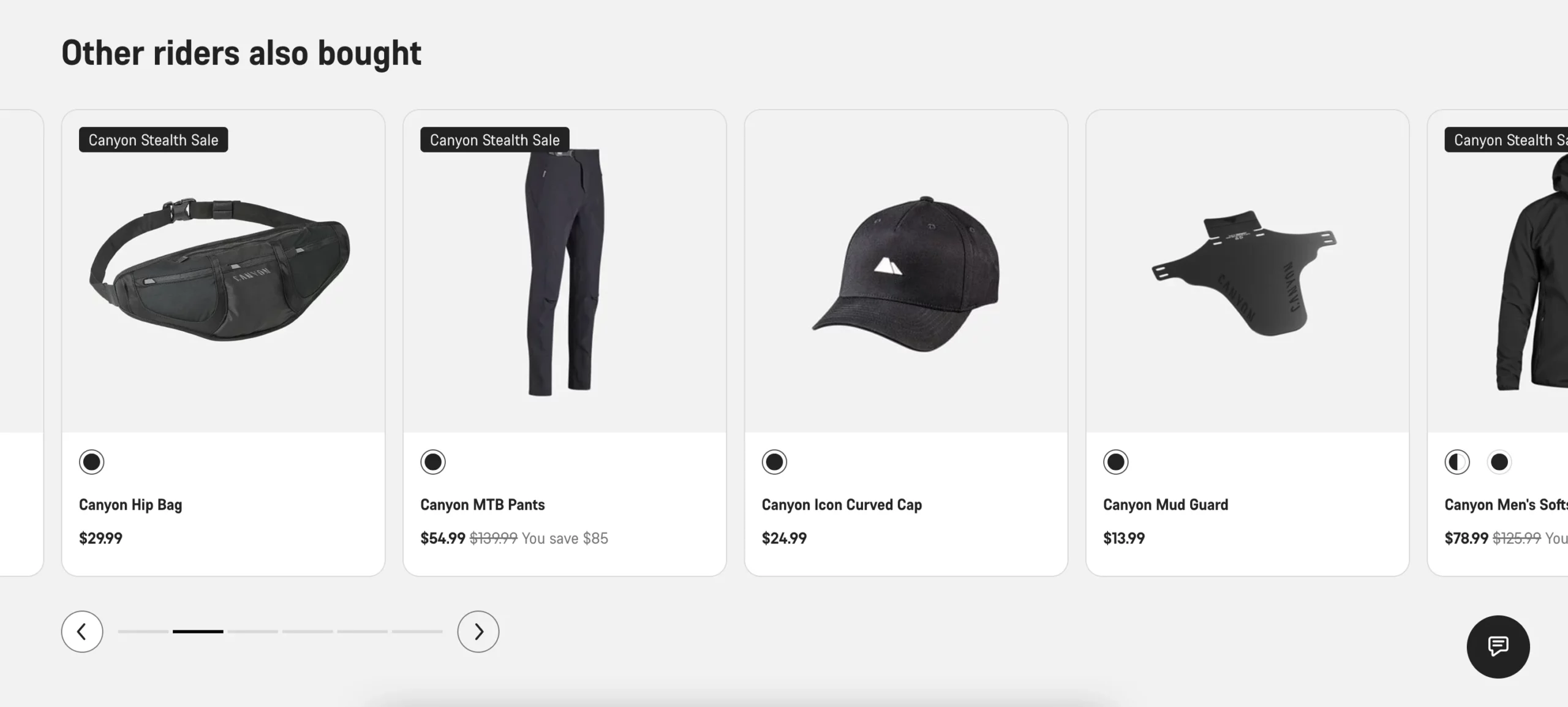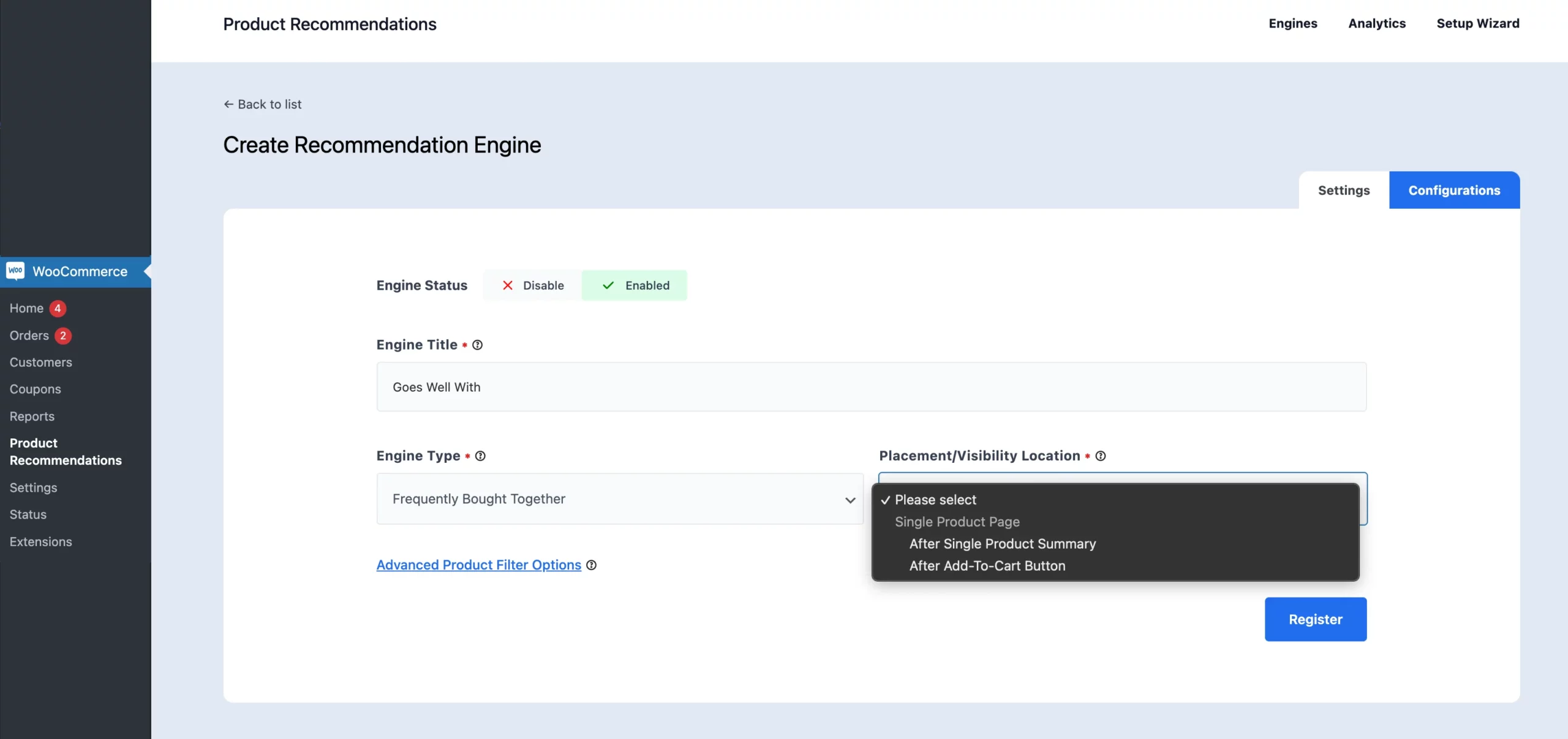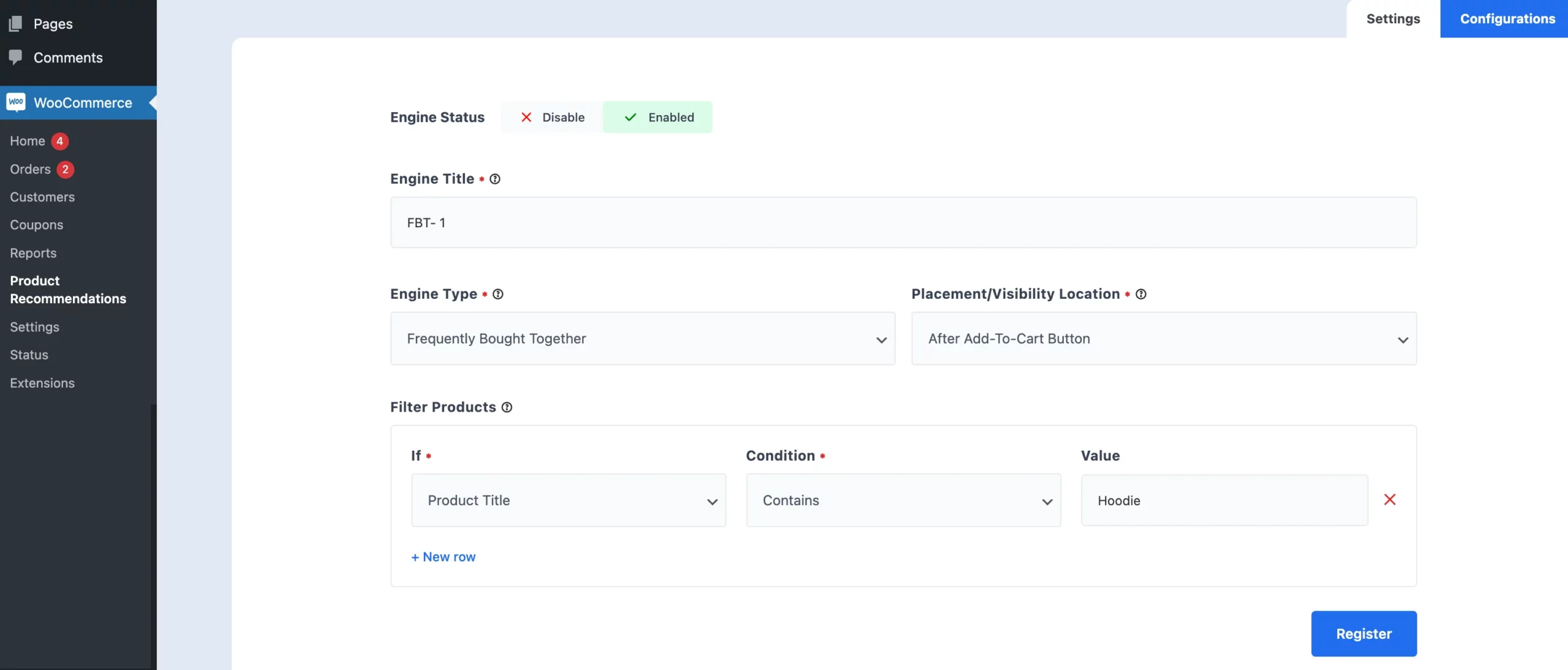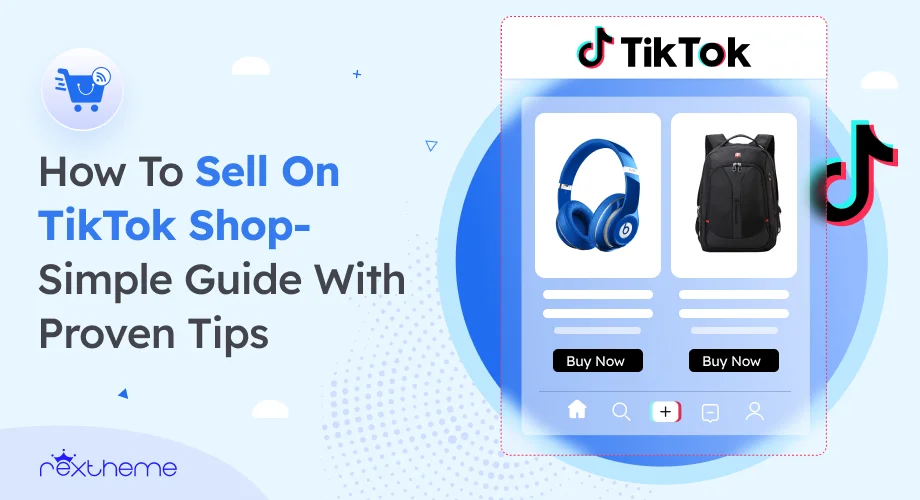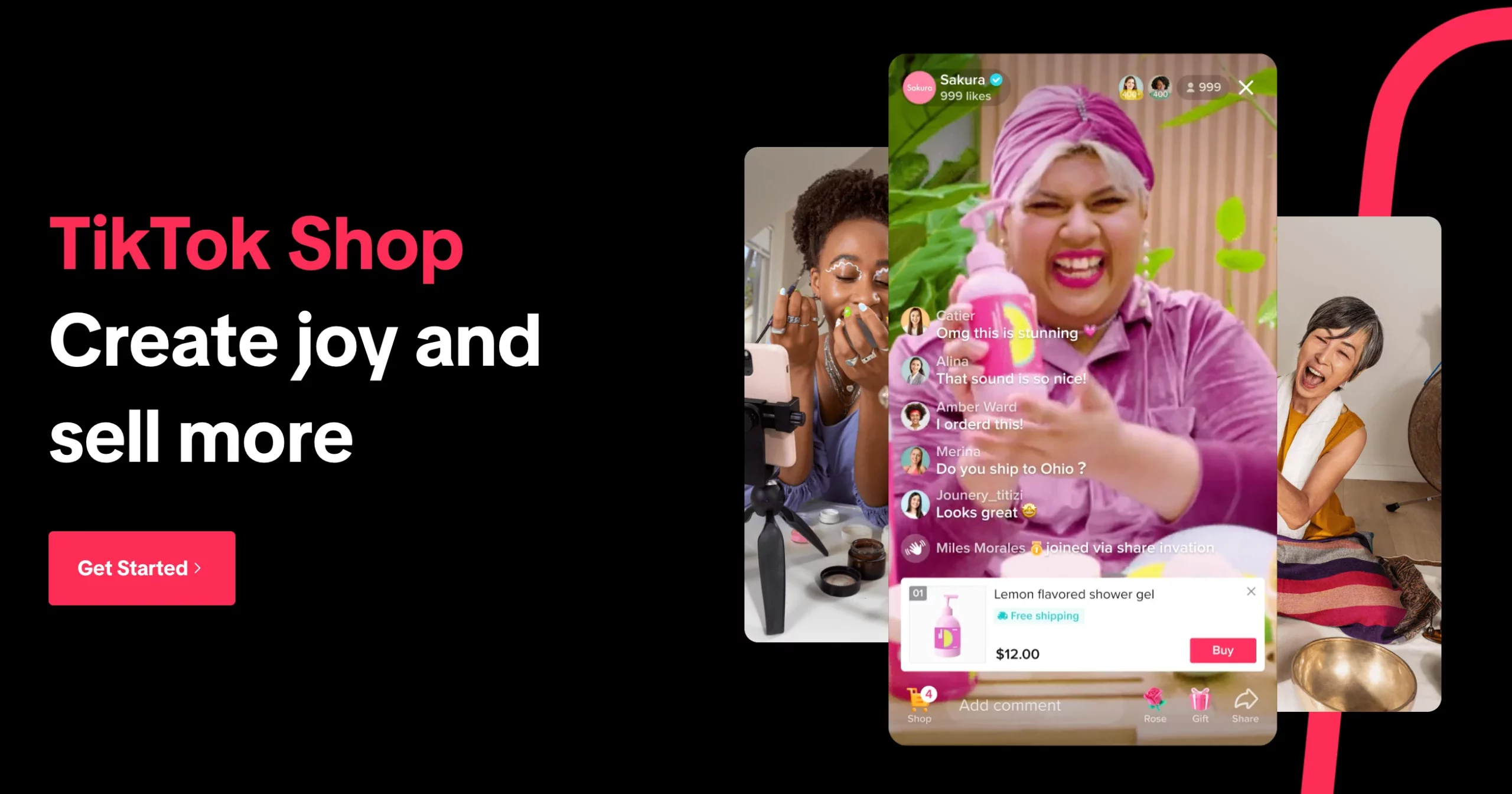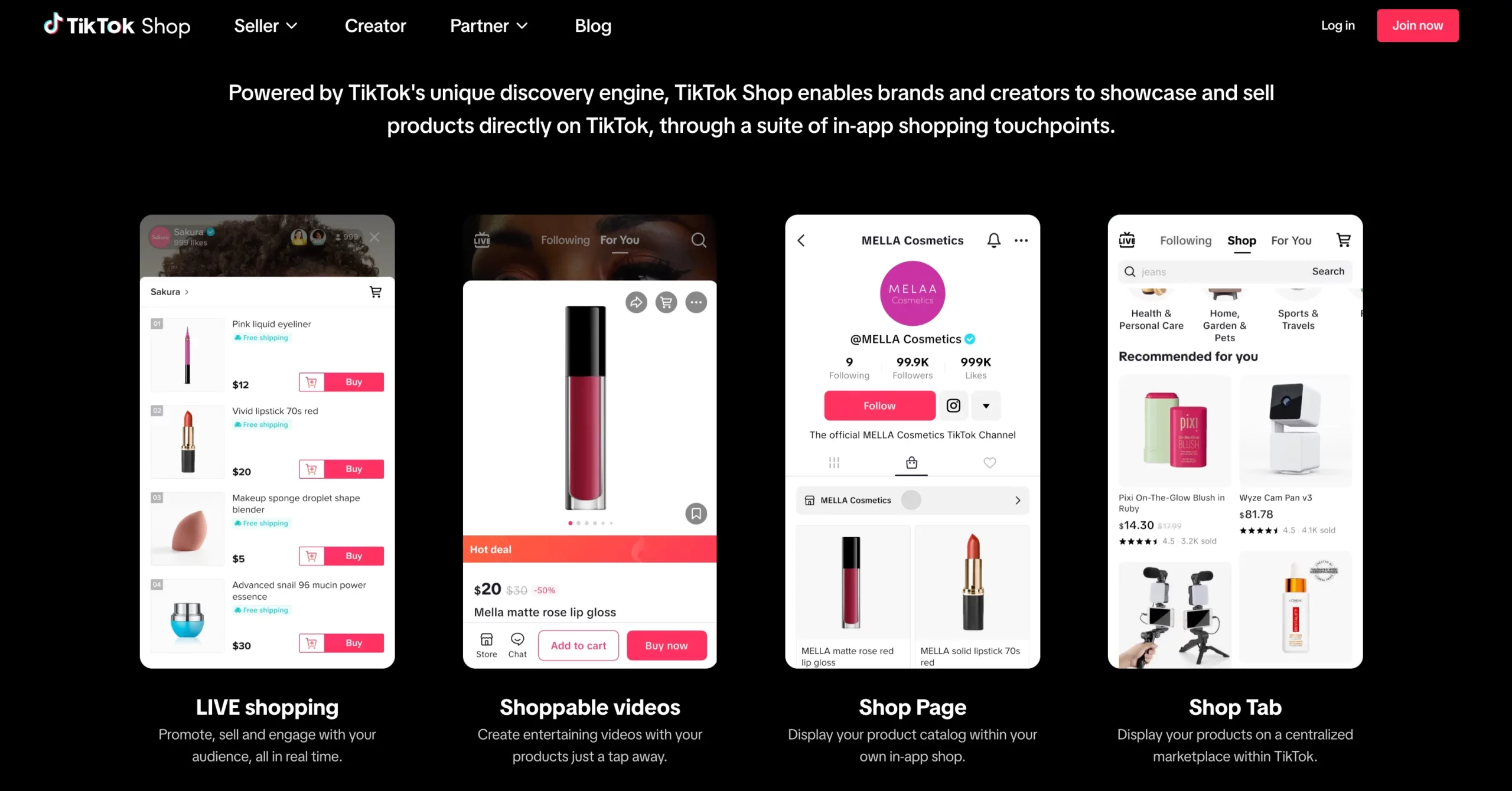What if you could double the excitement for your customers while boosting your sales at the same time?
That’s how BOGO deals work delivering value in a way that feels almost too good to pass up.
In fact, studies show that BOGO offers are the third most popular promotion among shoppers, capable of increasing sales by an impressive 90%.
Whether you’re looking to move excess inventory, grow customer loyalty, or drive higher cart values, a well-crafted BOGO deal can do it all.
In this guide, I’ll share 11 innovative BOGO strategies that are designed to inspire, engage, and deliver results.
Let’s get started.
What Are BOGO Deals?
A BOGO deal is exactly what it sounds like: “Buy One, Get One” — it’s a promotion where you get something extra when you buy a product.
Let’s say you’re running a shoe store. You could offer a “Buy one pair of shoes, get the second one free” deal.
Pretty appealing, right?
BOGO deals are popular in marketing because they create a win-win situation for both you and your customers.
For example, if a customer buys a shirt, they might hesitate to buy a second one. But when you throw in a “Buy one, get one 50% off” offer, it gives them an extra reason to grab that second shirt.
The great thing about BOGO deals is that they can be customized to meet different business needs. You could offer a free gift with a purchase to introduce customers to a new product.
Or maybe you want to boost your sales, so you could give a discount on the second item to increase the order total. It all depends on what you’re trying to achieve.
Now I’ll explain why BOGO deals work wonders for your business.
Why Are BOGO Deals Effective?
BOGO deals work because they tap into how you think about value. When you see an offer that gives you something extra—like a free item or a discount on the next one—it feels like you’re getting more than what you paid for.
That sense of getting a good deal makes it hard to resist, especially when there’s a time limit.
But it’s not just about getting a quick sale. These deals give your customers a reason to shop with you again and again.
Here’s how BOGO deals can make a real difference:
i. Encouraging impulse purchases
Think back to the last time you saw a “Buy one, get one free” deal. You might have been walking through the store with no intention to buy, but when you saw “Buy one, get one free” on your favorite snacks, even if you didn’t plan to buy snacks, the deal made you grab them.
That’s how BOGO deals work—they get you to act on impulse.
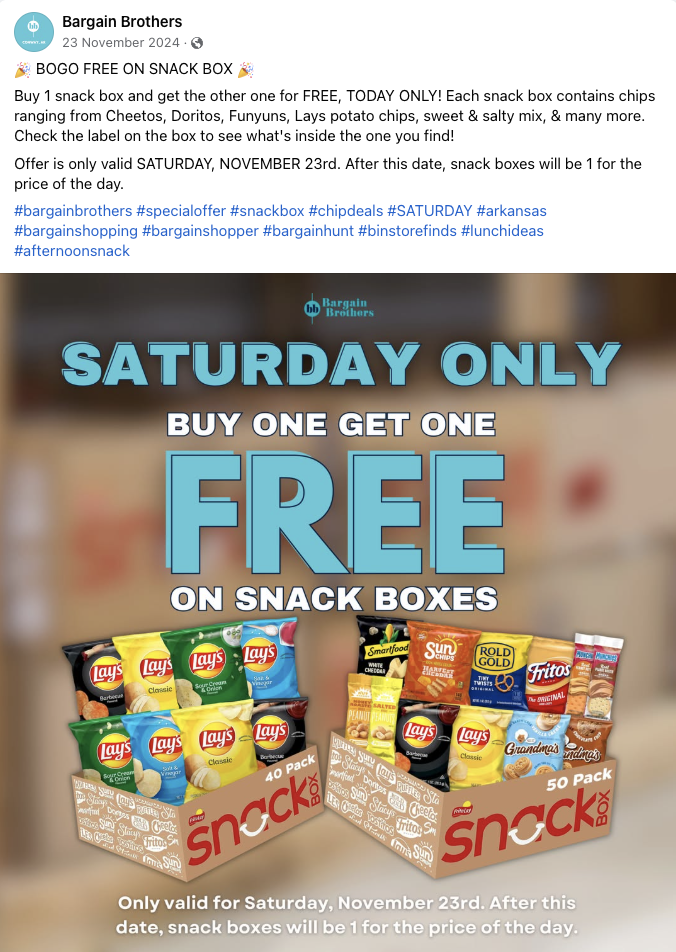
ii. Increasing average order value
BOGO deals often push your customers to spend a little more to qualify for the offer.
For example, if your deal is “Buy two, get one free” on a product like shampoo, customers are more likely to add an extra bottle to their cart to take advantage of the promotion.
This increases the overall value of the sale, benefiting both your customers and your store’s revenue.
iii. Clearing out old inventory
BOGO is also a smart way to pair slow-moving items with popular ones. If a new product is flying off the shelves, you can offer a free clearance item with each purchase.
iv. Building customer loyalty
When you offer deals that feel like a gift, it sticks with your customers. For instance, if you sell skincare products, offering an exclusive “Buy one moisturizer, get a serum free” deal for your loyal customers can make them feel appreciated.
So, BOGO deals aren’t just about making sales but about creating an experience that keeps people coming back for more.
Now that you understand why BOGO deals work so well, let’s dive into specific strategies you can use to boost your sales.
11 Proven BOGO Strategies to Grow Your Business
These tried-and-true approaches are effective & flexible enough to suit various types of businesses.
#1 Buy One, Get One Free (Classic BOGO)
This is the original BOGO deal—buy one product, and the second one is completely free. You’ve likely seen this offer everywhere because it’s simple and effective. It works best for products with high margins, where the “free” item doesn’t eat into your profits.
Think about this: You walk into a clothing store and see a sign that says, “Buy one t-shirt, get another free.”
Even if you weren’t planning to shop, it’s tempting, right?
Brands like Poundfun uses this tactic to clear inventory while encouraging customers to buy more. You can use this same approach to create buzz and boost sales without complicating your offer.
#2 Buy One, Get One 50% Off
If giving something away for free feels like too much, this is a smart alternative. Instead of a second free item, you offer it at a discount—usually 50% off. It’s just enough to feel like a deal but still helps you recover costs on the second product.
Imagine you’re shopping for shoes, and the store advertises, “Buy one pair, get the second 50% off.” That deal makes it easier to justify grabbing that second pair.
Famous Footwear has perfected this strategy, making it a go-to for shoppers looking to save while splurging a little.
#3 Buy X, Get Y (BXGY)
Sometimes it makes sense to mix things up by offering a different item as the freebie. This works particularly well for products that complement each other. By bundling items this way, you can cross-promote categories and introduce customers to something new.
For example, let’s say you run a coffee shop. You could try “Buy a bag of coffee beans, get a free mug.”
Your customers walk away with a complete experience, and you get a chance to show off products they might not have noticed otherwise.
Stores like Bath & Body Works often run mix-and-match bogo deals like “Buy 3, get 3 free” to drive up sales across their collections.
#4 Buy One, Get a Free Gift
Everyone loves getting something extra, and free gifts are an excellent way to surprise and delight your customers. This strategy is especially useful if you want to introduce new products without risking inventory.
Picture this: A skincare brand offers a free travel-sized serum with every moisturizer. Not only are you more likely to try the serum, but you might fall in love with it and come back to buy the full size.
Estee Lauder often offers this by setting the minimum spent and offering free samples.
#5 Buy One, Get Free Samples
Adding free samples to a purchase is a practical way to build trust while introducing your customers to new products. This strategy works especially well if you’re launching something new or want to encourage repeat purchases.
For example, if you sell skincare products, you might offer a free sample of a new serum with the purchase of a moisturizer. It gives customers a chance to try something new without any extra cost. .
Farm 2 Flour is a good example of this.
#6 Buy Three, Get One Free
This strategy focuses on encouraging customers to buy in bulk. It’s particularly effective for consumable or frequently used items like food, beverages, or household supplies. Customers feel like they’re saving money in the long run, while you benefit from higher sales volume upfront.
For instance, a pet supply store might offer a deal like “Buy three bags of dog treats, get one free.” This incentivizes customers to stock up, ensuring they have enough on hand while feeling rewarded for buying more.
ETSY has used this approach effectively, targeting families who shop in larger quantities for home decoration.
#7 BOGO for Limited Categories
Limiting BOGO deals to specific categories can help you clear out inventory or draw attention to seasonal items. This approach allows you to strategically boost sales for products that need extra promotion without impacting your entire catalog.
For example, a clothing store might run a promotion like, “Buy one sweater, get another sweater free,” as part of an end-of-season sale.
It’s a win-win: customers enjoy discounted items, and you free up space for next season’s collection.
#8 BOGO with a Minimum Purchase Requirement
Setting a minimum purchase requirement for a BOGO market is a smart way to increase the average order value. This ensures that while customers get a deal, they also spend more overall, boosting your revenue.
For instance, an online electronics store could offer, “Spend $100 and get a free phone charger.” Customers are motivated to add more to their cart to unlock the reward, which benefits your business by increasing the total purchase amount.
Neiman Marcus frequently uses this strategy. They set up a minimum spent and offer a free gift if a customer spends the amount.
#9 Buy One, Get a Discount on the Next Purchase
Encouraging customers to return is easier when they know they’re getting something valuable in their next purchase. Offering a discount on future purchases creates an incentive for repeat business while fostering brand loyalty.
For example, a bookstore could offer a deal like, “Buy any hardcover novel and get 20% off your next purchase.” Customers walk away feeling like they’ve saved money and have a reason to return.
#10 Conditional BOGO (e.g., Spend $X, Get a Free Product)
Conditional BOGO deals, such as “Spend $50 and get a free T-shirt,” not only provide value to customers but also encourage higher cart values. By setting a minimum purchase requirement, you can guide customers to add more items to their orders, increasing your average revenue per transaction.
A beauty brand might use this strategy by offering “Spend $75 and get a free makeup bag.”
This motivates shoppers to add a few extra items to their cart, knowing they’ll receive an extra product at no cost.
#11 BOGO for Loyalty Program Members
Offering exclusive BOGO deals to loyalty program members is a great way to make them feel valued while encouraging repeat purchases. These members-only deals create a sense of exclusivity, motivating others to join your loyalty program.
For example, a coffee shop could offer loyalty members a deal like “Buy one latte, get another free,” available only to those who’ve signed up for the program.
Best Practices for Running Successful BOGO Deals
After exploring various BOGO strategies, let’s focus on how you can make them work effectively for your business. A well-executed BOGO deal isn’t just about creating excitement; it’s about aligning the promotion with your goals and ensuring your customers find value in the offer. Here’s how you can do it:
- Choose the right products: Start by selecting products that make financial sense for a BOGO offer. High-margin items work best, as they can offset the cost of the free item. Alternatively, use BOGO examples to move slow-moving inventory, clearing out your stock without compromising profitability.
- Set clear terms: Misunderstandings can cost you sales and frustrate customers. Clearly outline what’s included in the deal, any restrictions, and how to redeem it. For example, if the offer applies to a specific collection or price range, make that obvious from the beginning.
- Create urgency: Time-sensitive deals create a psychological push for customers to act quickly. Phrases like “Offer ends tonight” or “Limited stock available” encourage shoppers to grab the deal before it’s gone.
Now that you’ve structured your deal, it’s time to promote it where your audience is most active. To maximize your reach:
- Email campaigns: Use your email list to target subscribers with engaging subject lines and clear CTAs. Highlight the value of the deal and create excitement.
- Social media: Use eye-catching visuals and concise messaging to share your offer on platforms where your audience spends time. Share countdowns or updates to maintain engagement.
- Paid ads: Consider running targeted ads to reach new customers. Use platforms like Google or Meta to refine your audience based on demographics or shopping behavior.
By following these steps, you’ll not only run a successful BOGO promotion but also build trust with your audience, ensuring they keep coming back for more.
Are BOGO Deals Right for Your Business?
As you refine your promotional strategies, it’s important to assess whether BOGO deals align with your business goals and customer behavior. These offers work best when they match your audience’s shopping habits and support your sales objectives.
For example, if you run a clothing boutique and need to clear out last season’s inventory before launching your spring collection, a BOGO deal can help you move items quickly while creating excitement around your brand.
Similarly, during the holiday season, a “Buy One, Get One Free” on gift sets can encourage bulk buying and attract customers looking for value-packed presents.
BOGO deals are also ideal for businesses with high-margin products, like beauty brands selling skincare bundles, or consumables, such as coffee shops offering a “Buy Two, Get One Free” deal on beans.
However, if you operate in a niche market with low-margin items, like handmade artisan crafts or limited-edition artwork, this approach might not work.
For instance, a jeweler selling custom-designed rings with tight profit margins might find BOGO deals unsustainable, as the production cost for each item is too high to absorb.
In these cases, discounts or loyalty programs might be a better fit.
How to Create “Buy One Get One Free” (BOGO) Deals
If you’ve decided BOGO deals are a fit for your store, creating them doesn’t have to be complicated. With Dynamic Discounts for WooCommerce, you can set up a “Buy One Get One Free” offer in just a few steps. This tool streamlines the process, making it easy to customize rules and conditions based on your products and customers’ needs.
To guide you through the setup, here’s a step-by-step video tutorial that shows how you can create a BOGO deal for your WooCommerce store:
Start Running BOGO Promotions Today
So, you can say BOGO promotions offer a straightforward way to attract customers, increase sales, and create excitement around your products.
When planned carefully, they can help you achieve various business goals, from clearing out old inventory to encouraging repeat purchases. These deals aren’t just about offering value—they also build trust and long-term relationships with your customers.
Start incorporating BOGO deals into your marketing strategy. With the right products, clear terms, and a solid promotional plan, you can make a big impact on your bottom line.
Whether it’s seasonal sales or a way to boost cart value, these promotions are versatile and effective tools for growth.
FAQs
1. Are BOGO deals suitable for all types of businesses?
BOGO deals work best for businesses with high-margin or consumable products. Low-margin businesses may struggle to make them profitable.
2. How long should a BOGO promotion run?
A short time frame, like a week or two, creates urgency and encourages quicker purchases.
3. Can I run BOGO deals during peak seasons?
Yes, they’re highly effective during peak seasons to boost sales and attract more customers.
4. Do BOGO deals work for service-based businesses?
Yes, you can offer BOGO deals for services like “Buy one session, get one free” to drive more bookings.
5. How can I measure the success of a BOGO promotion?
Track sales, average order value, and customer acquisition during the campaign period.

